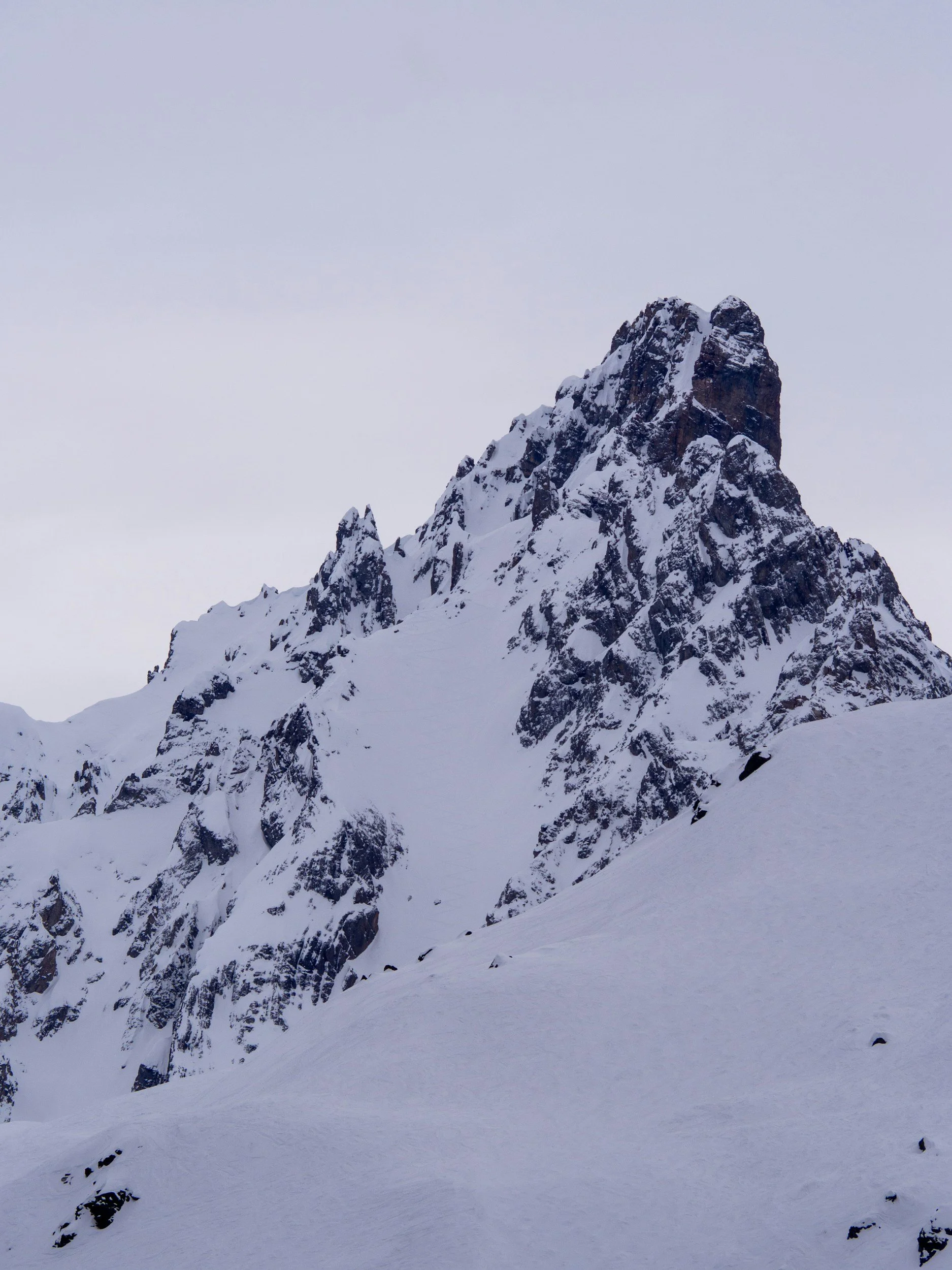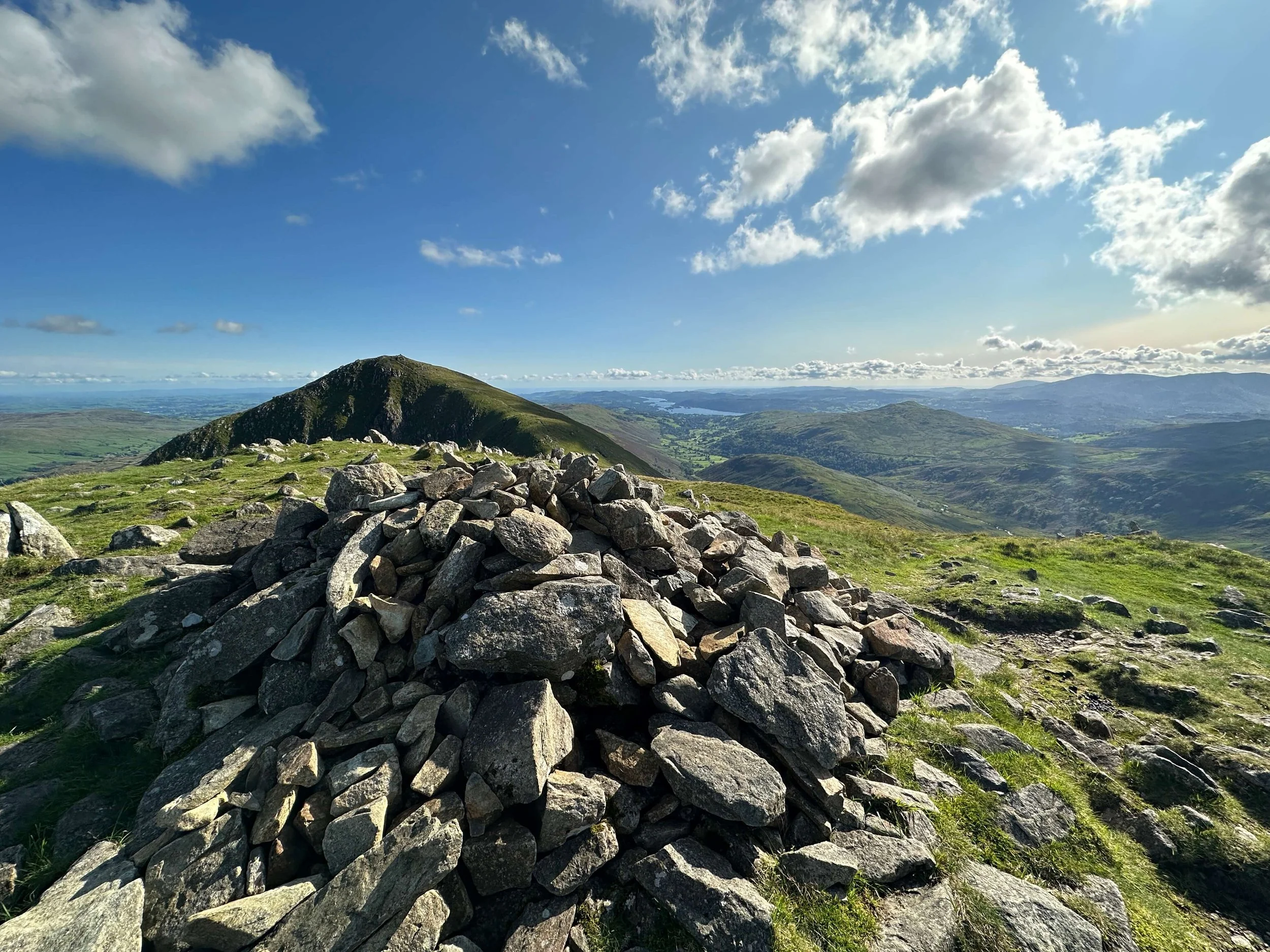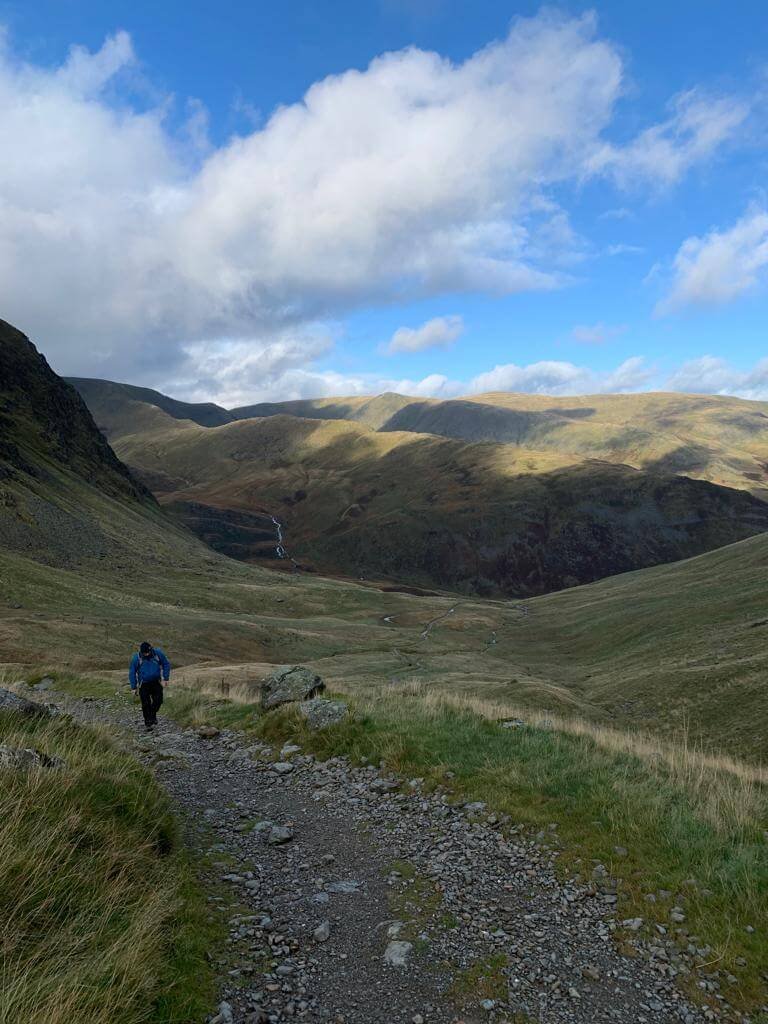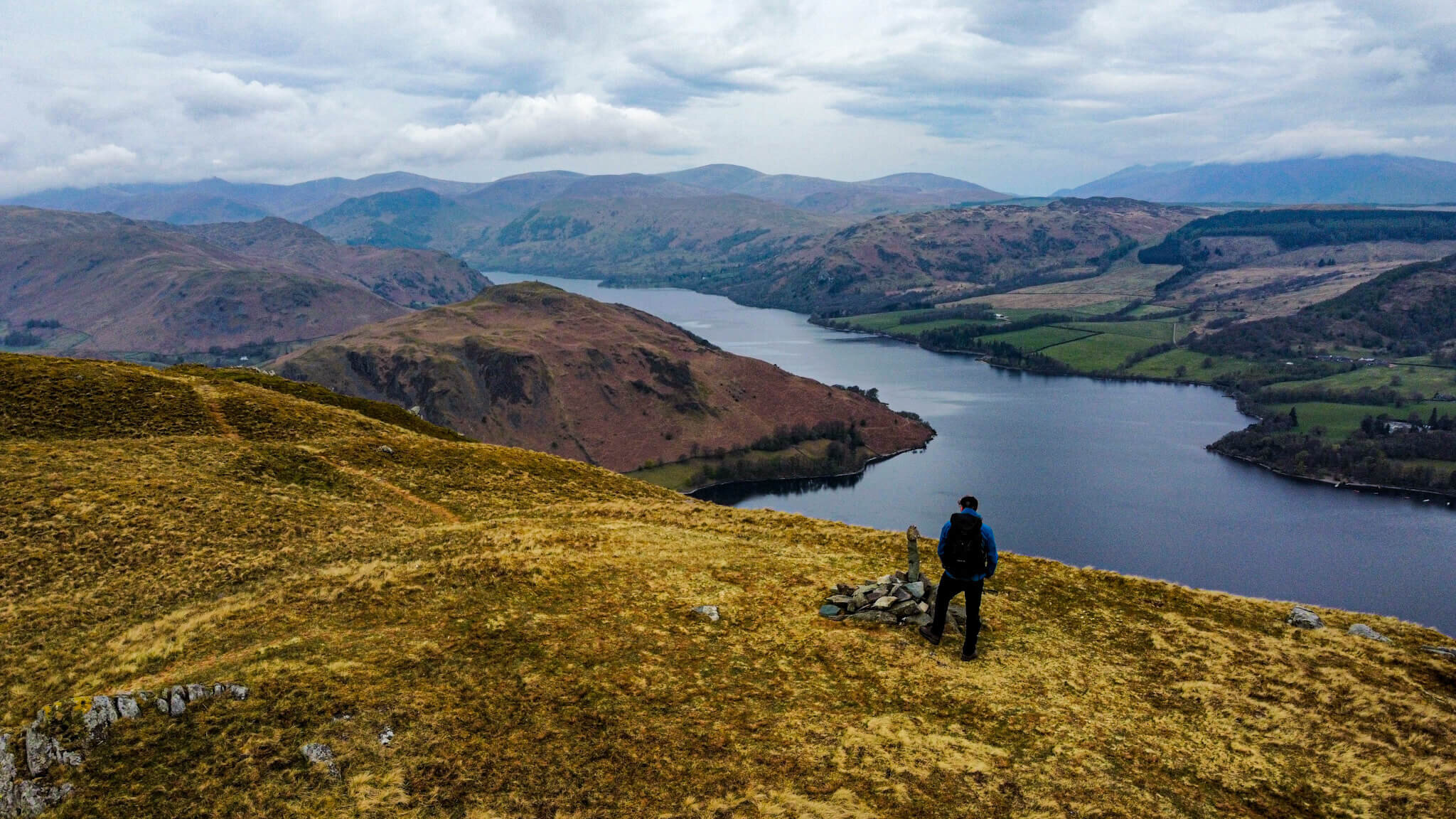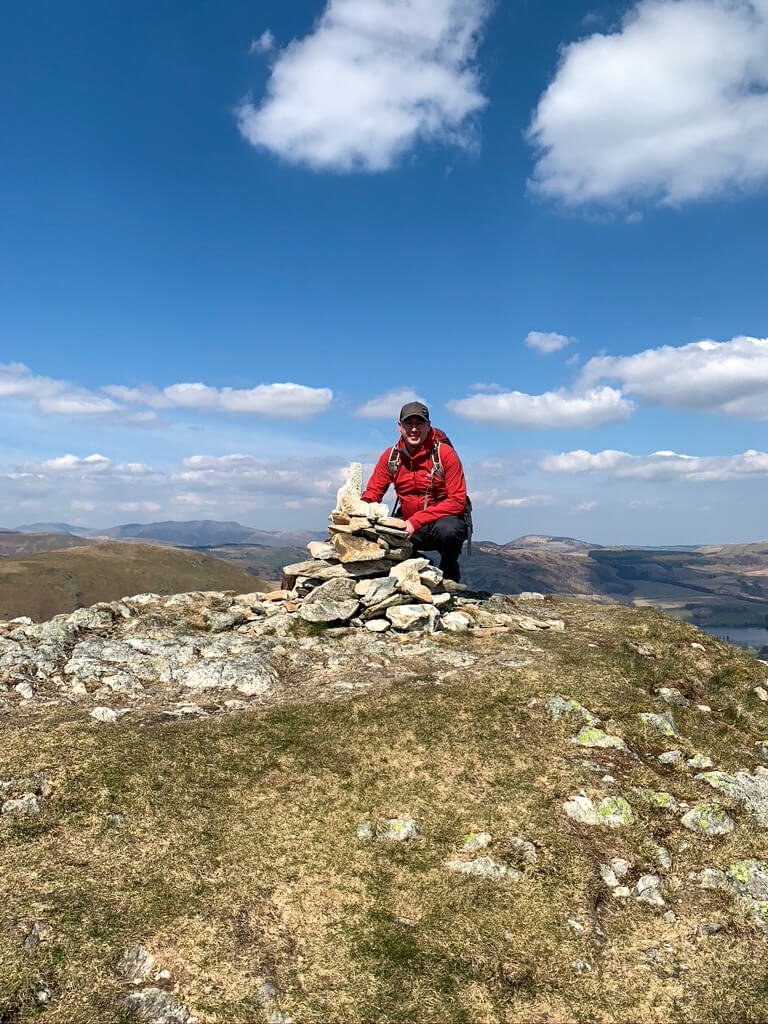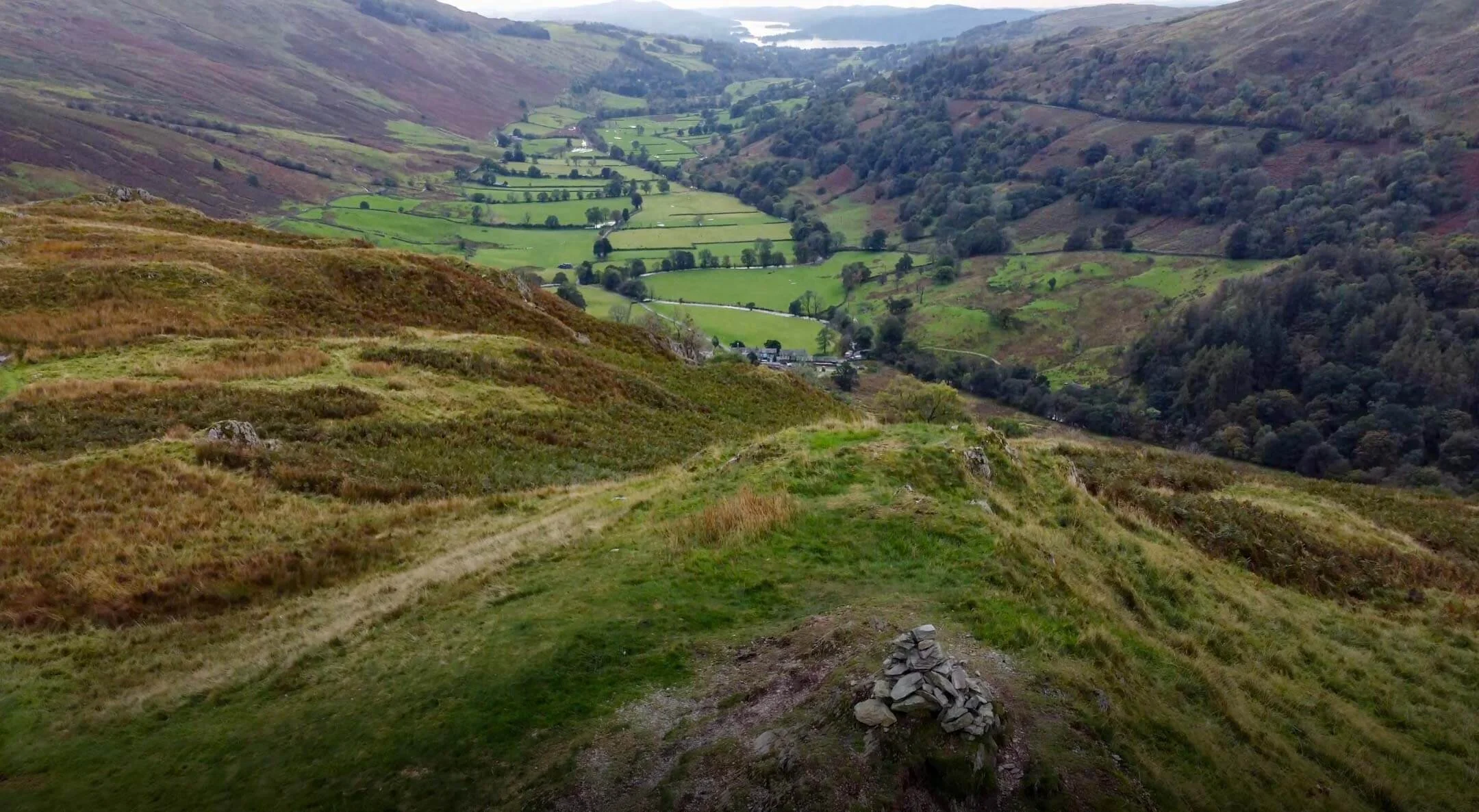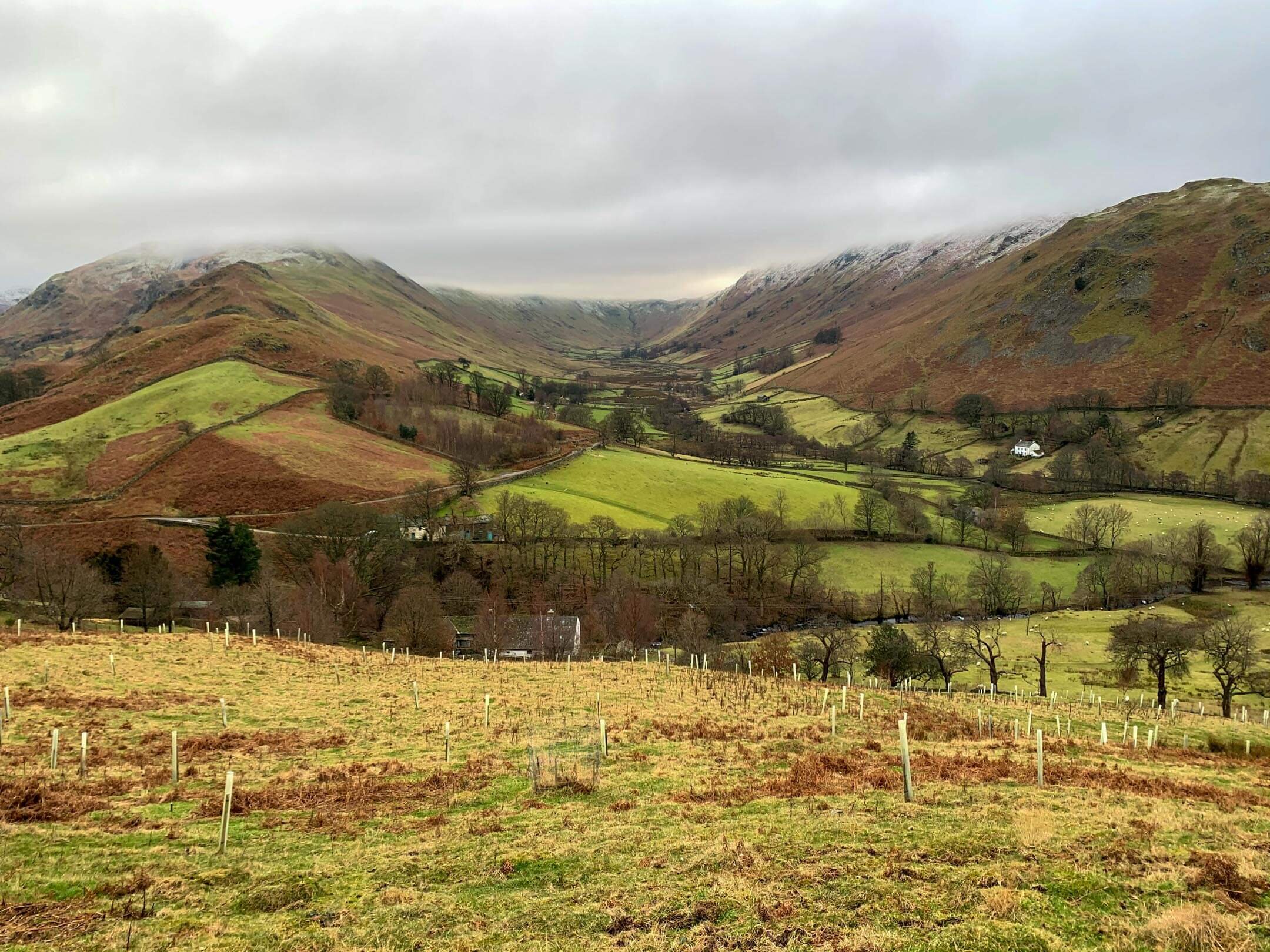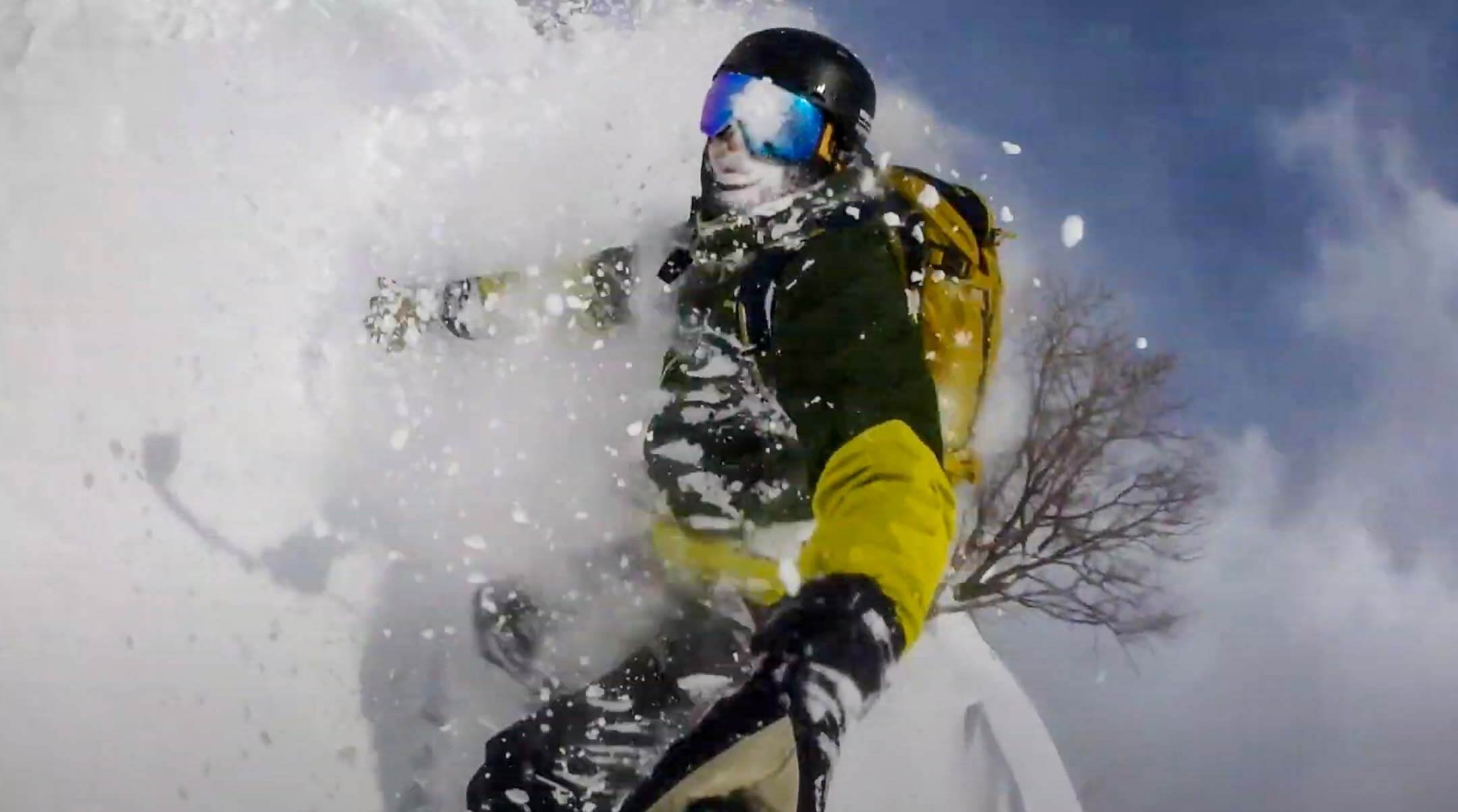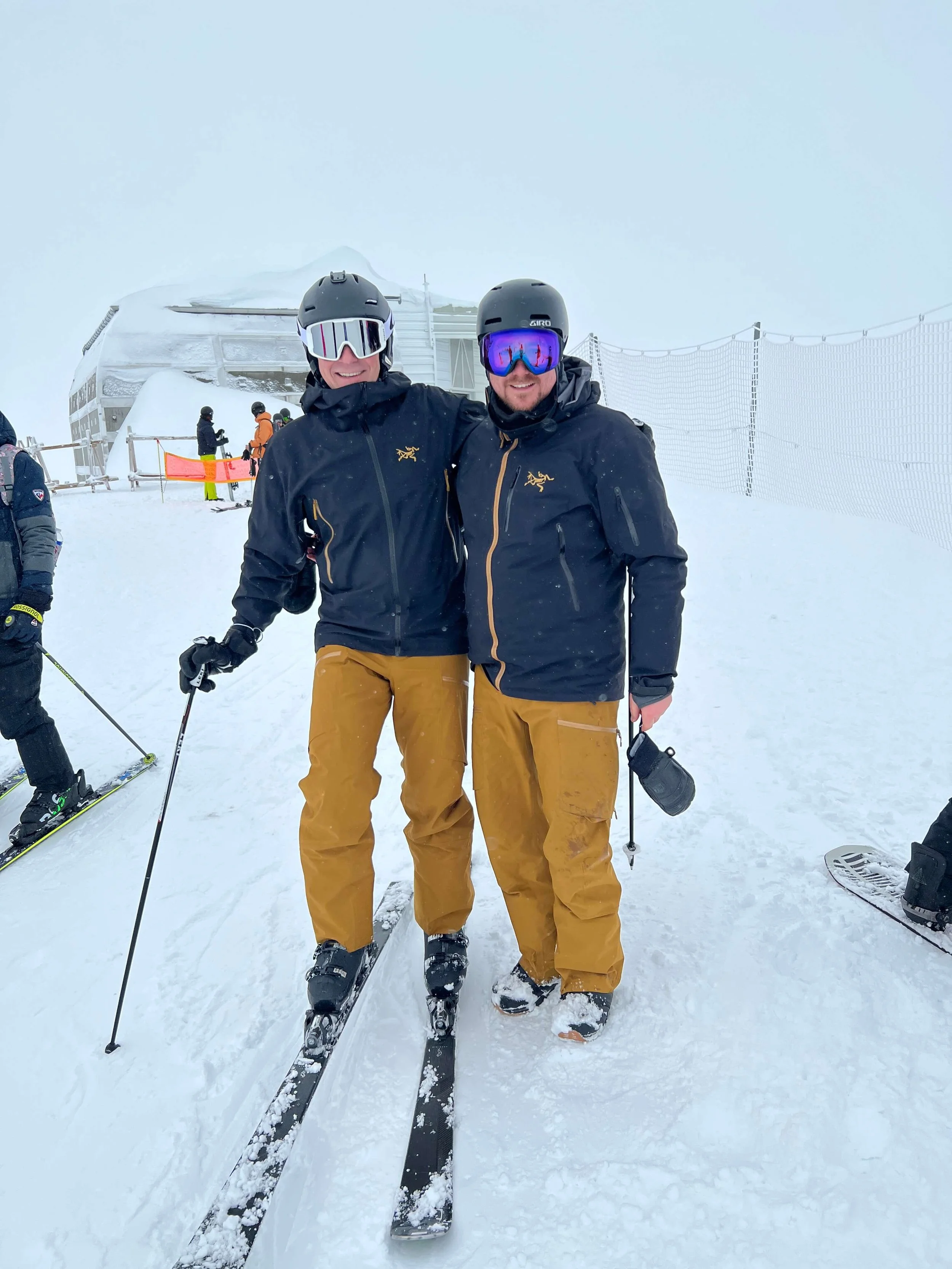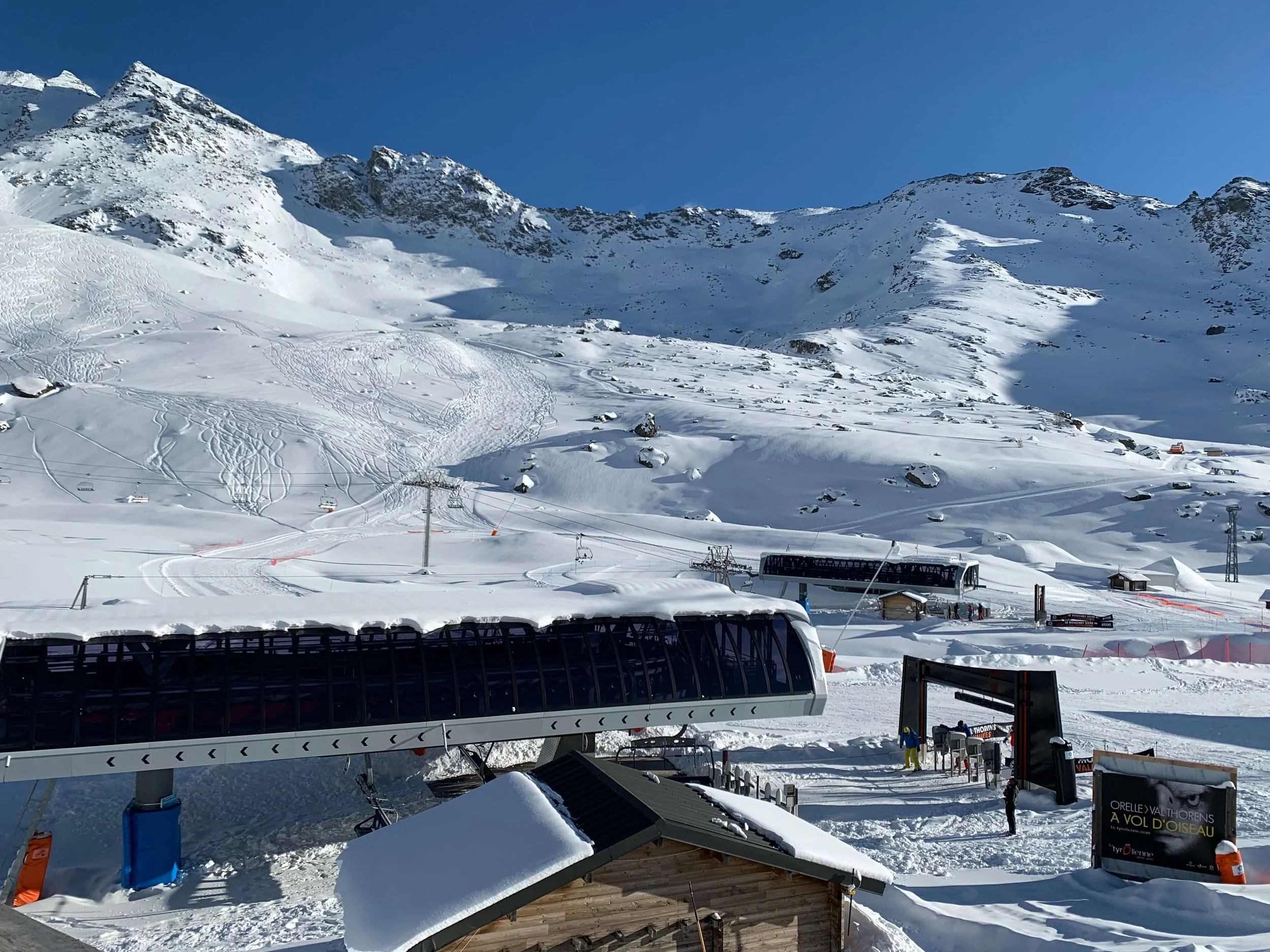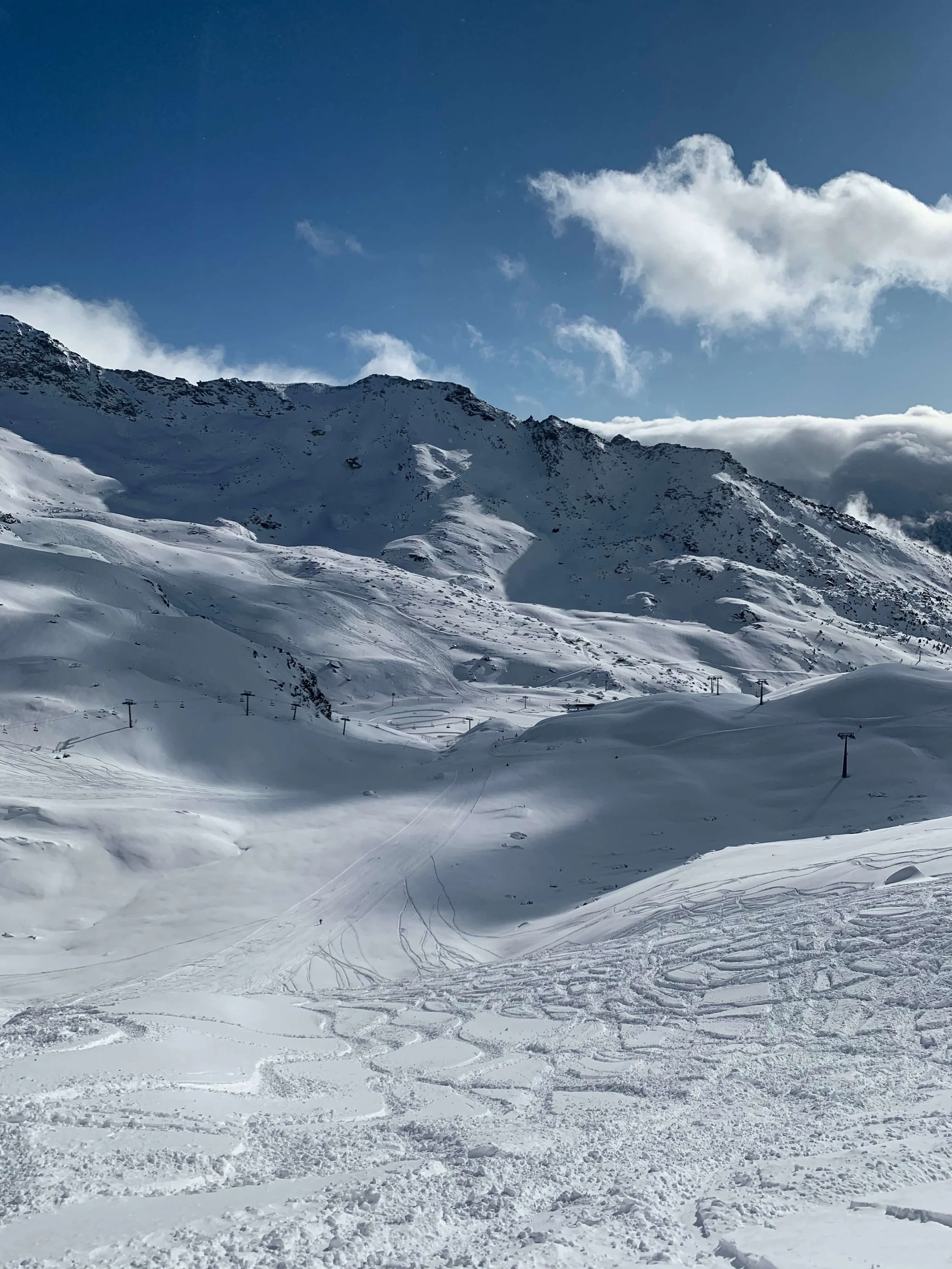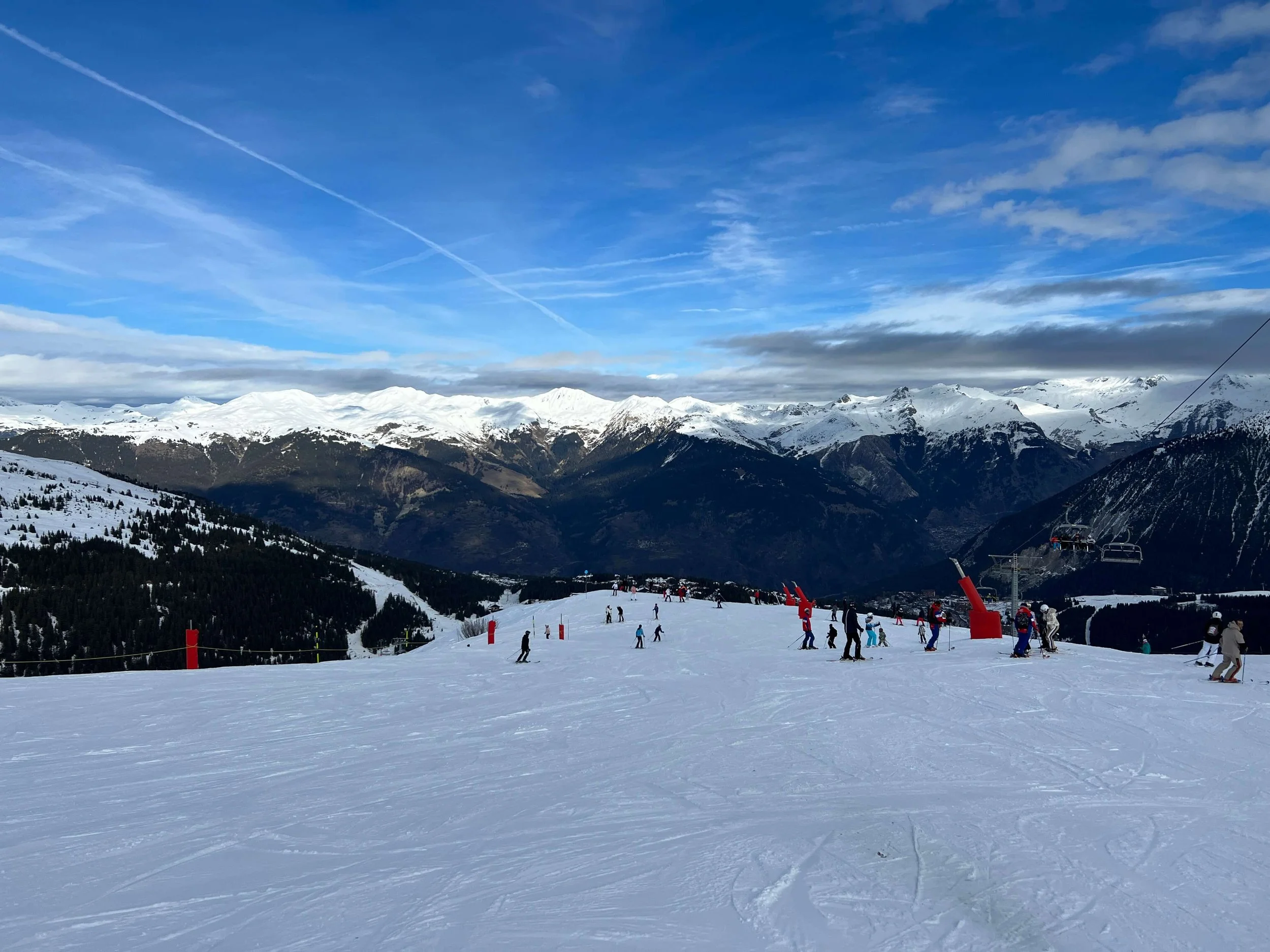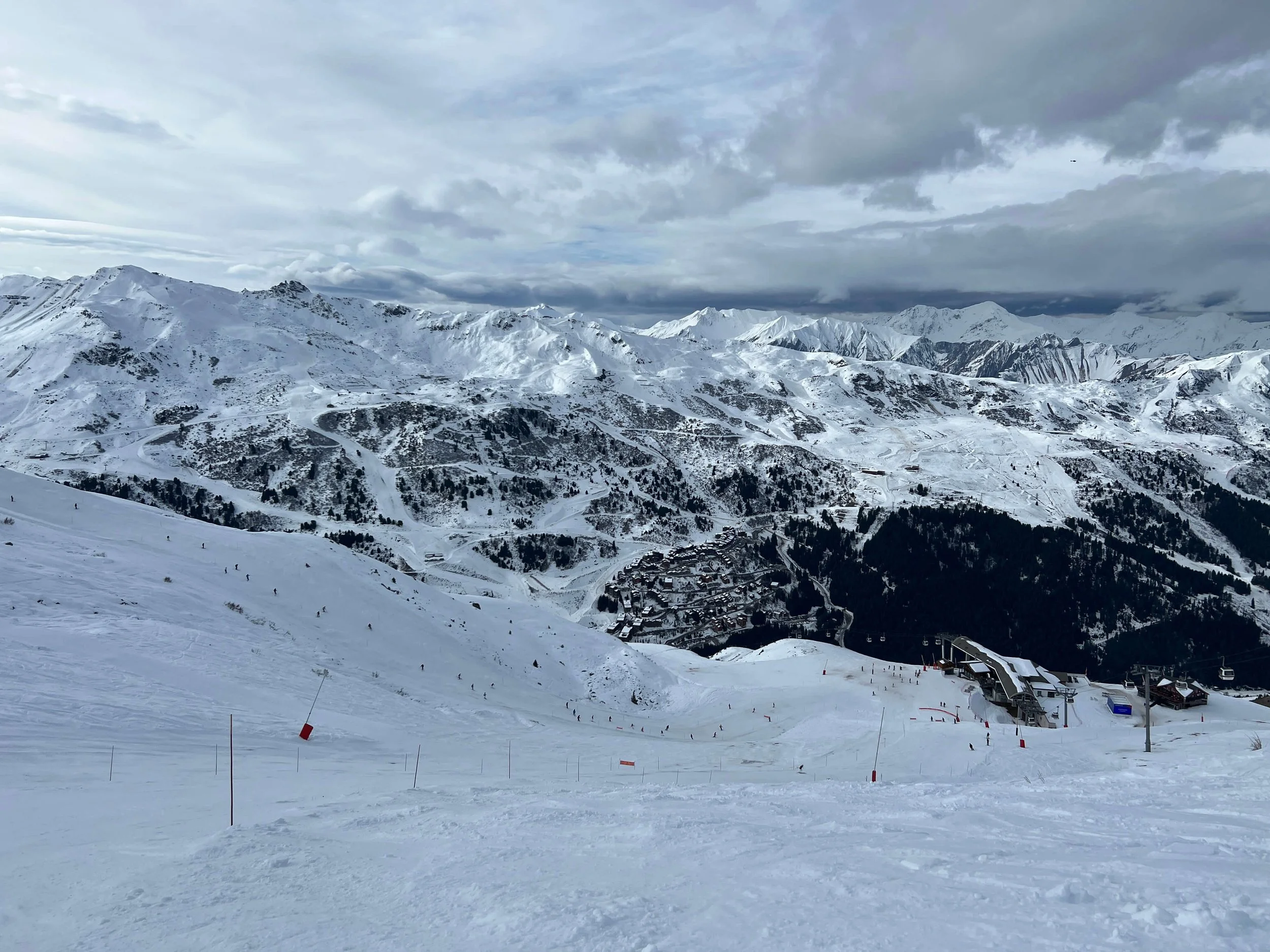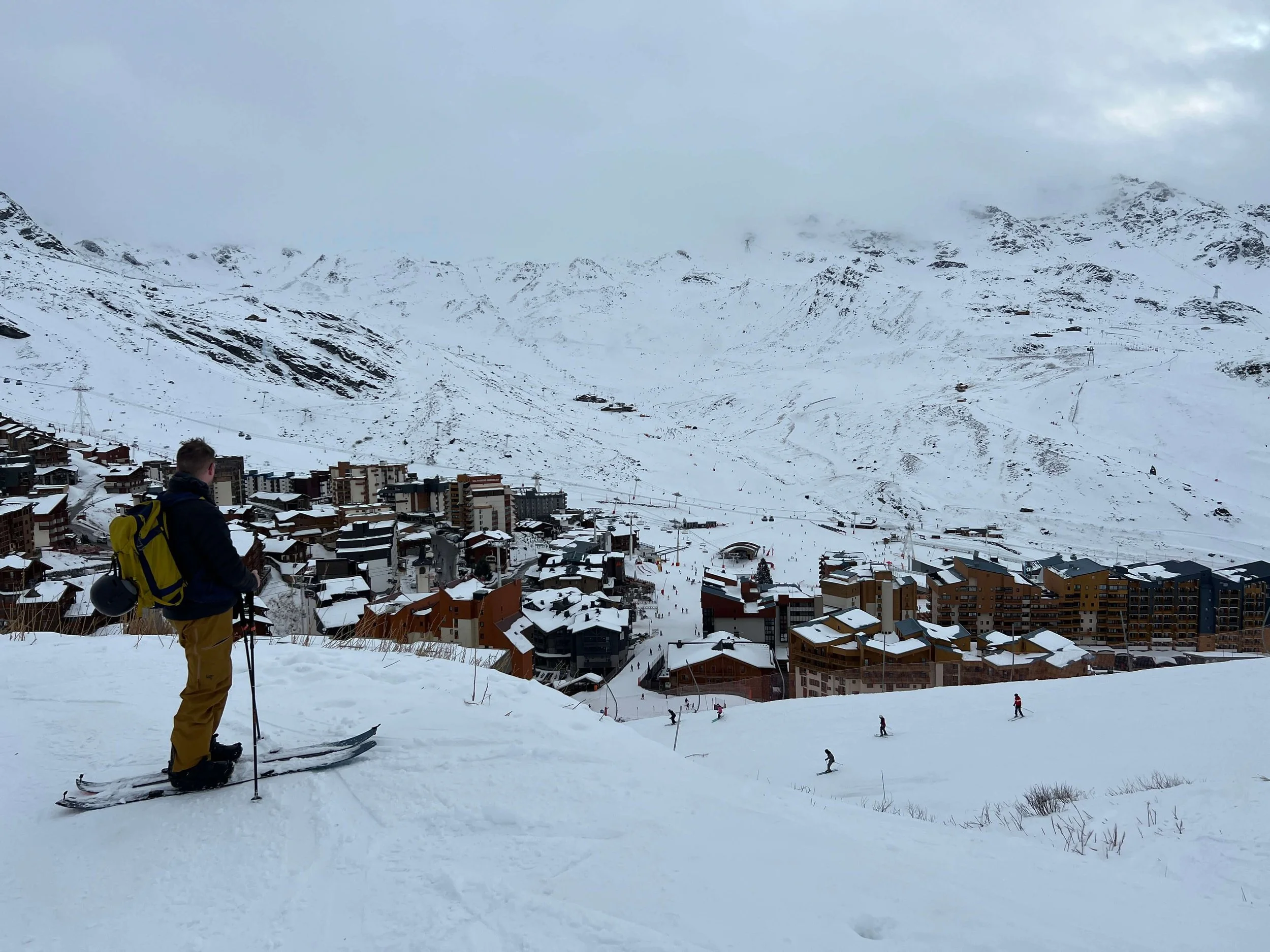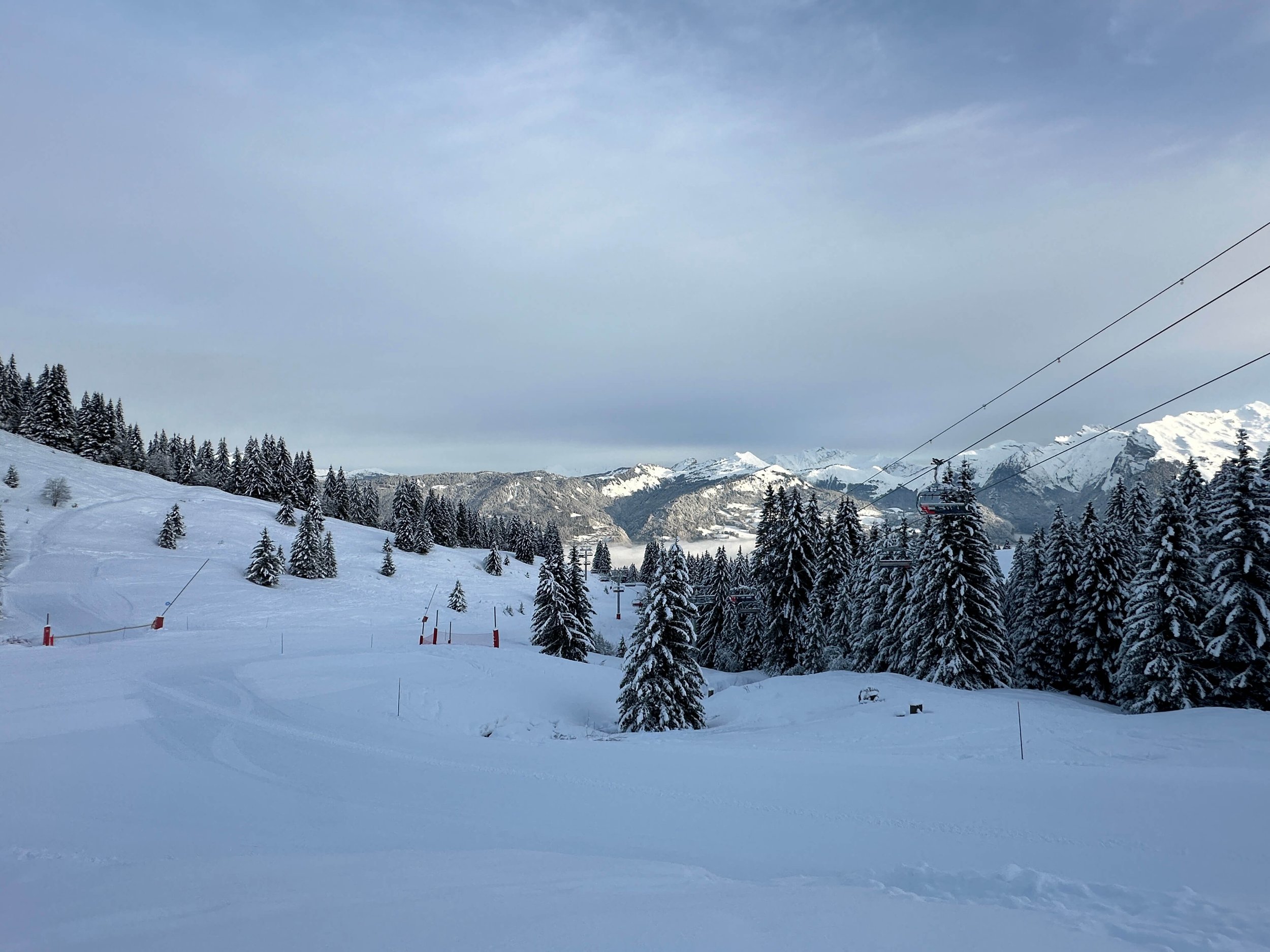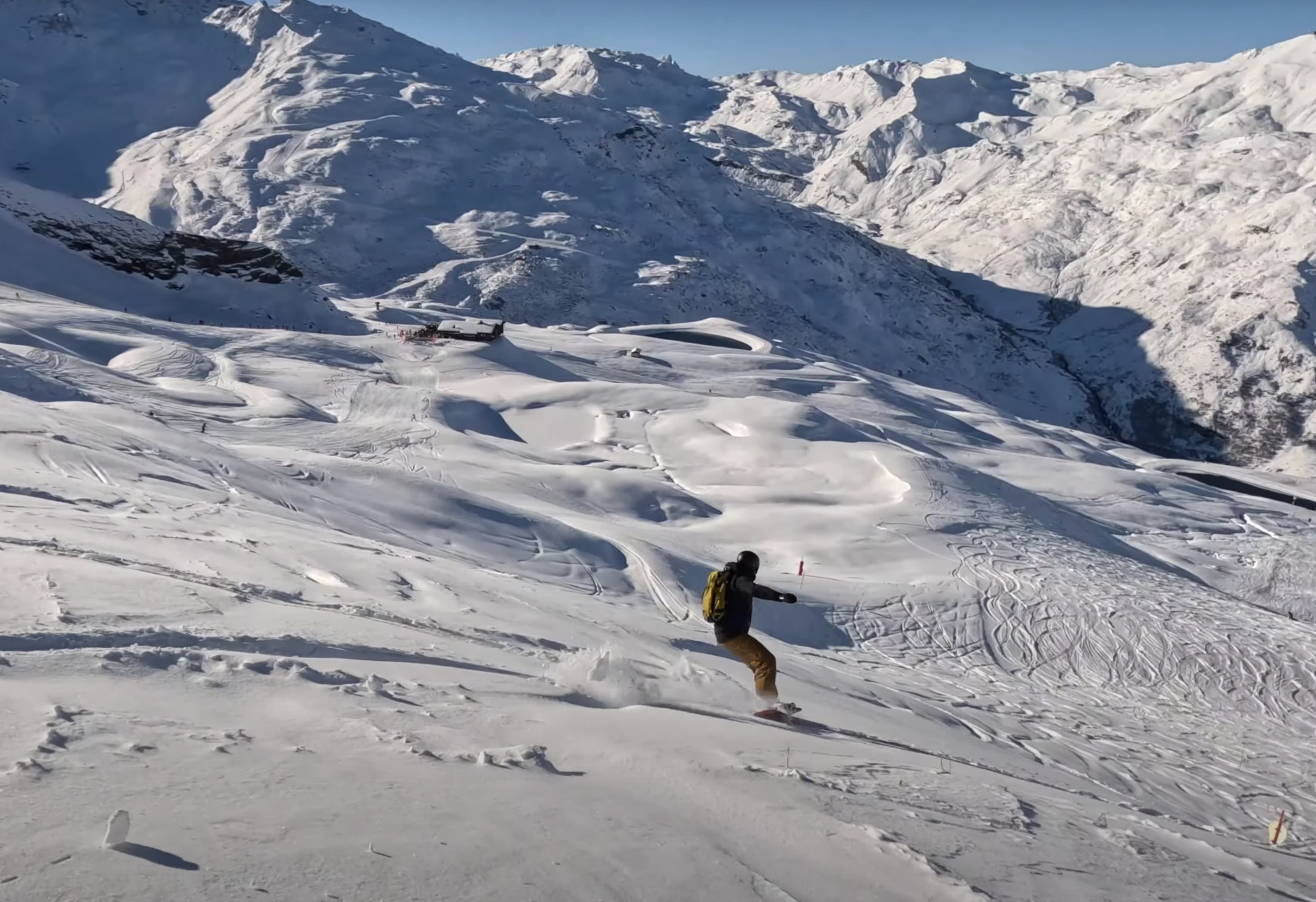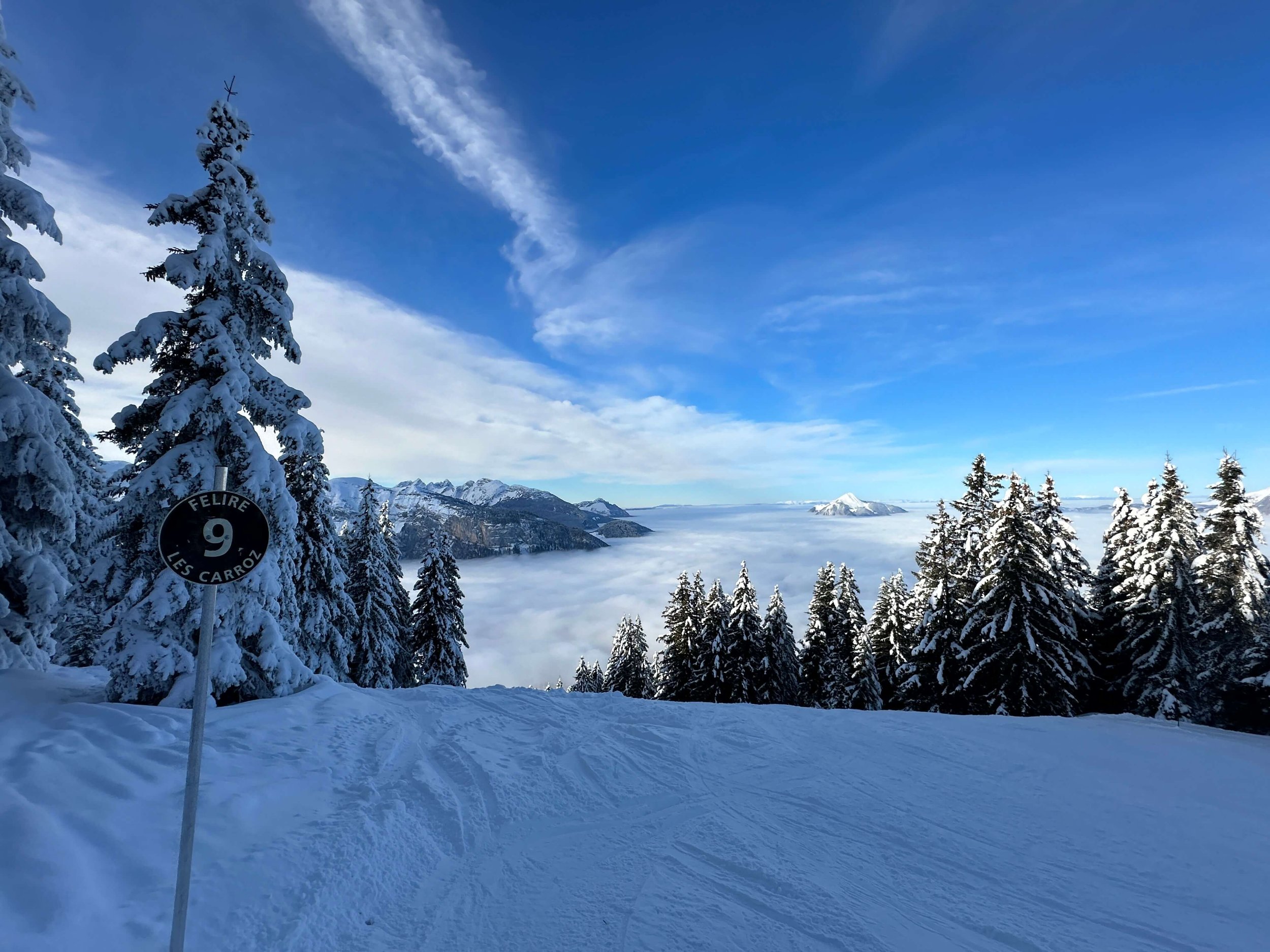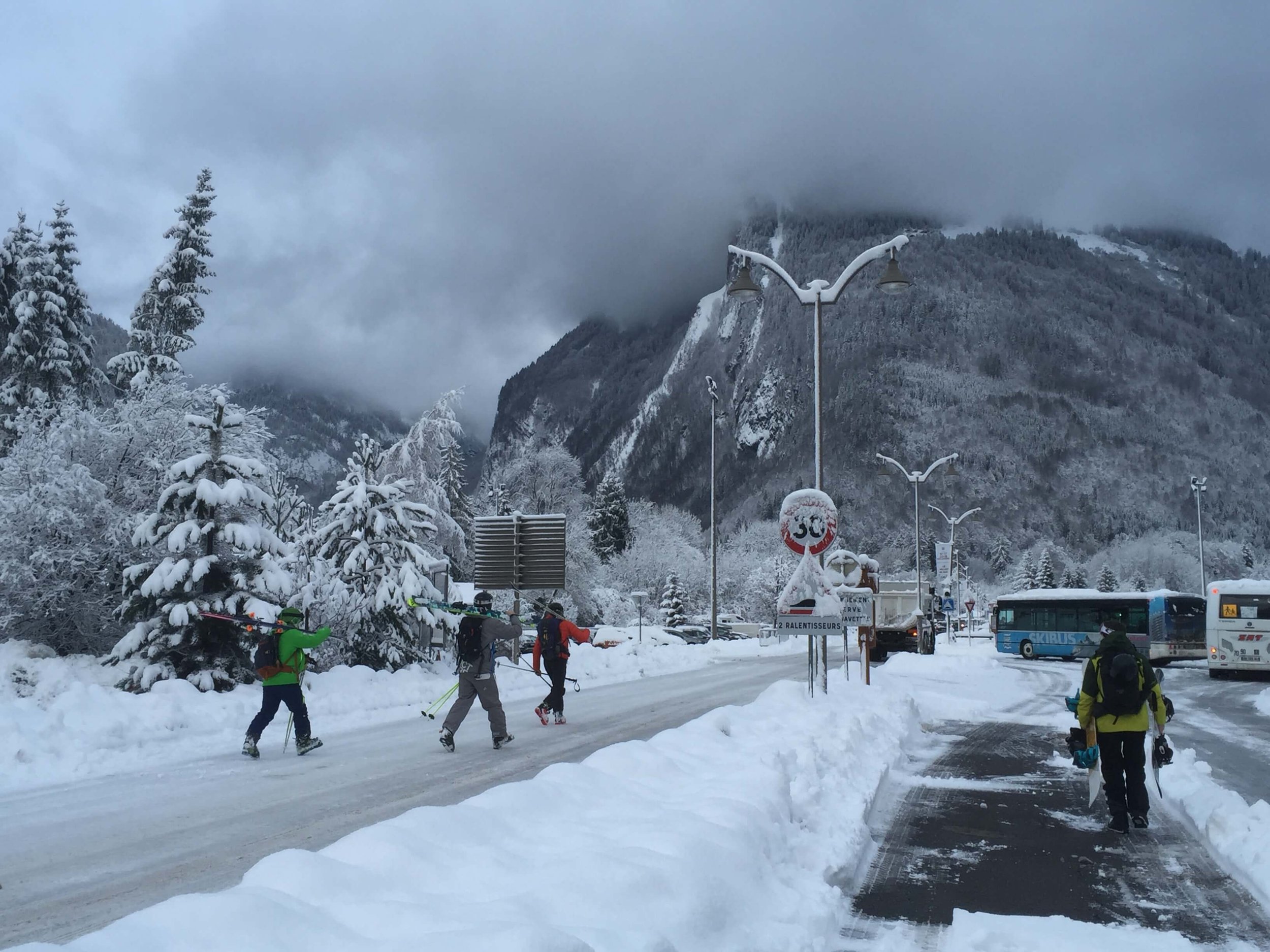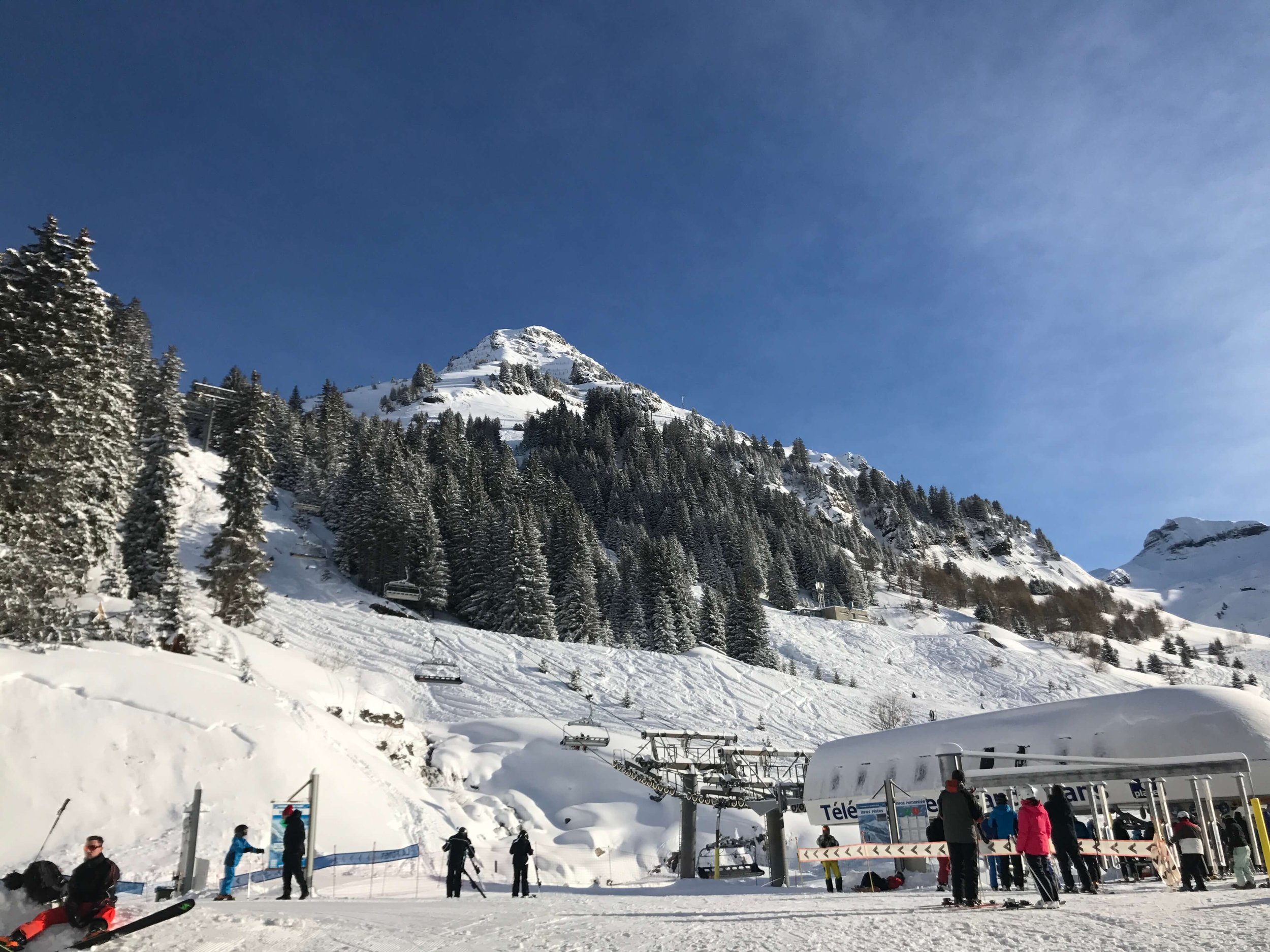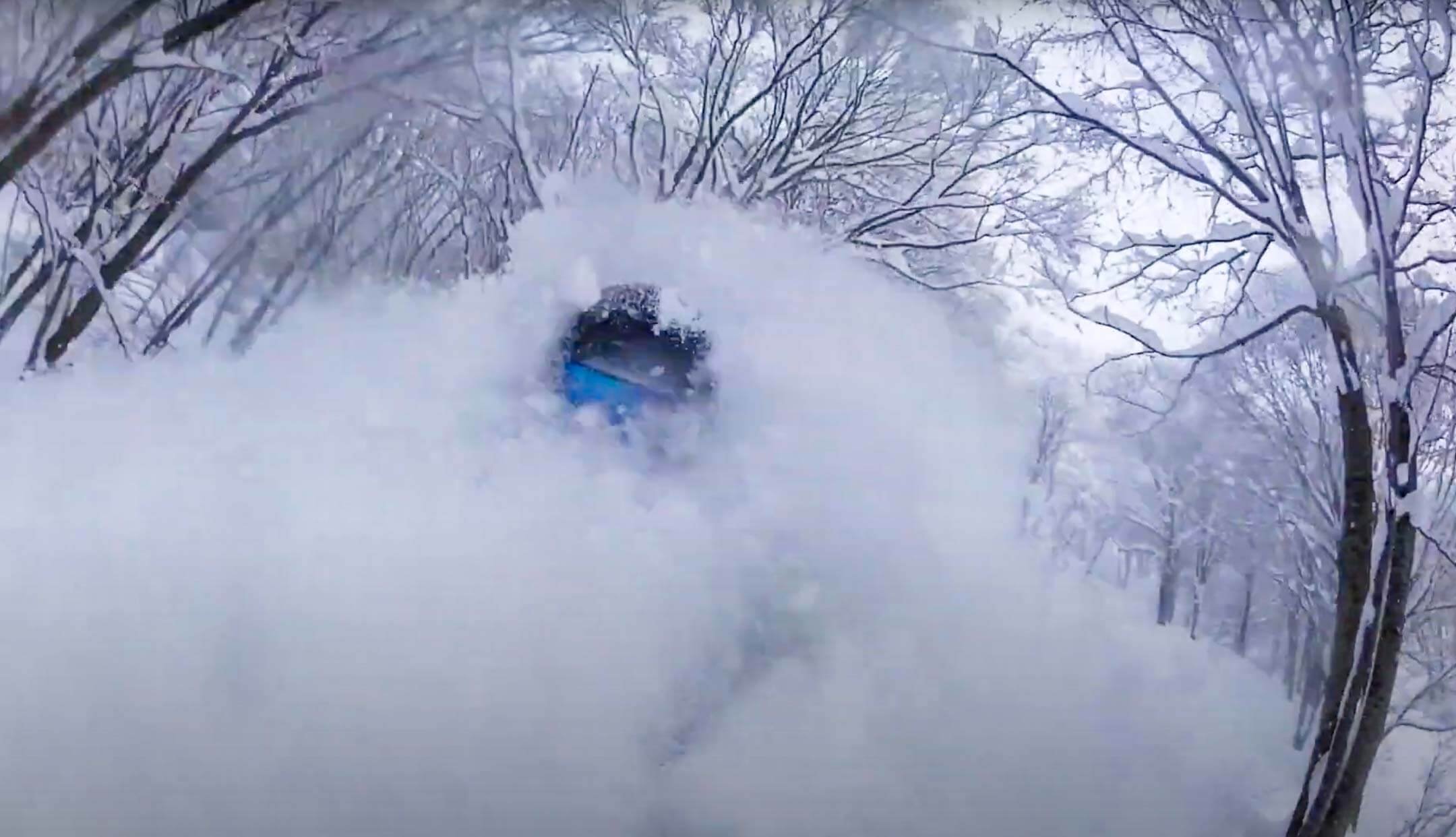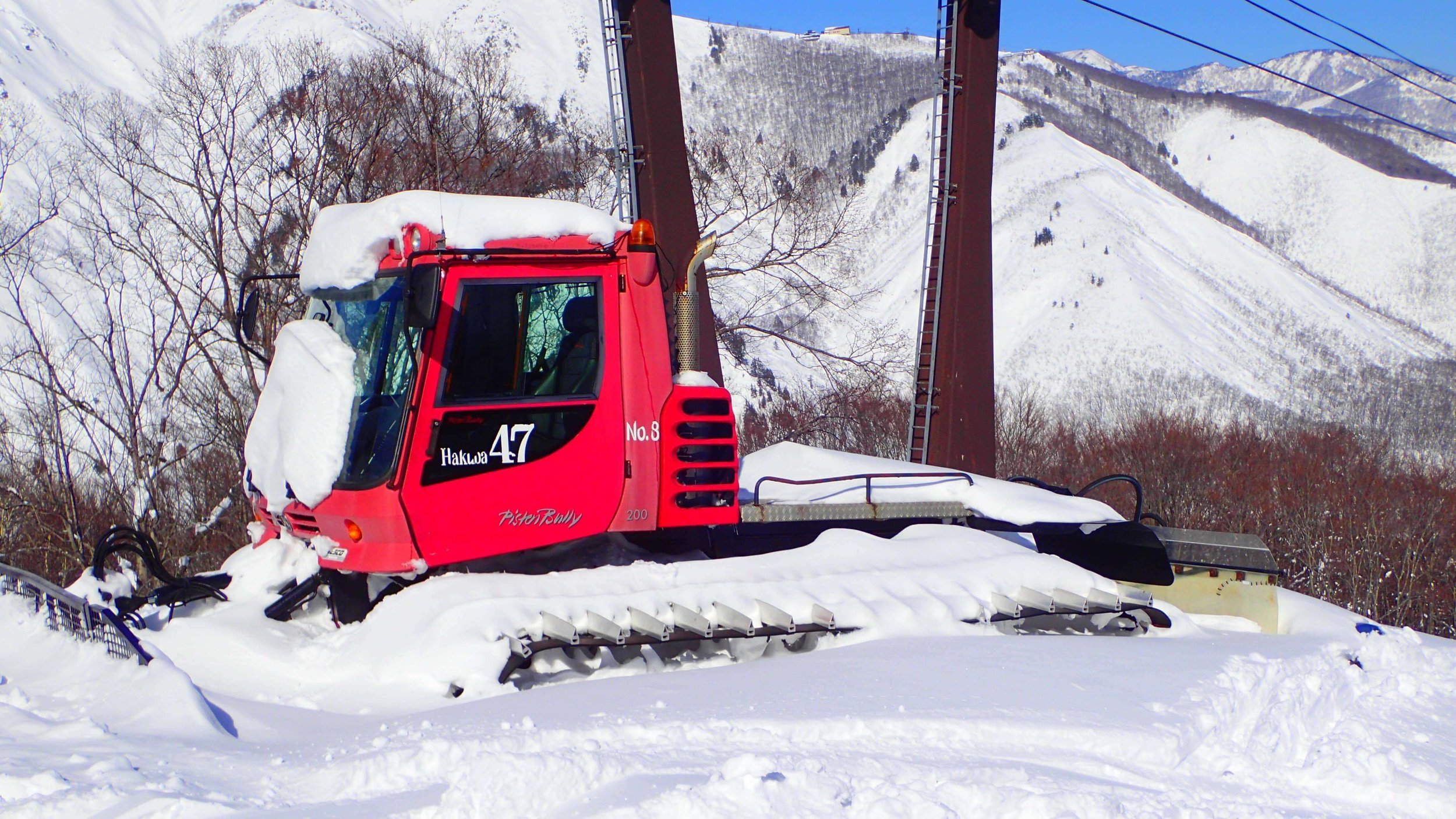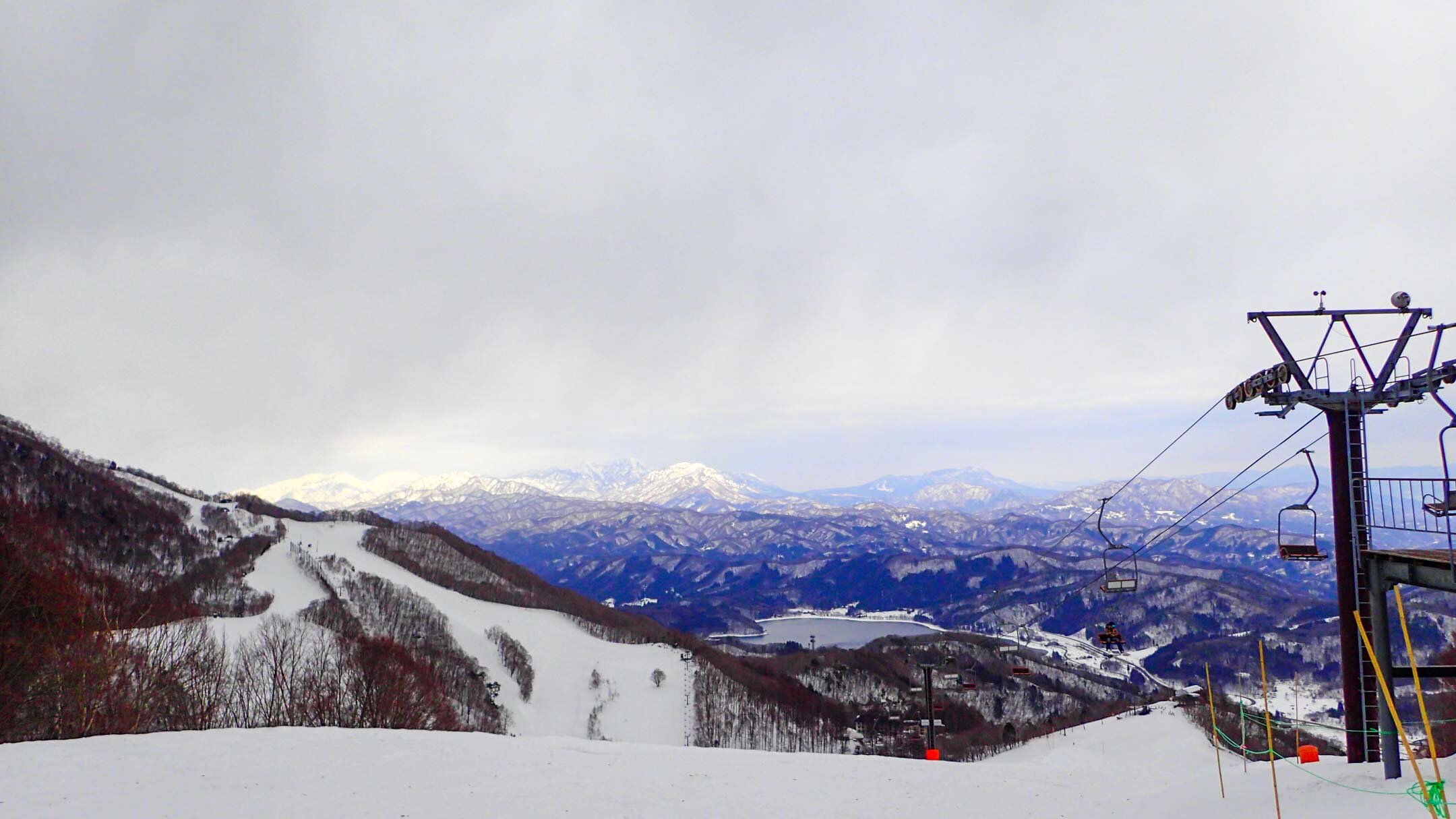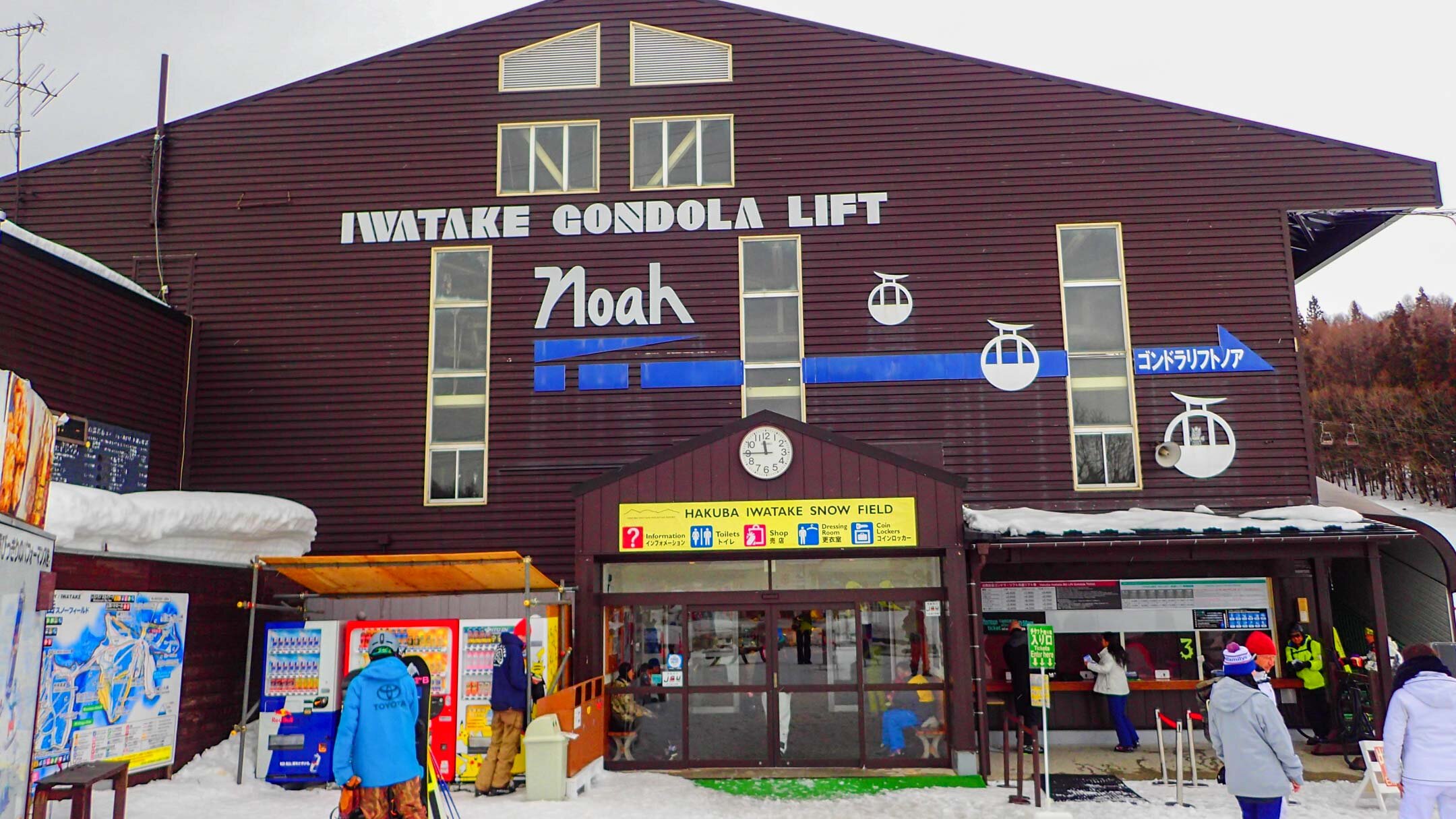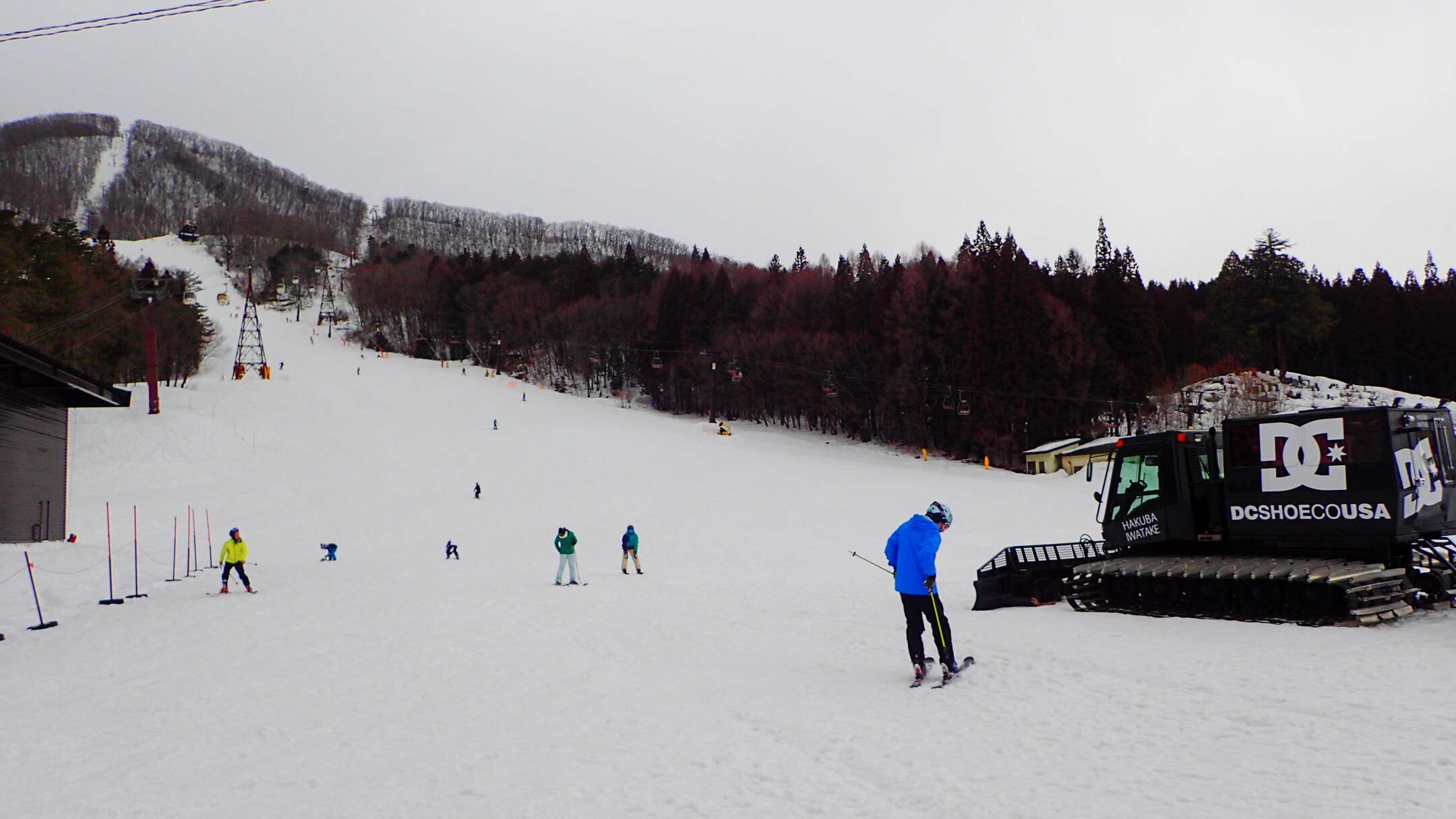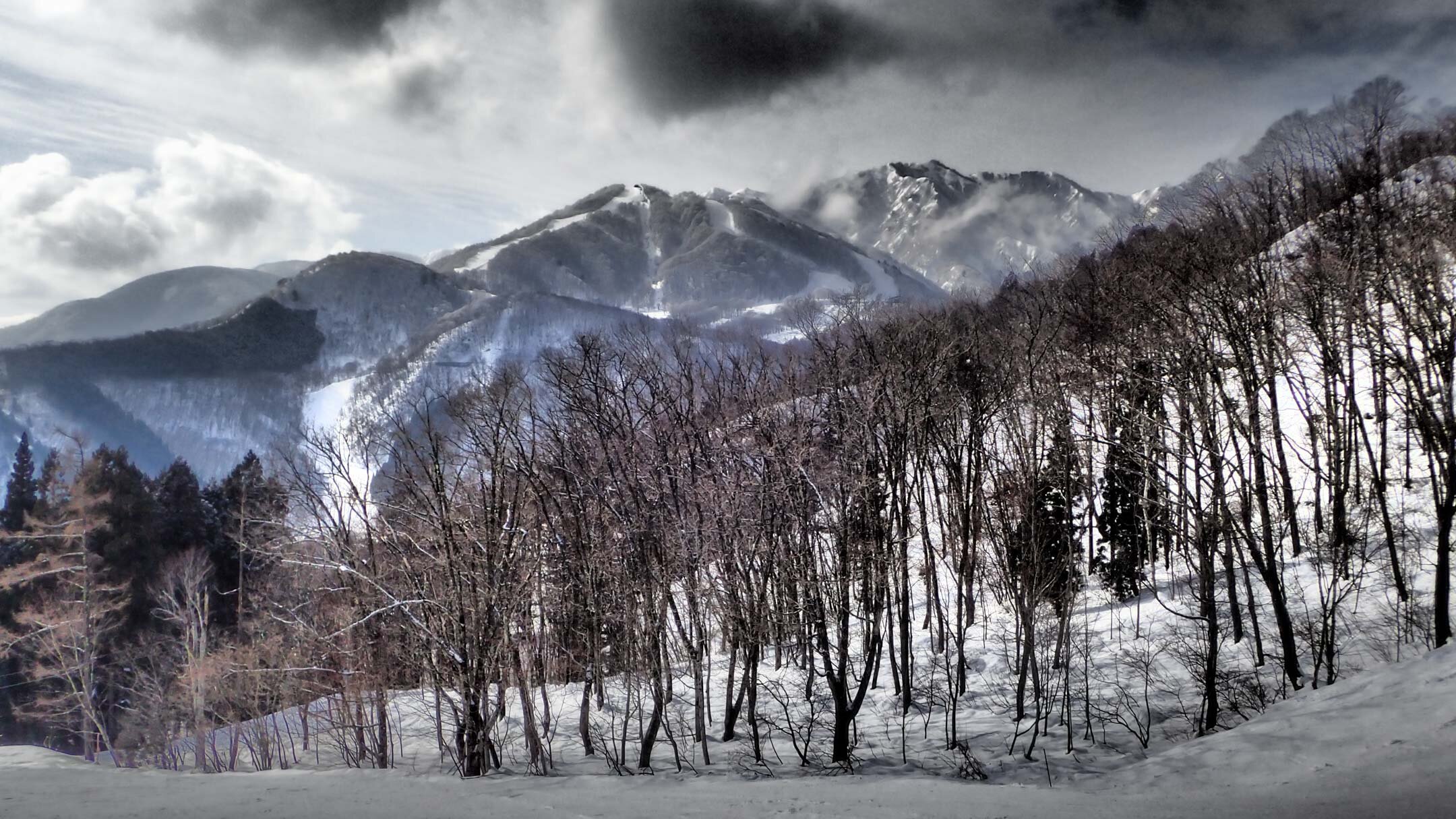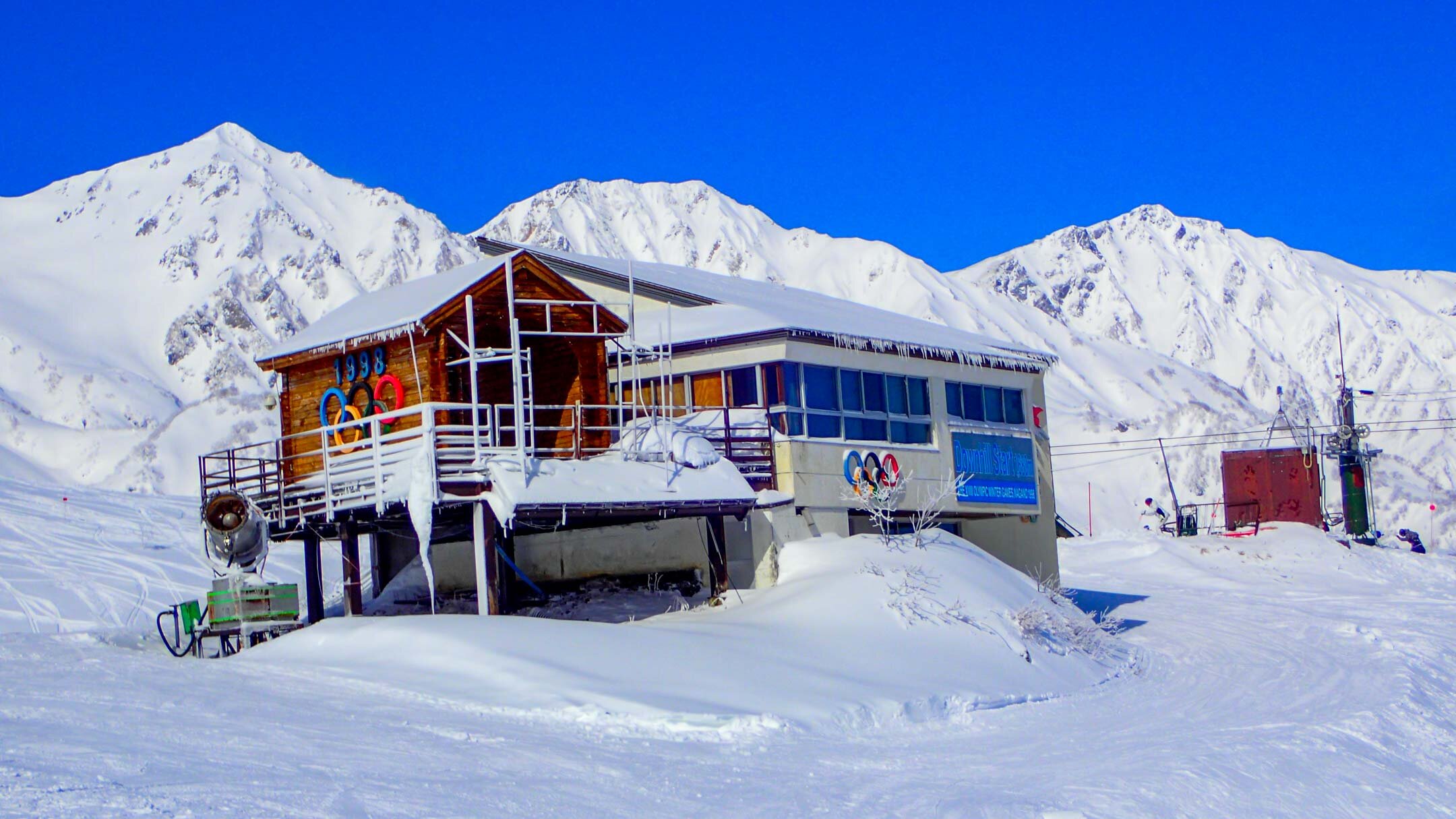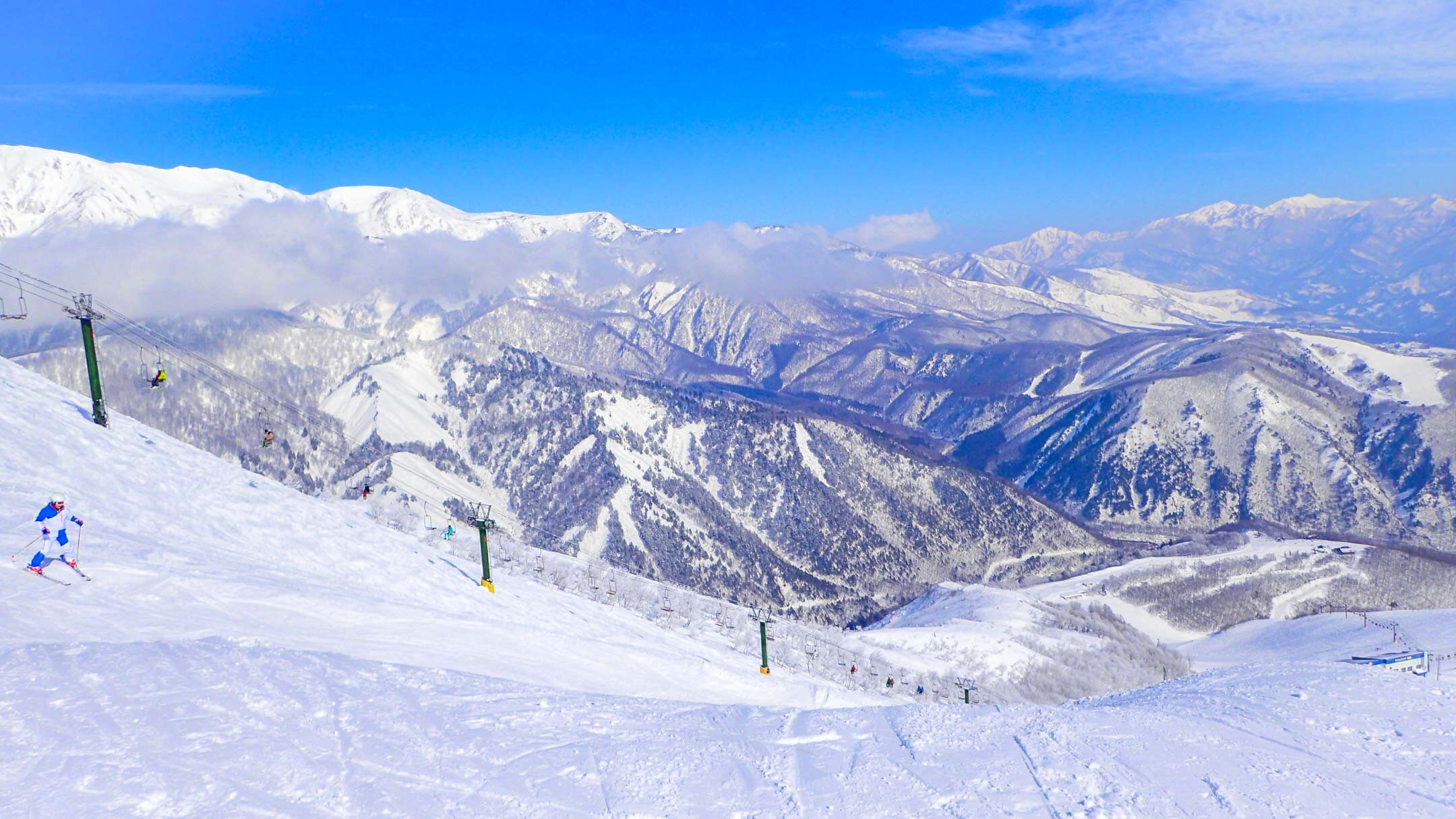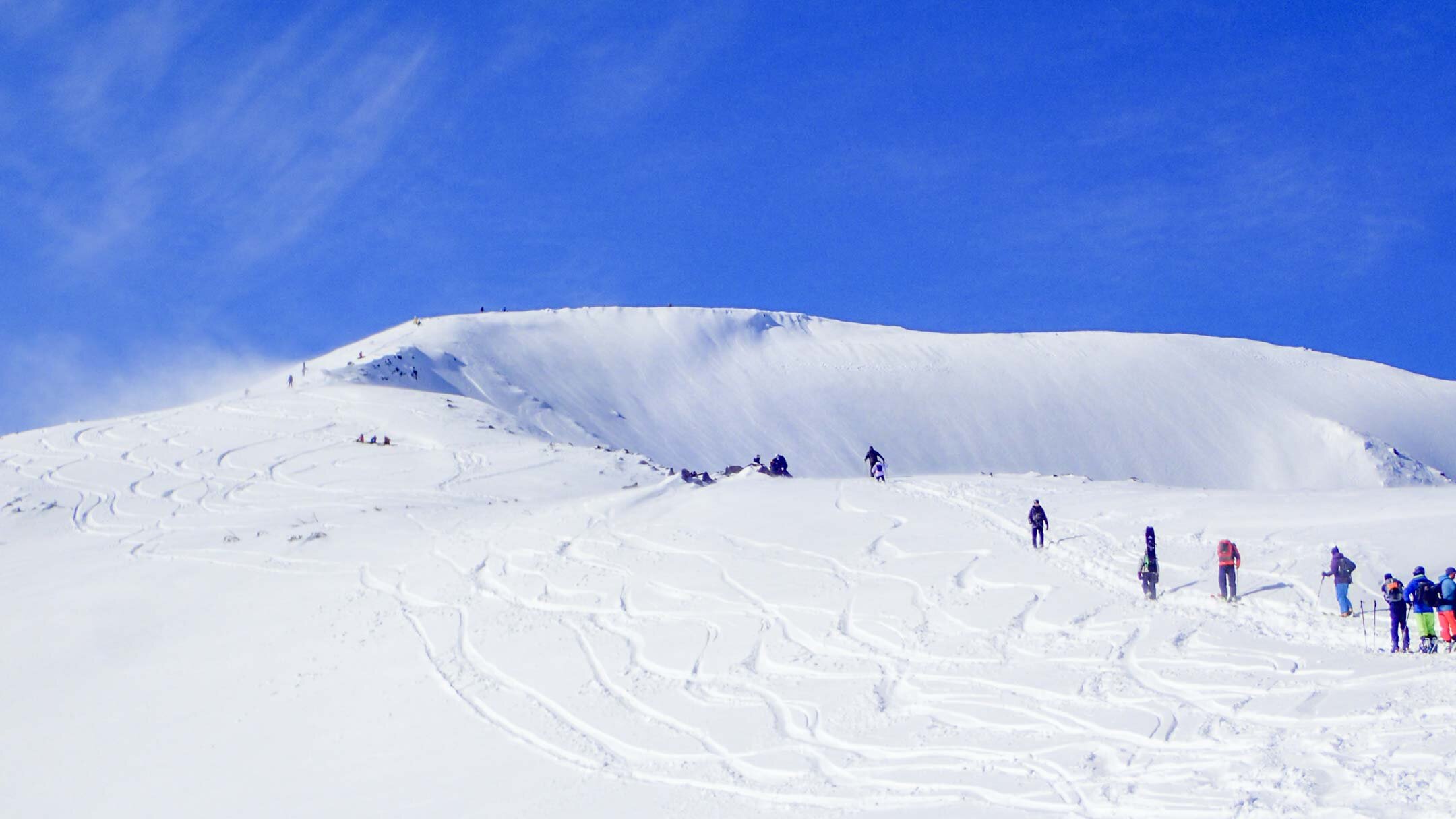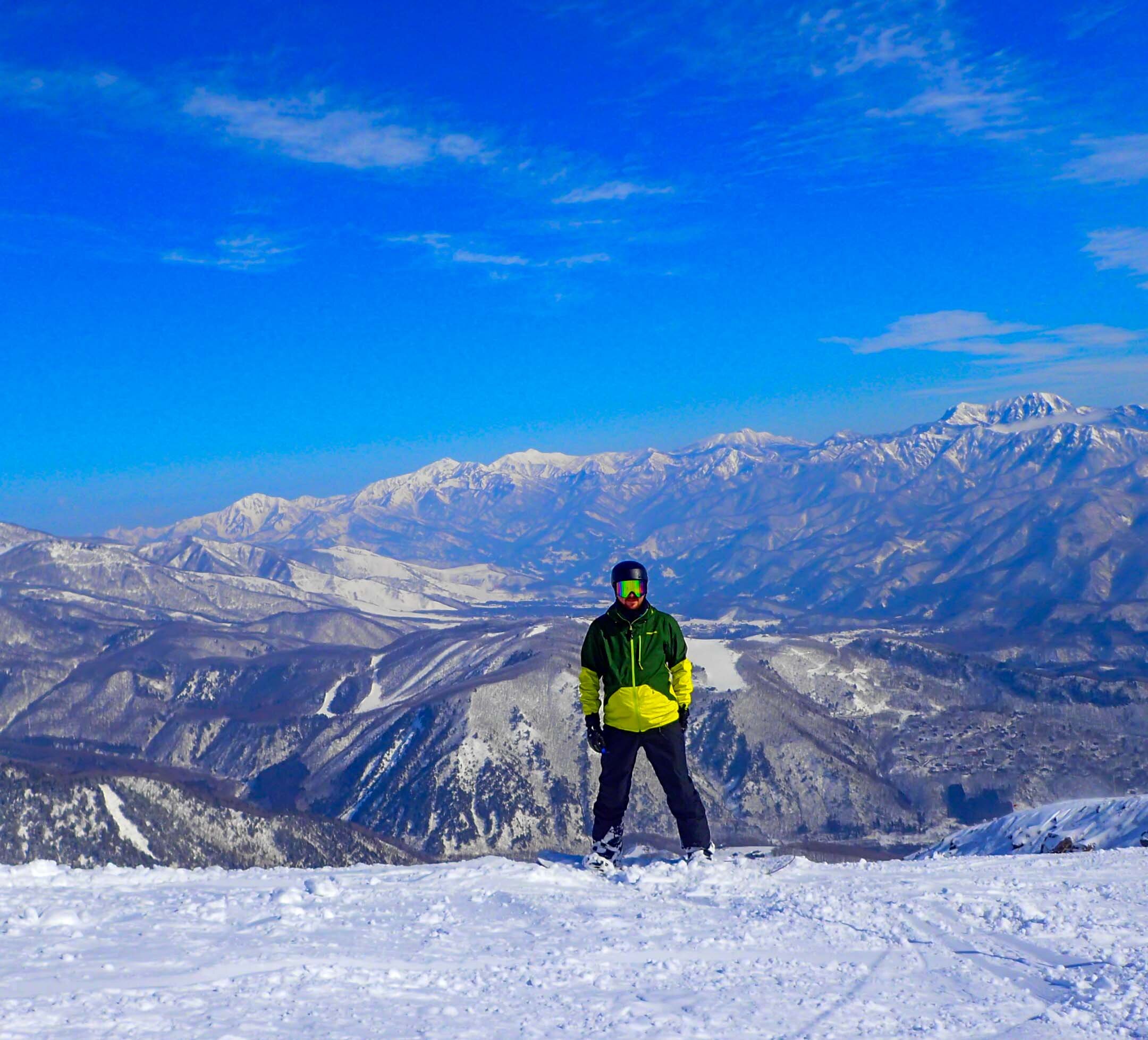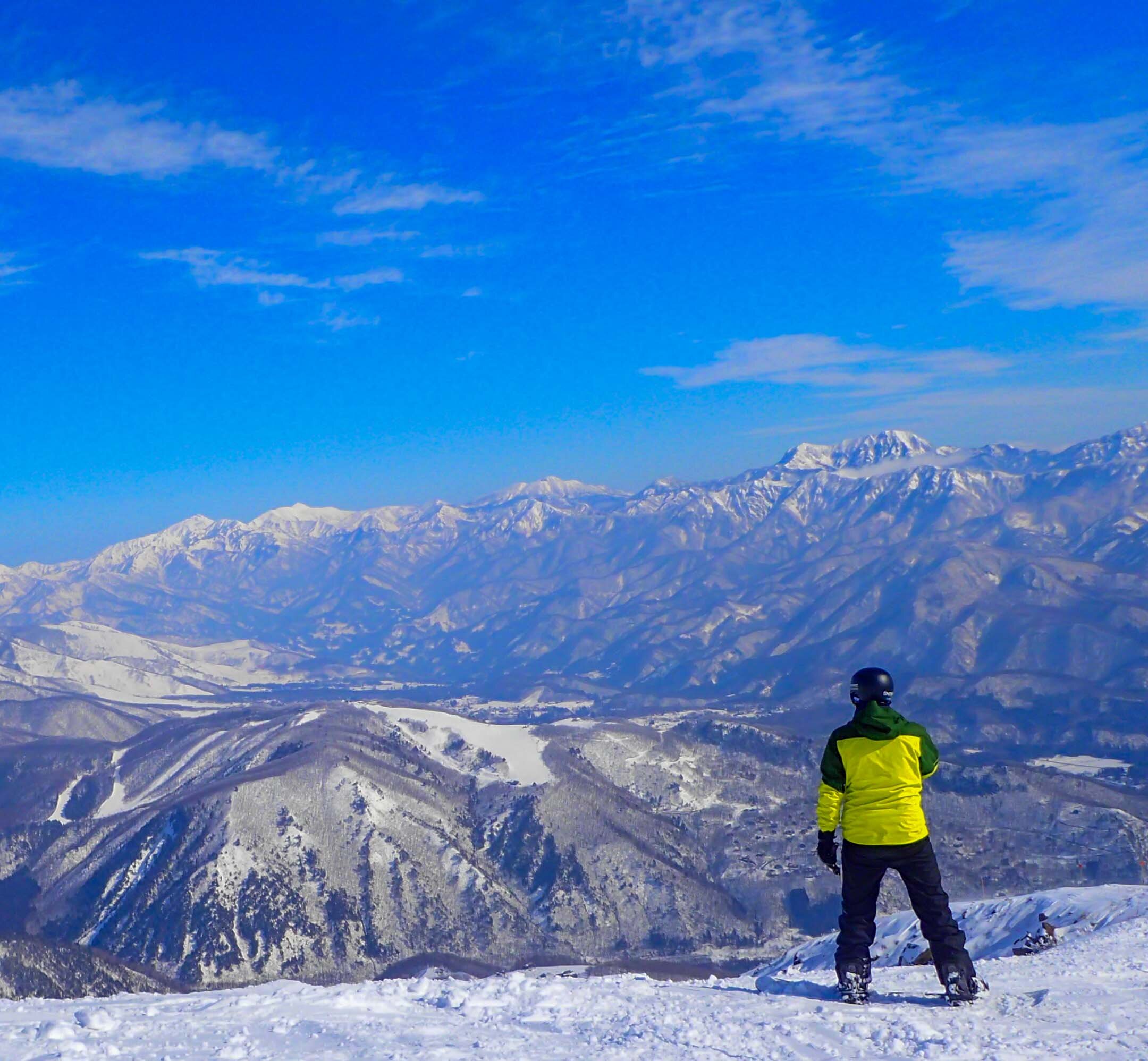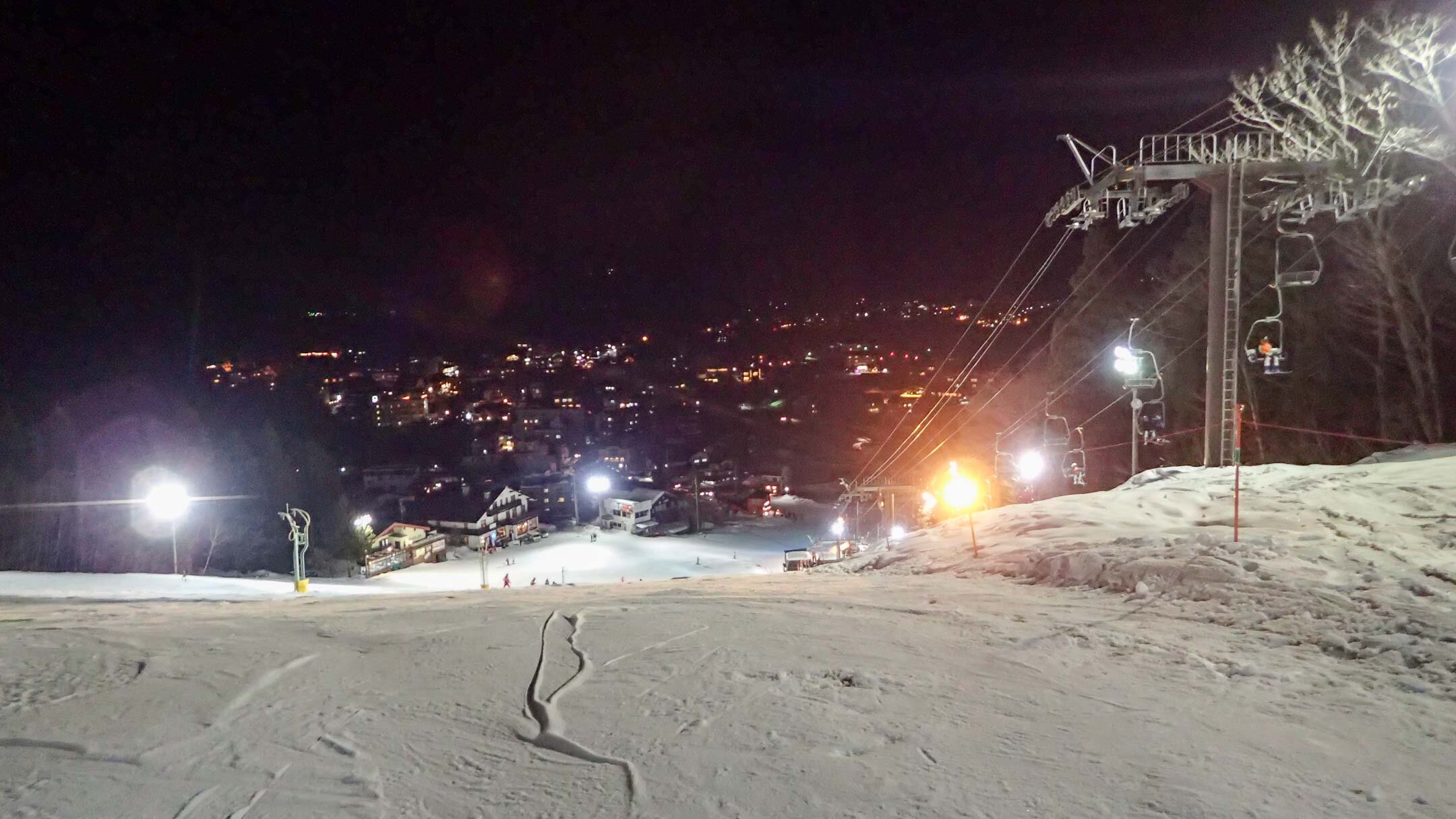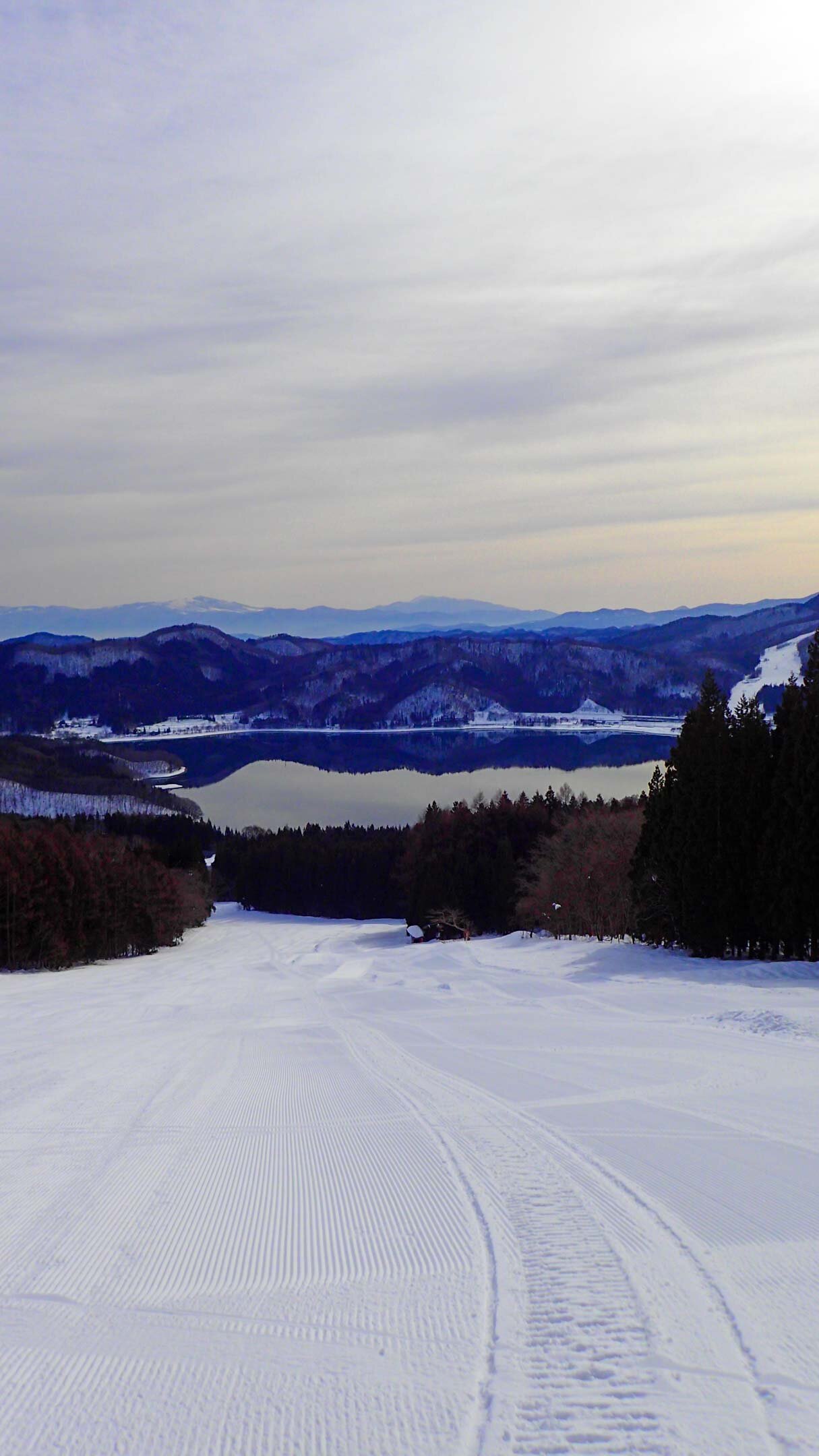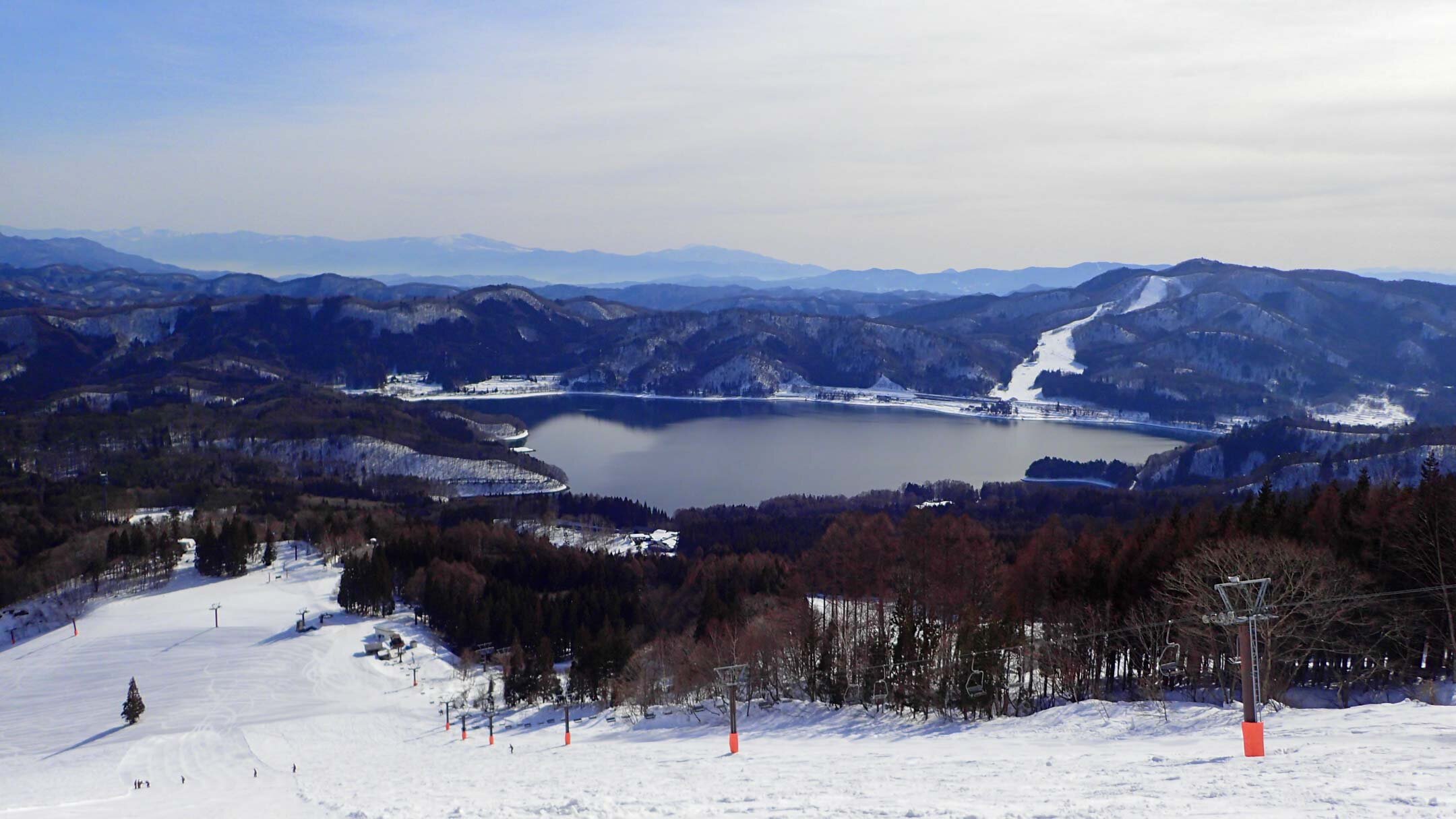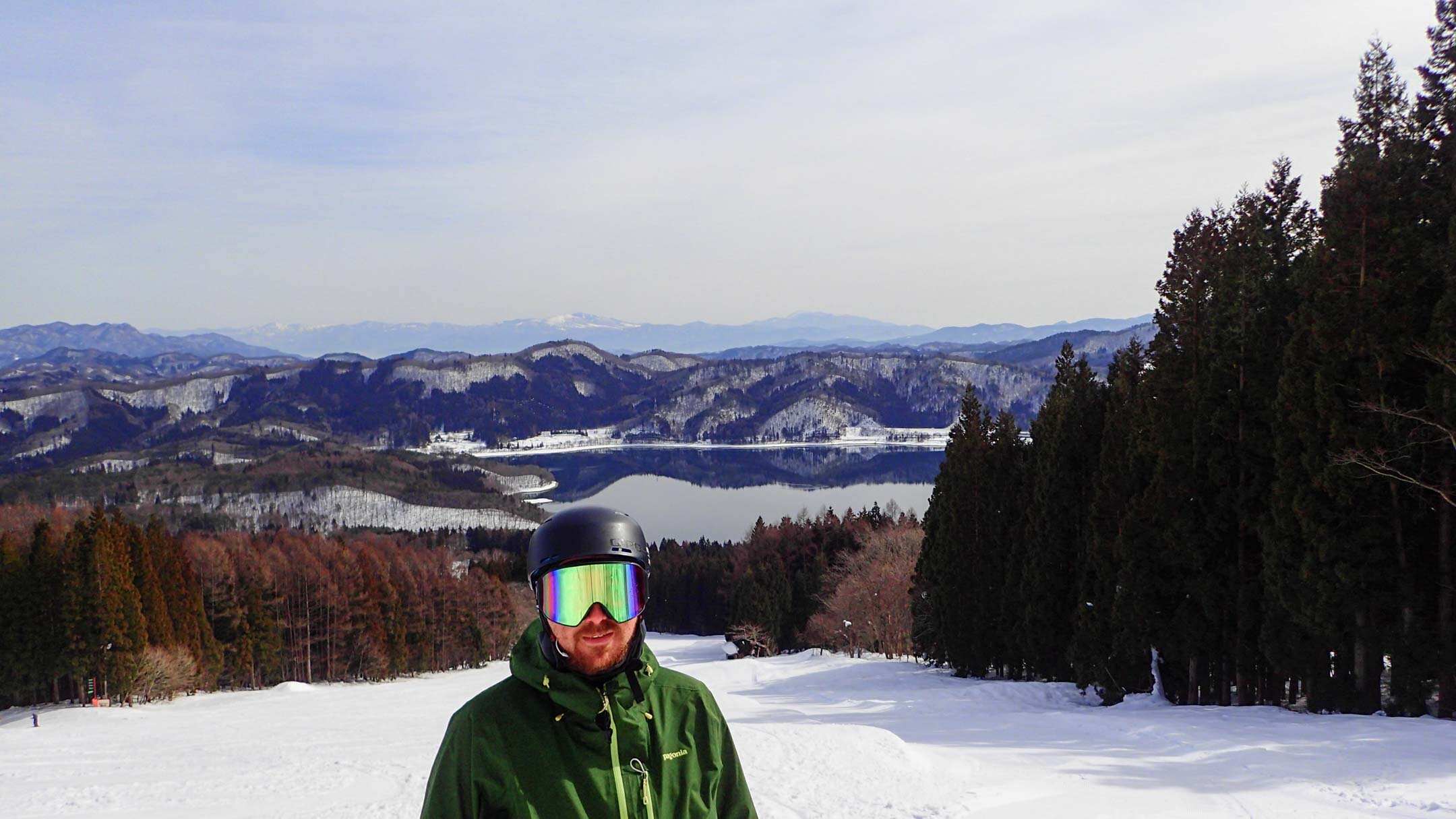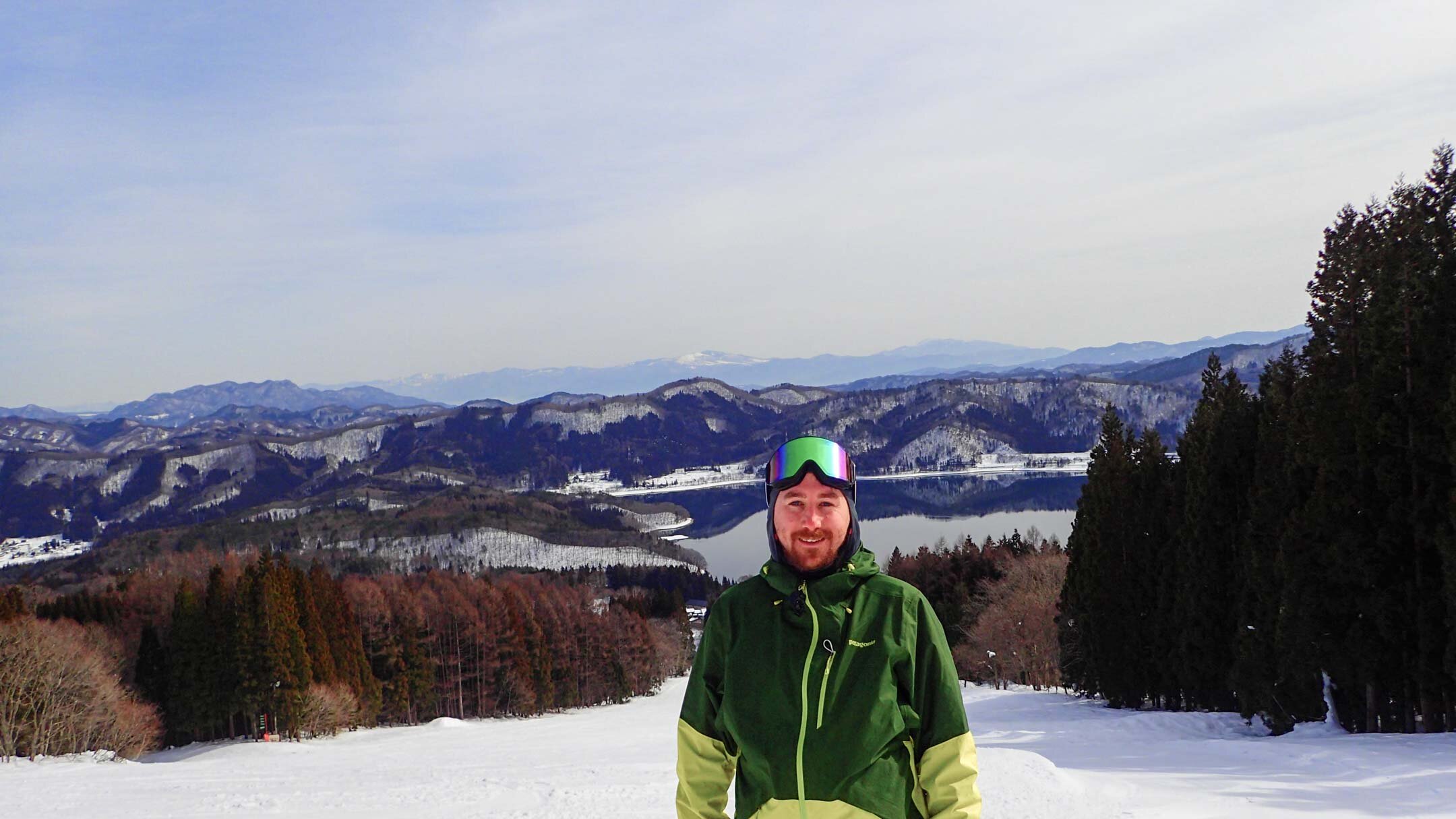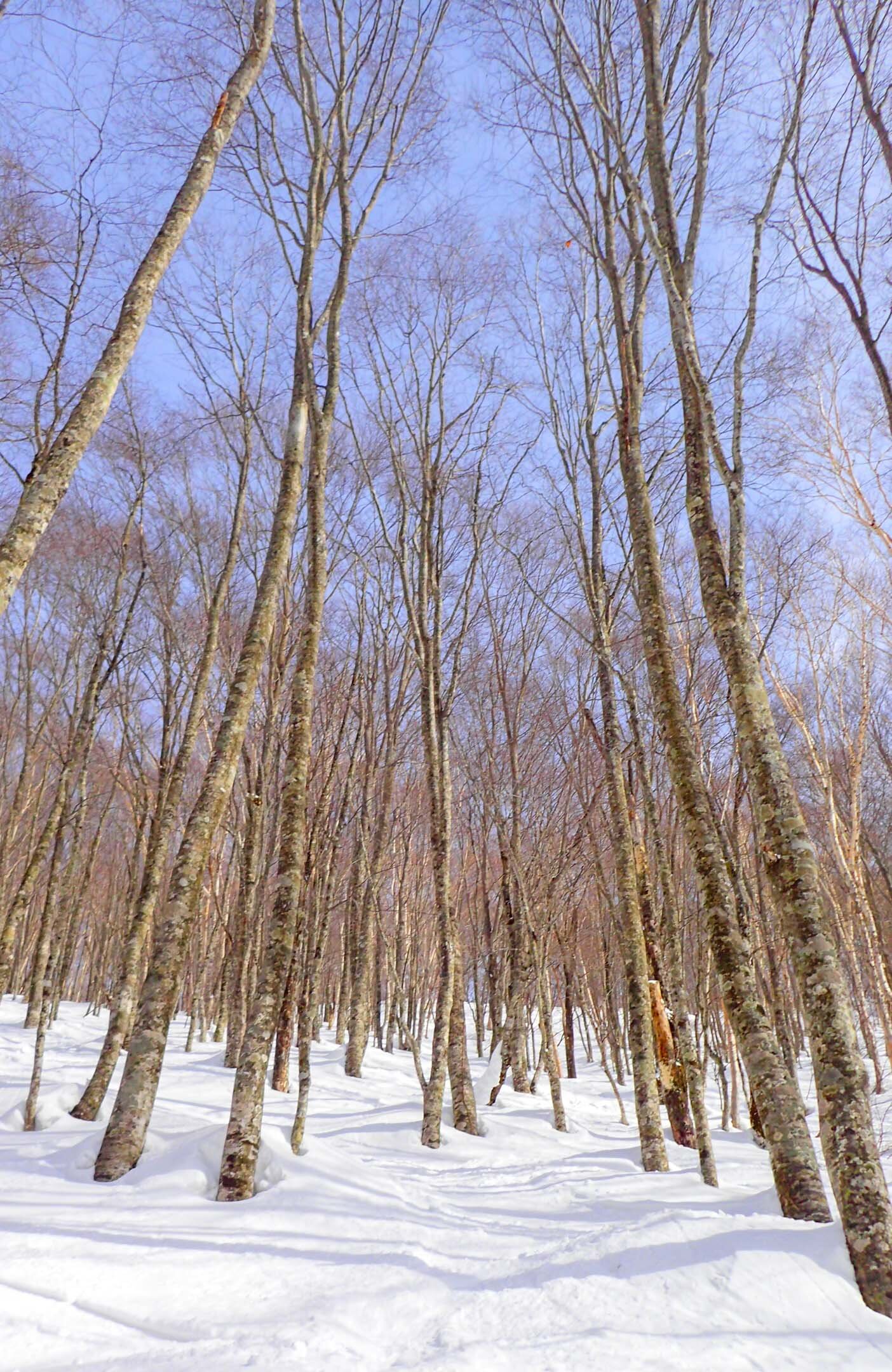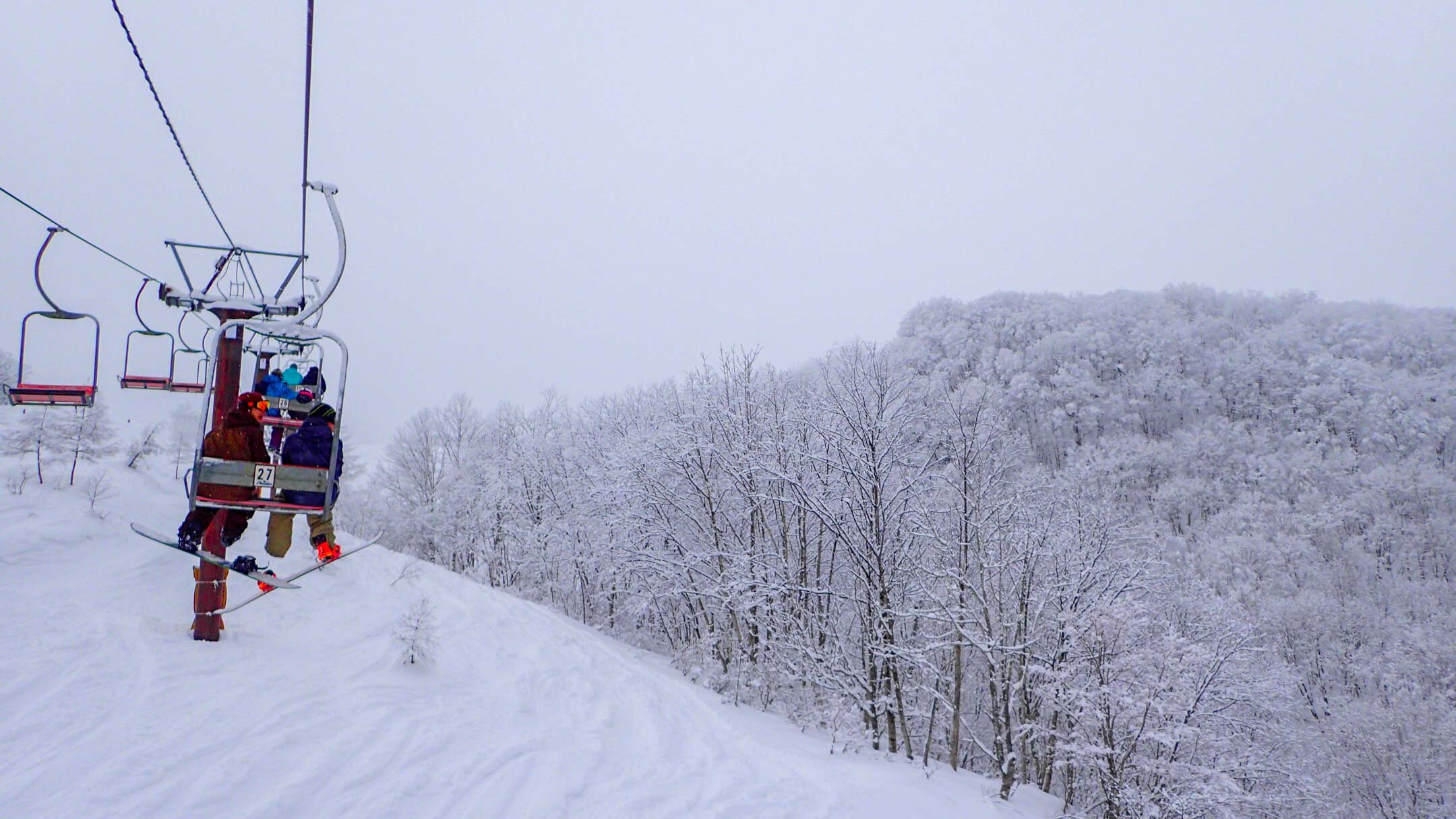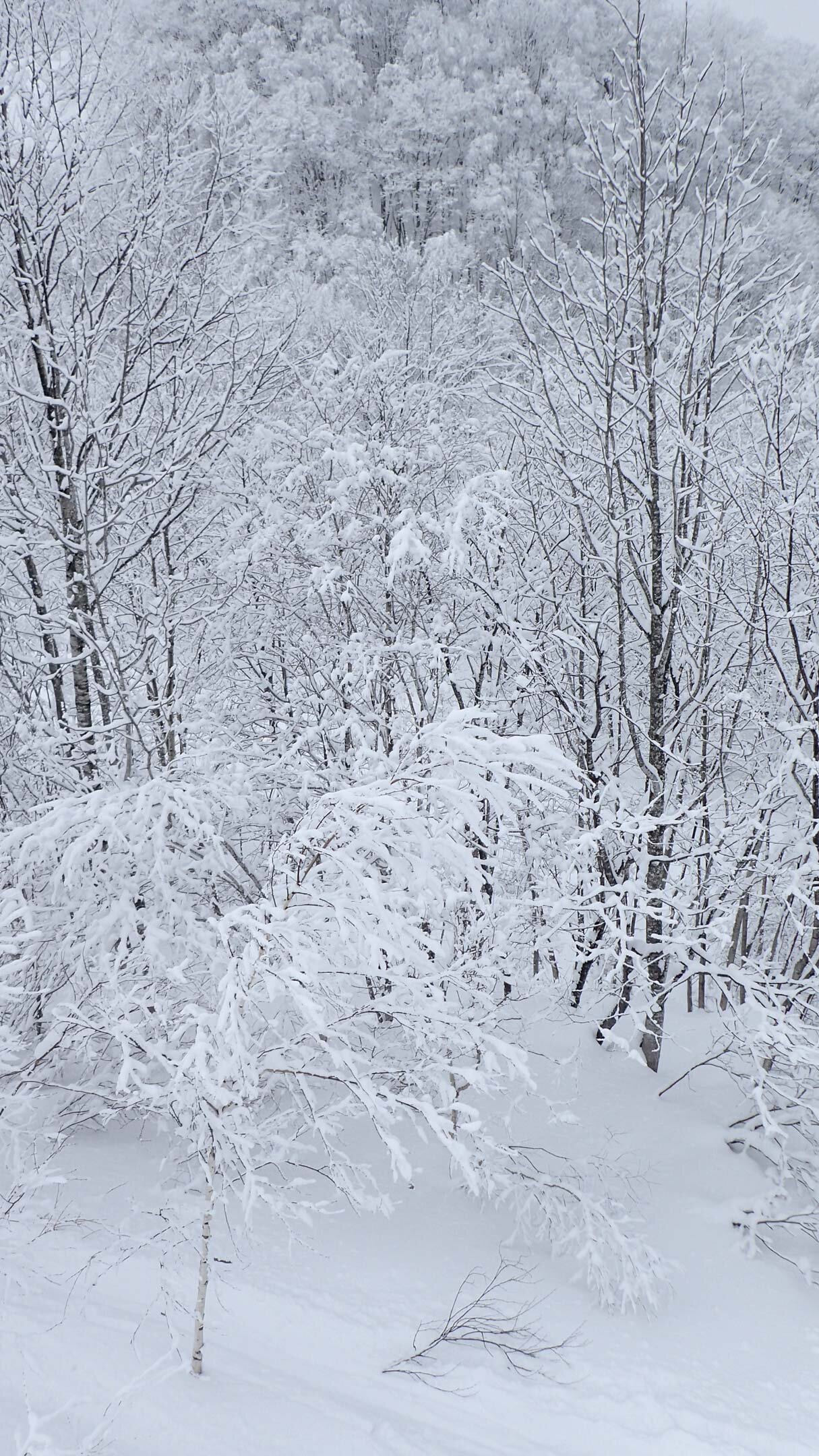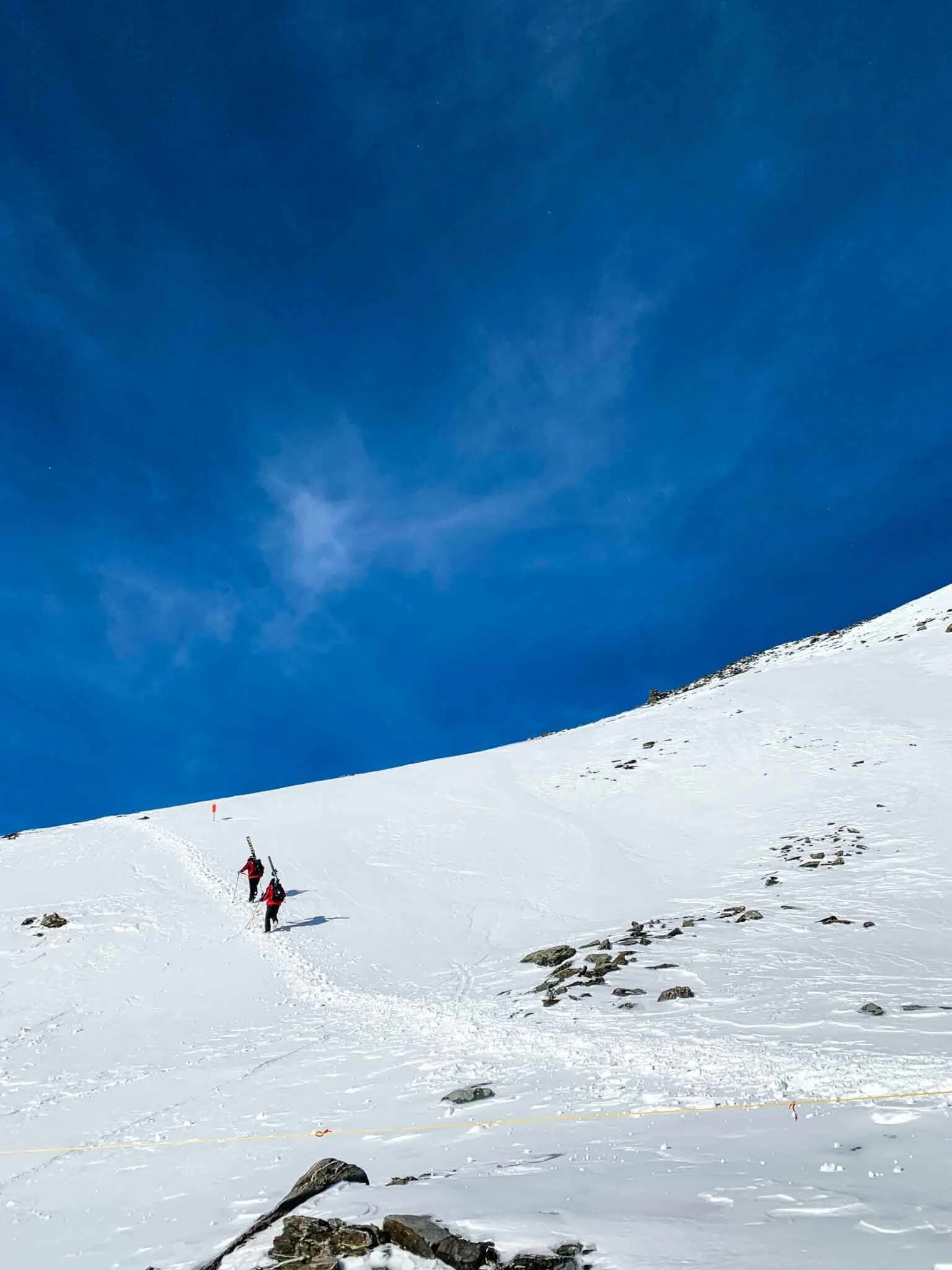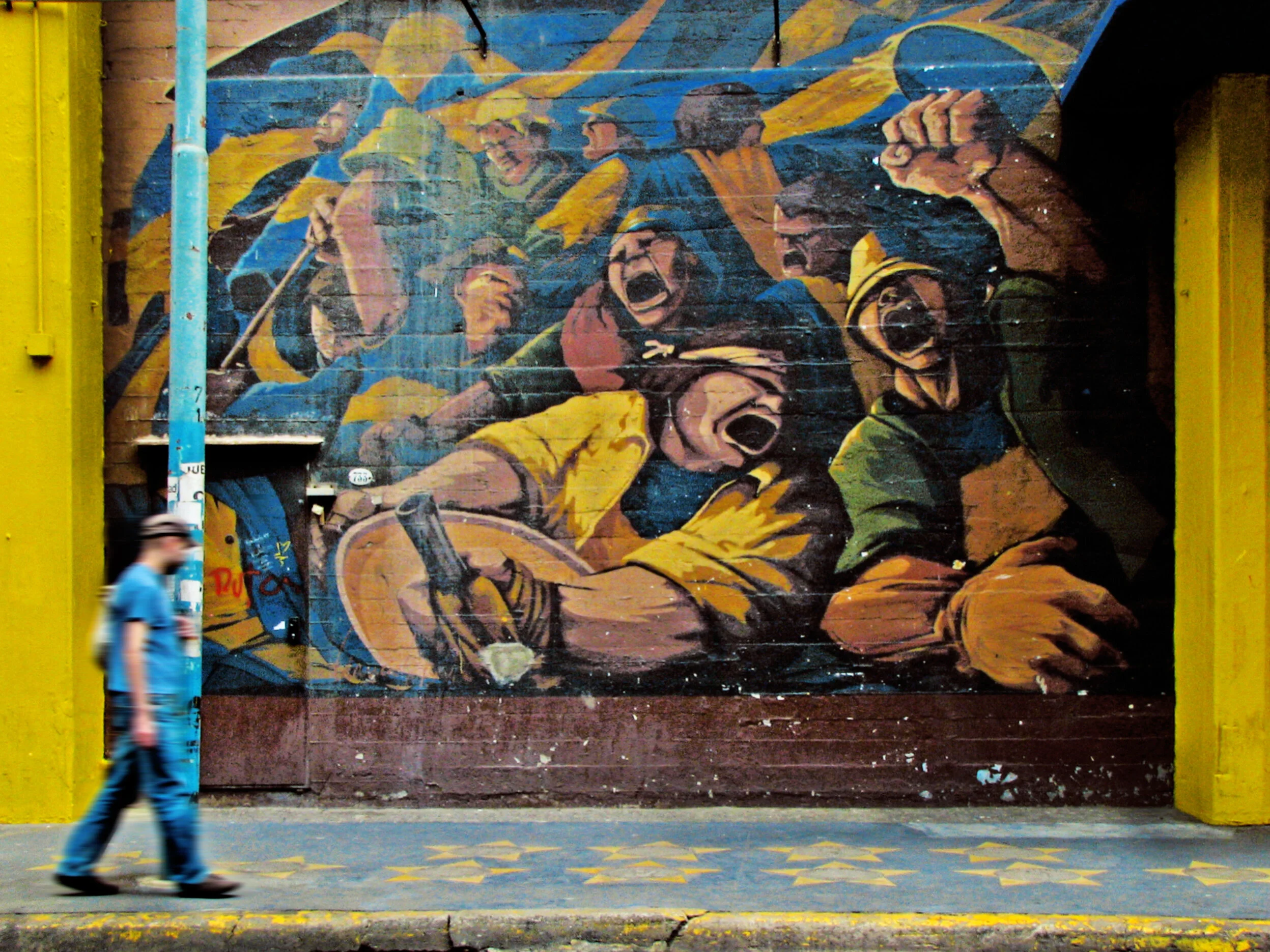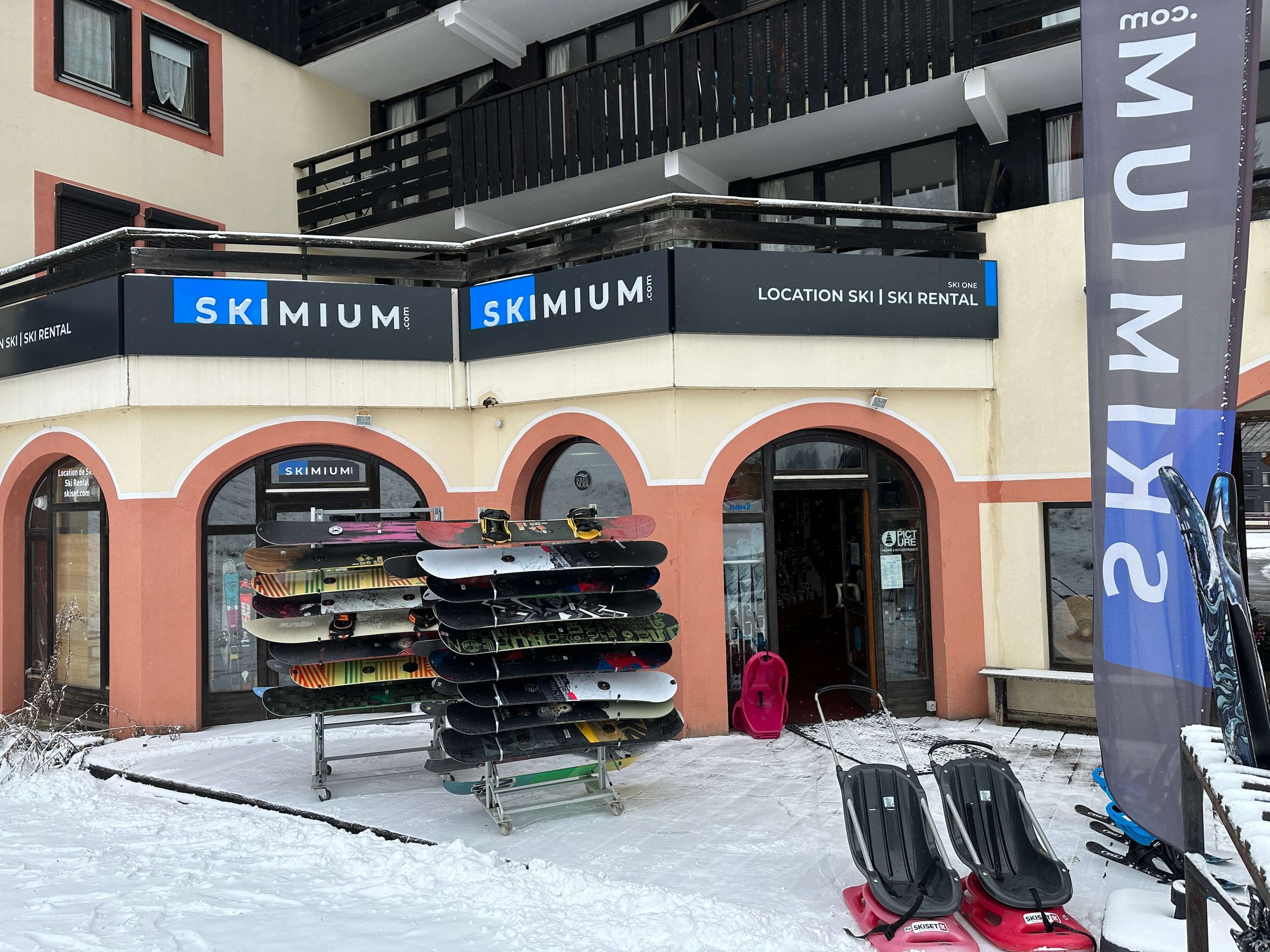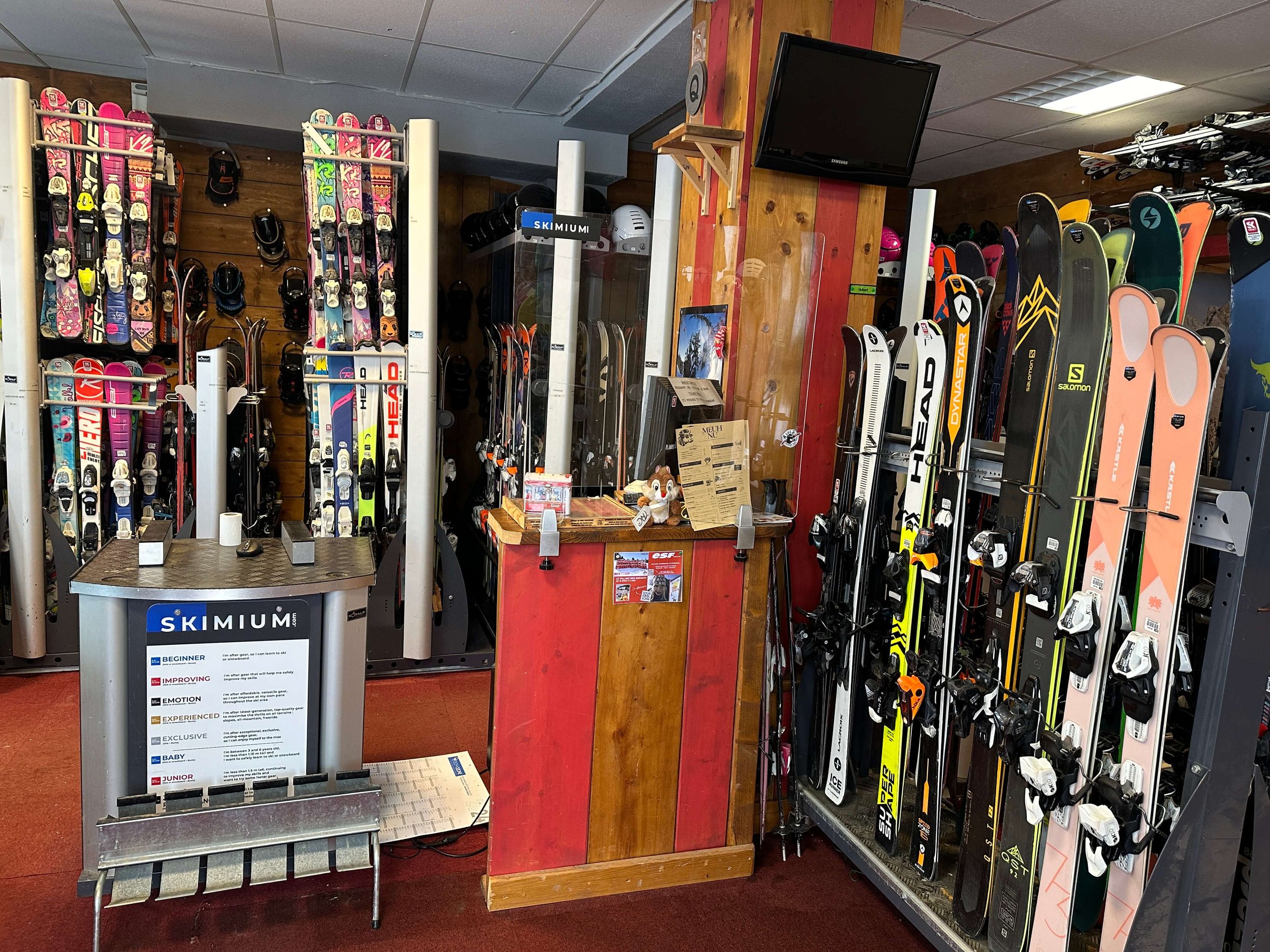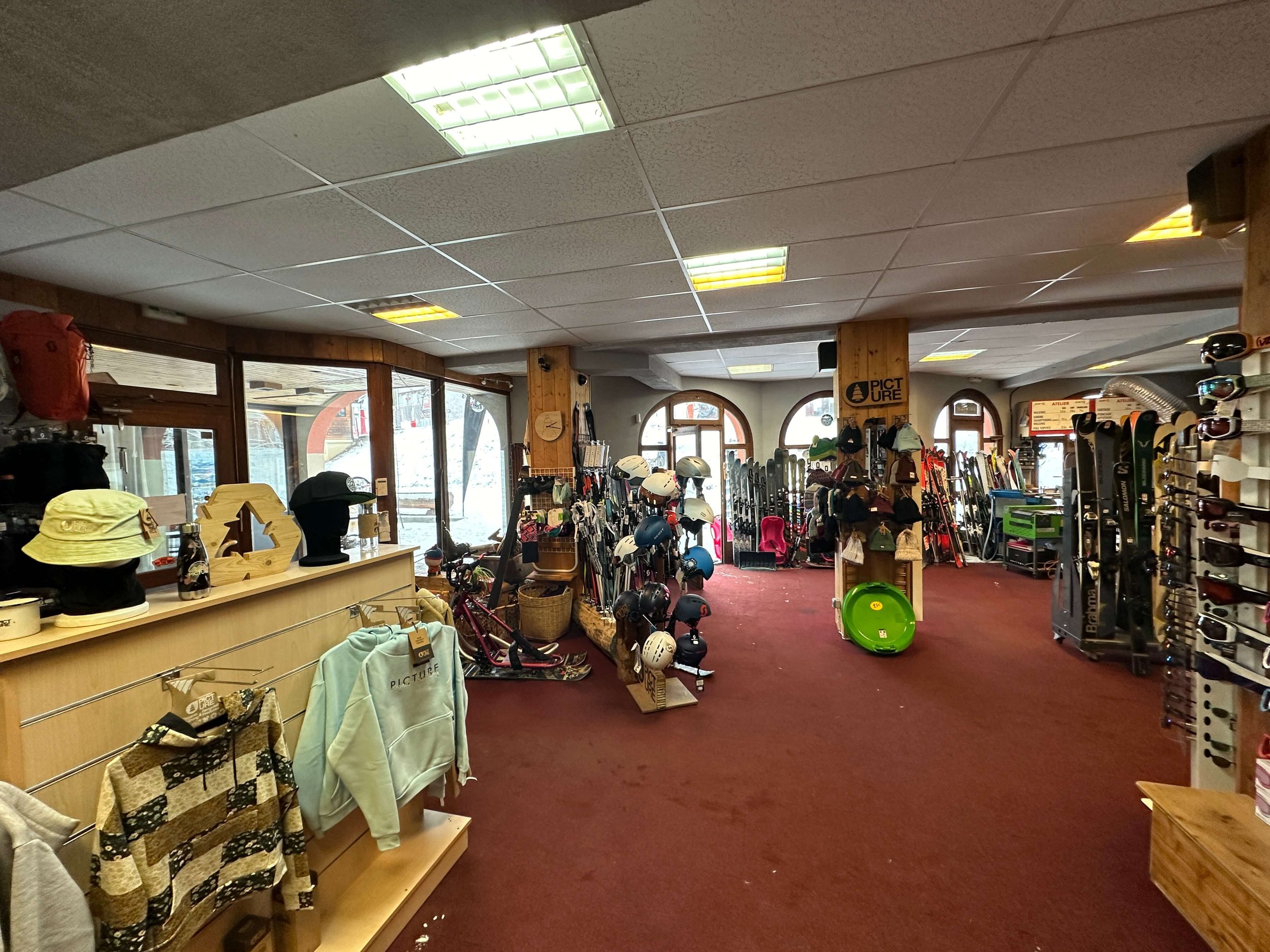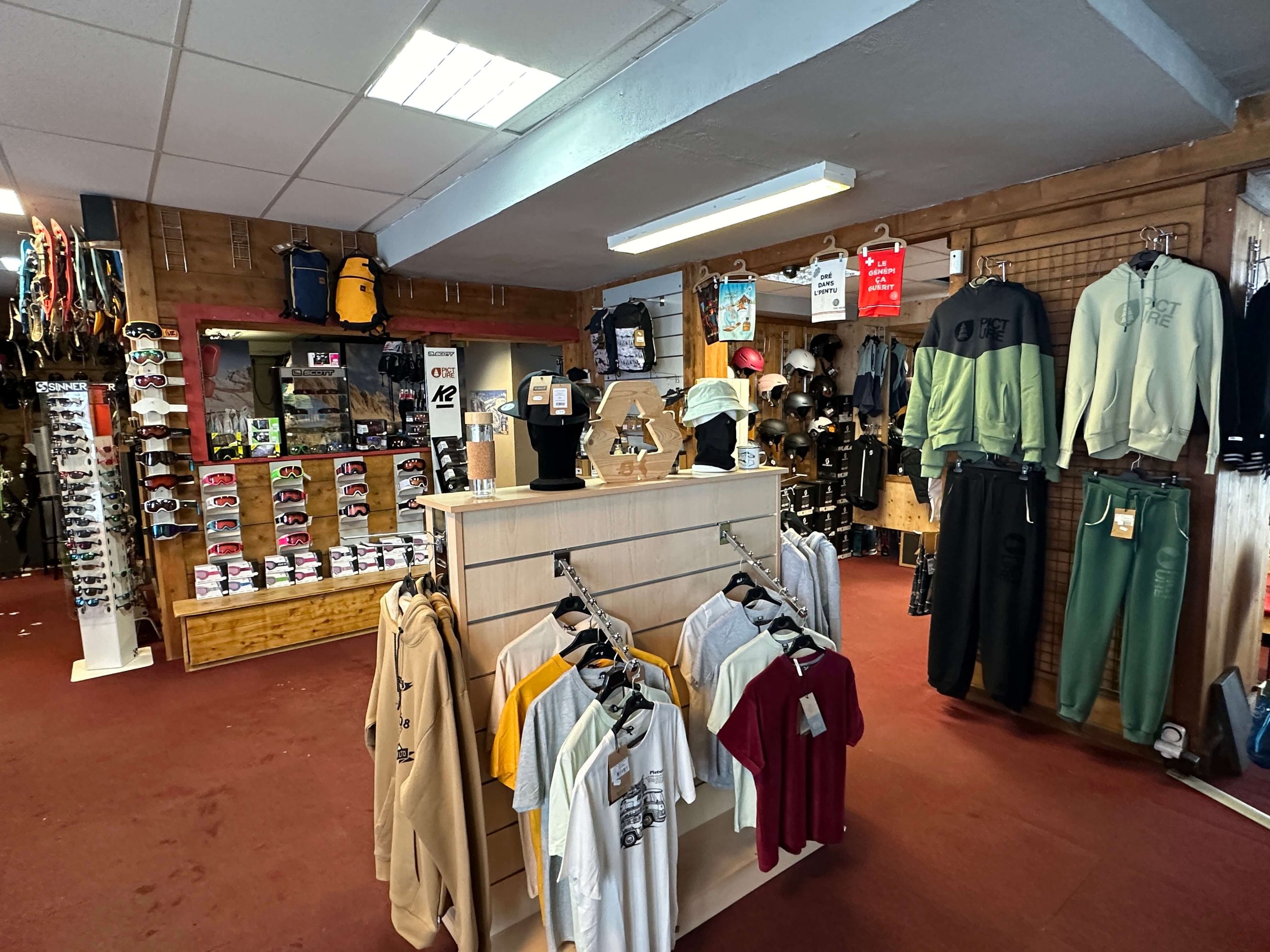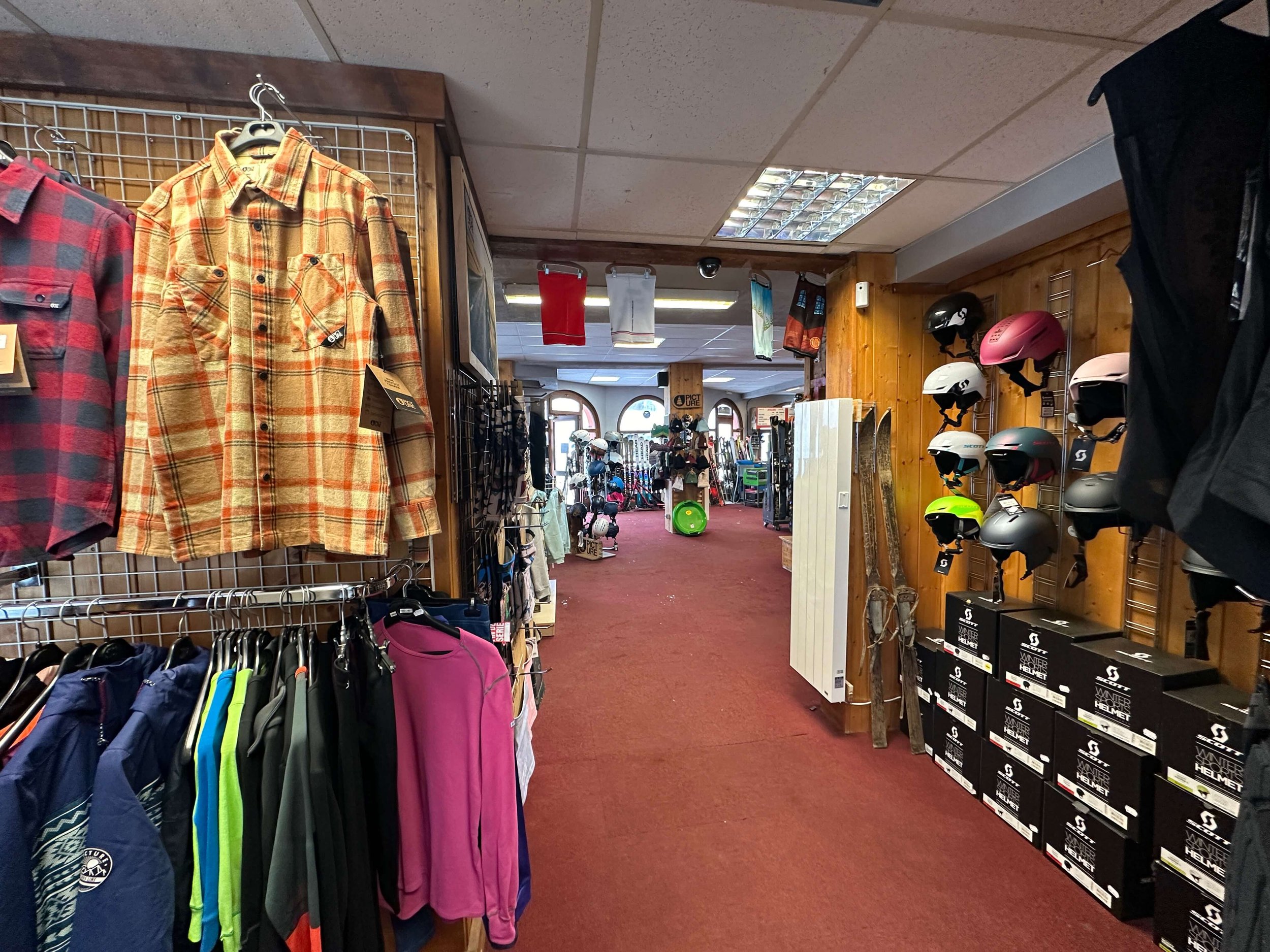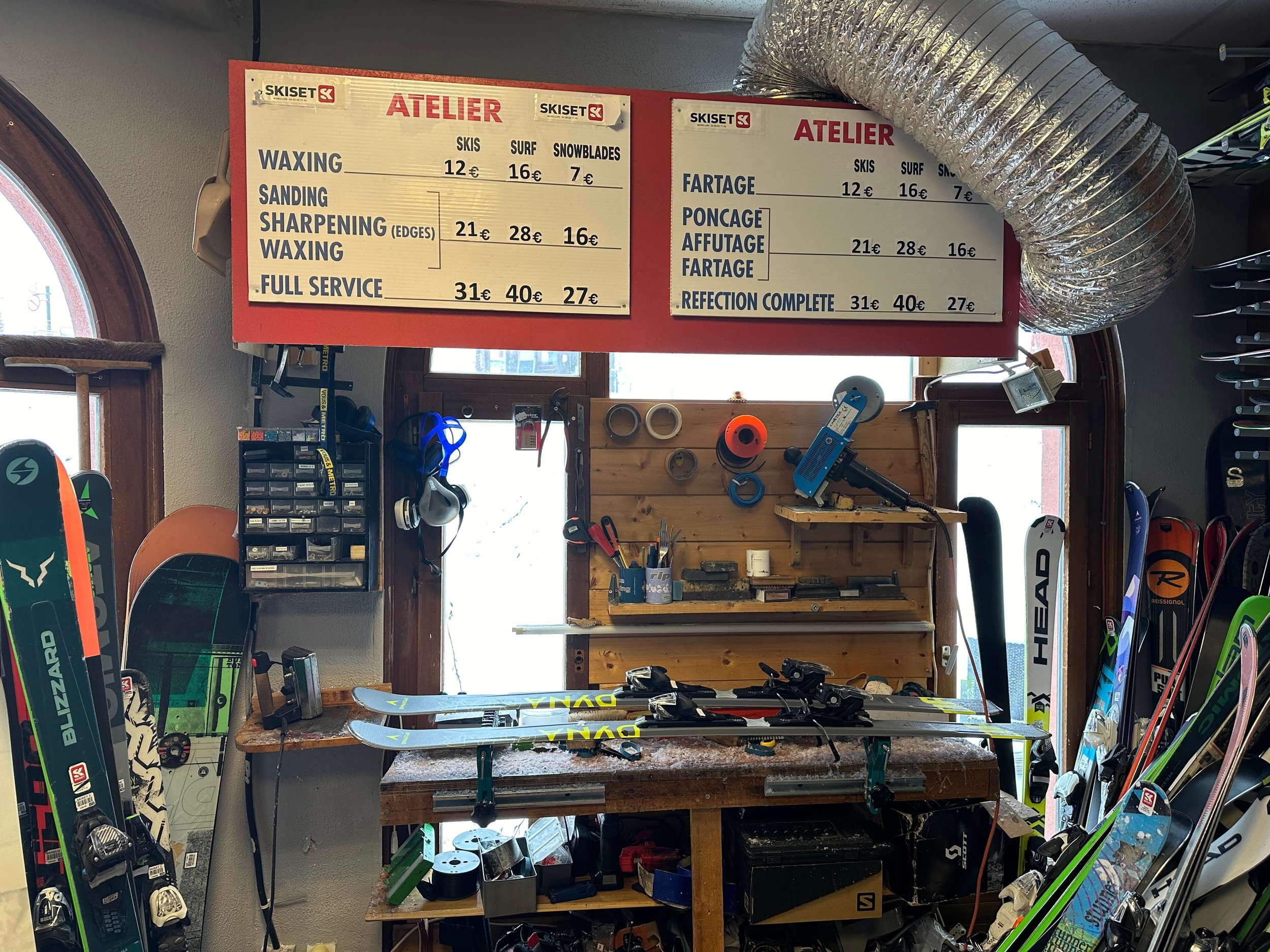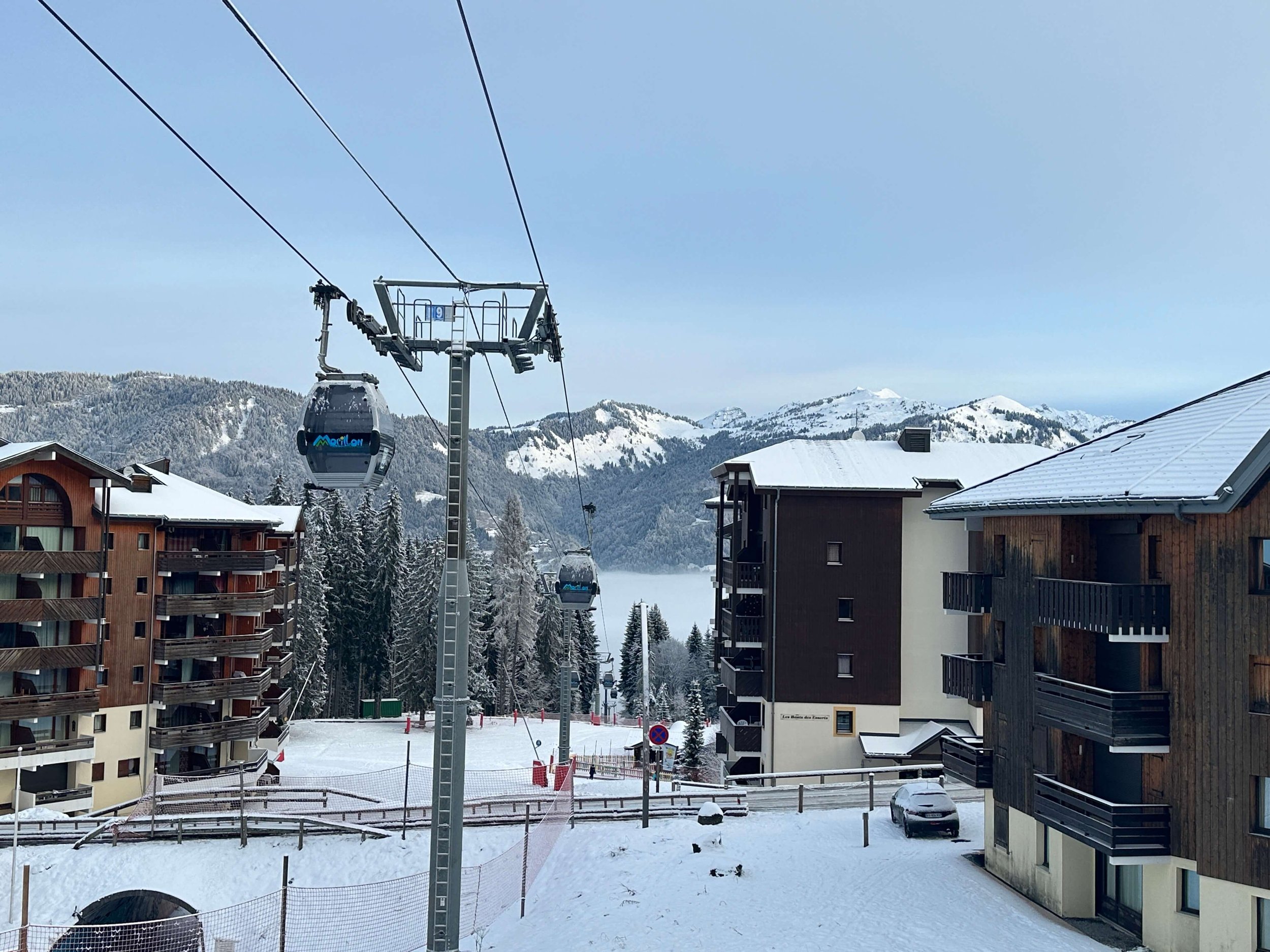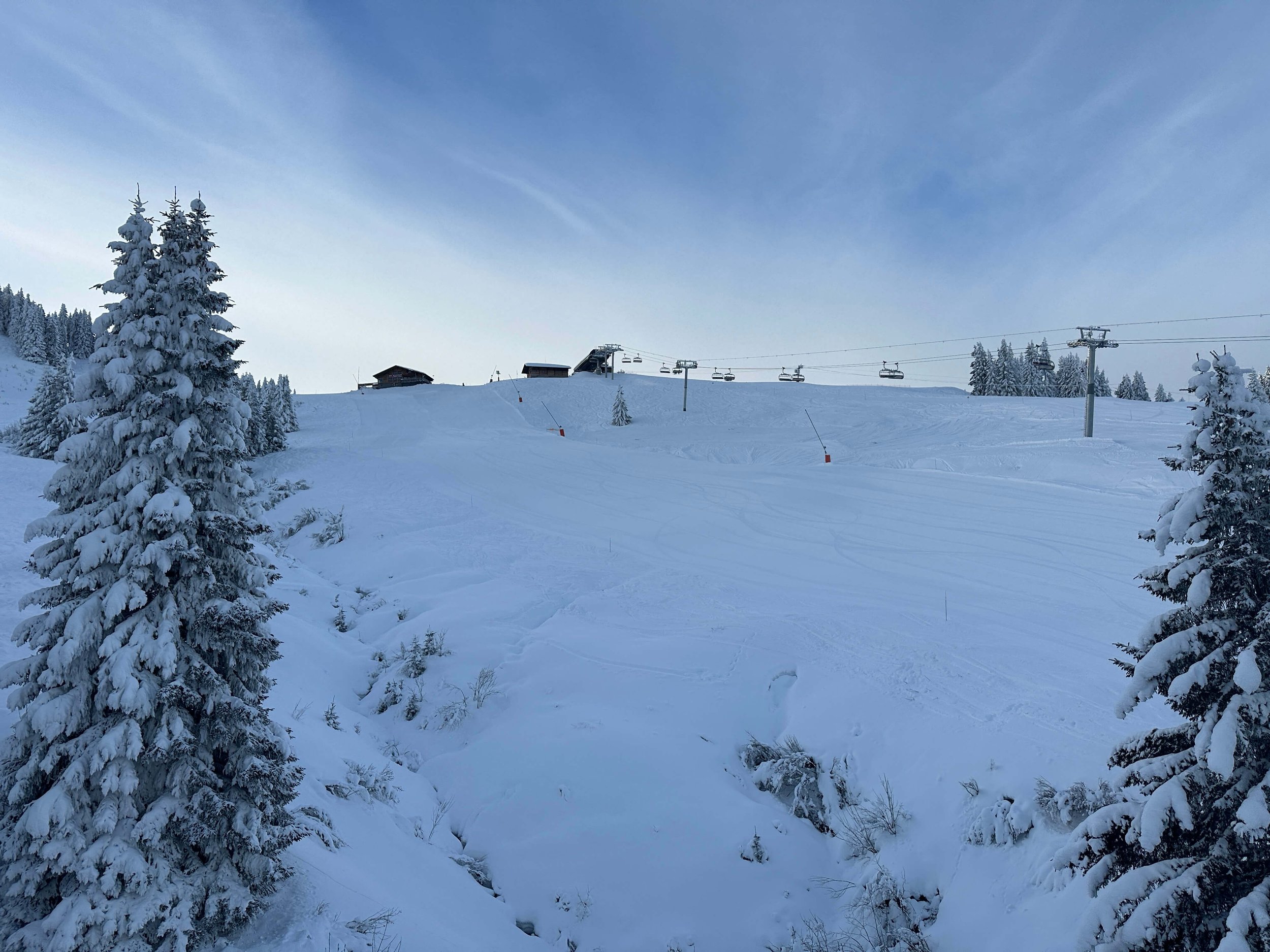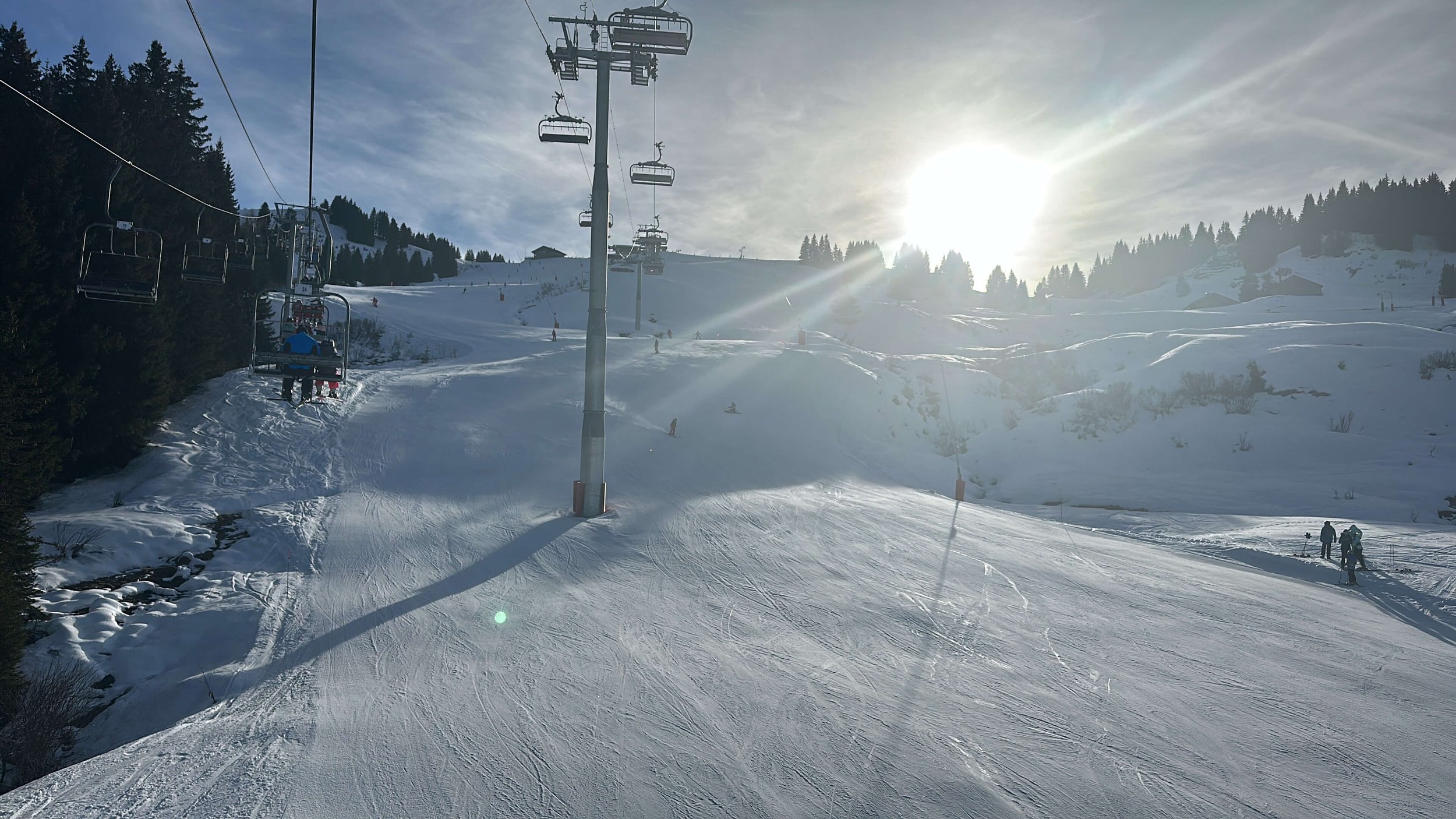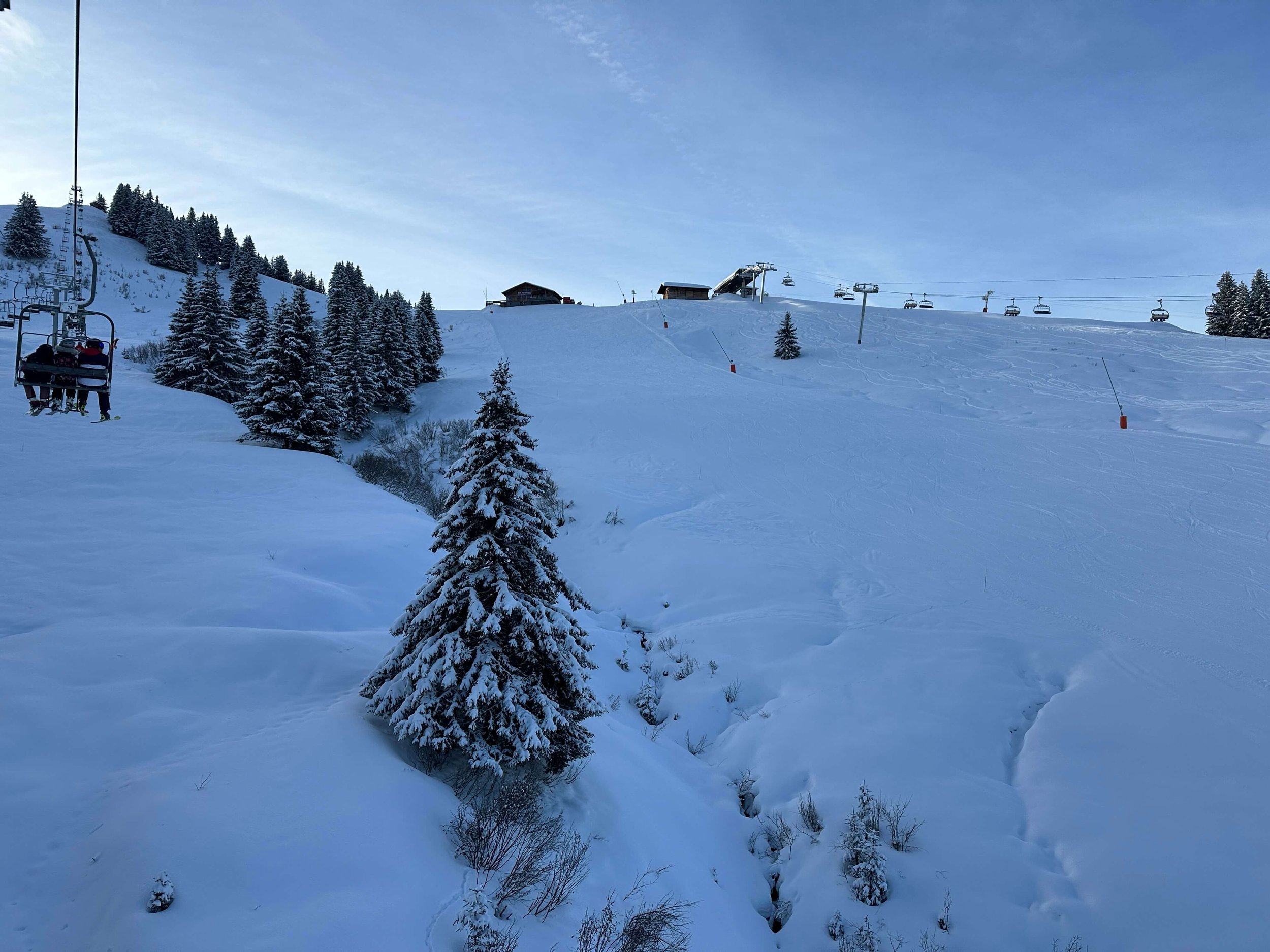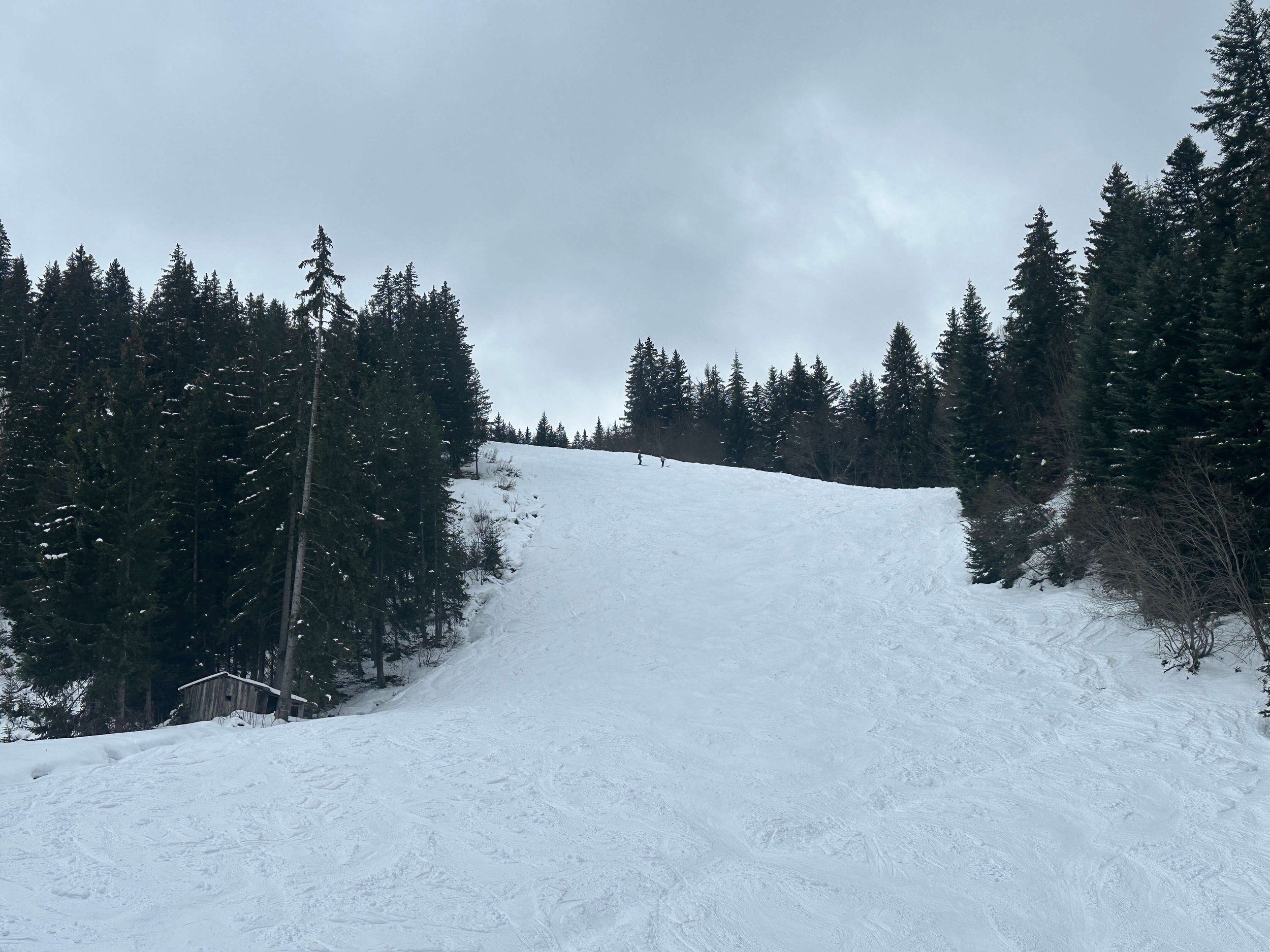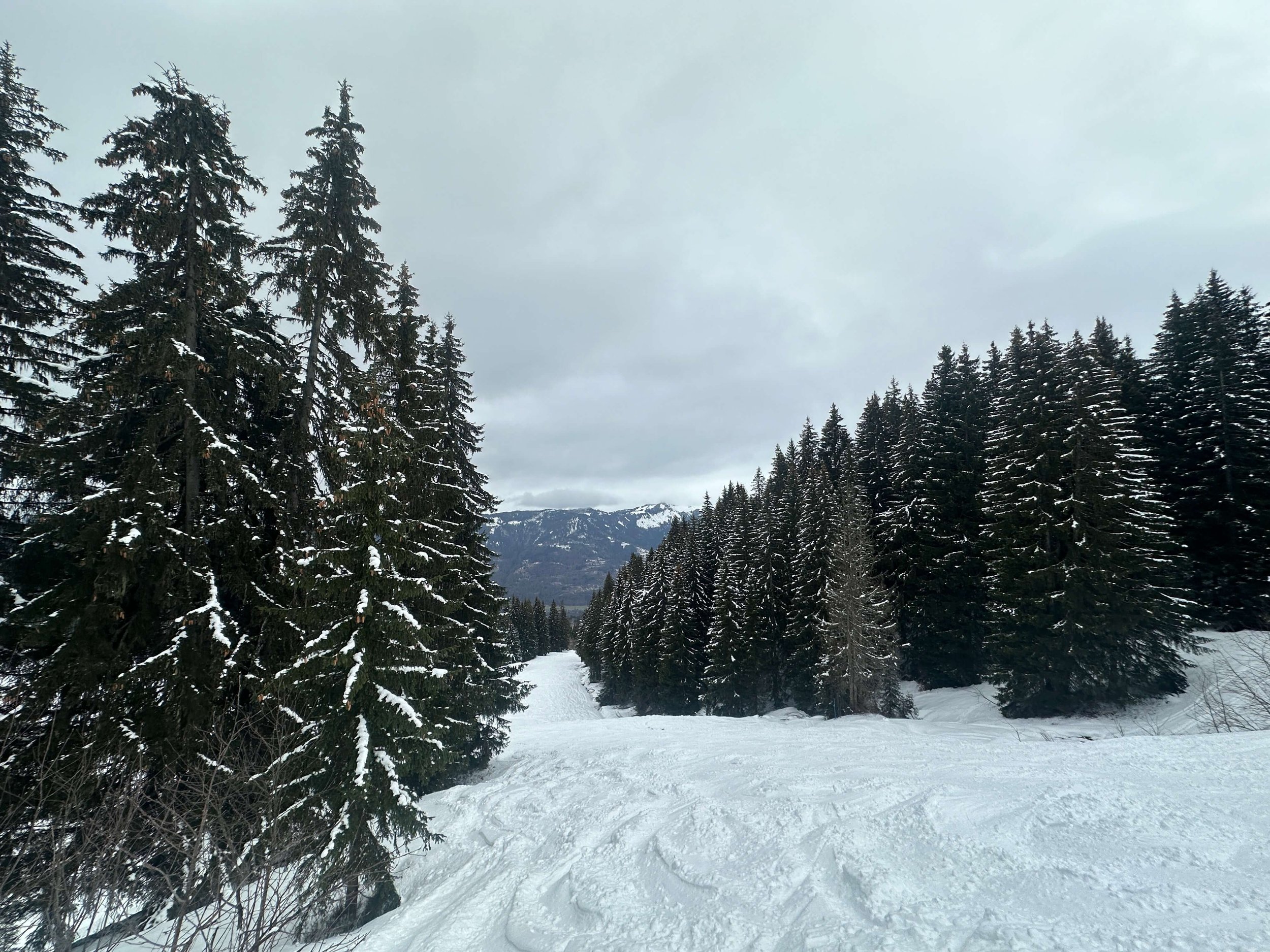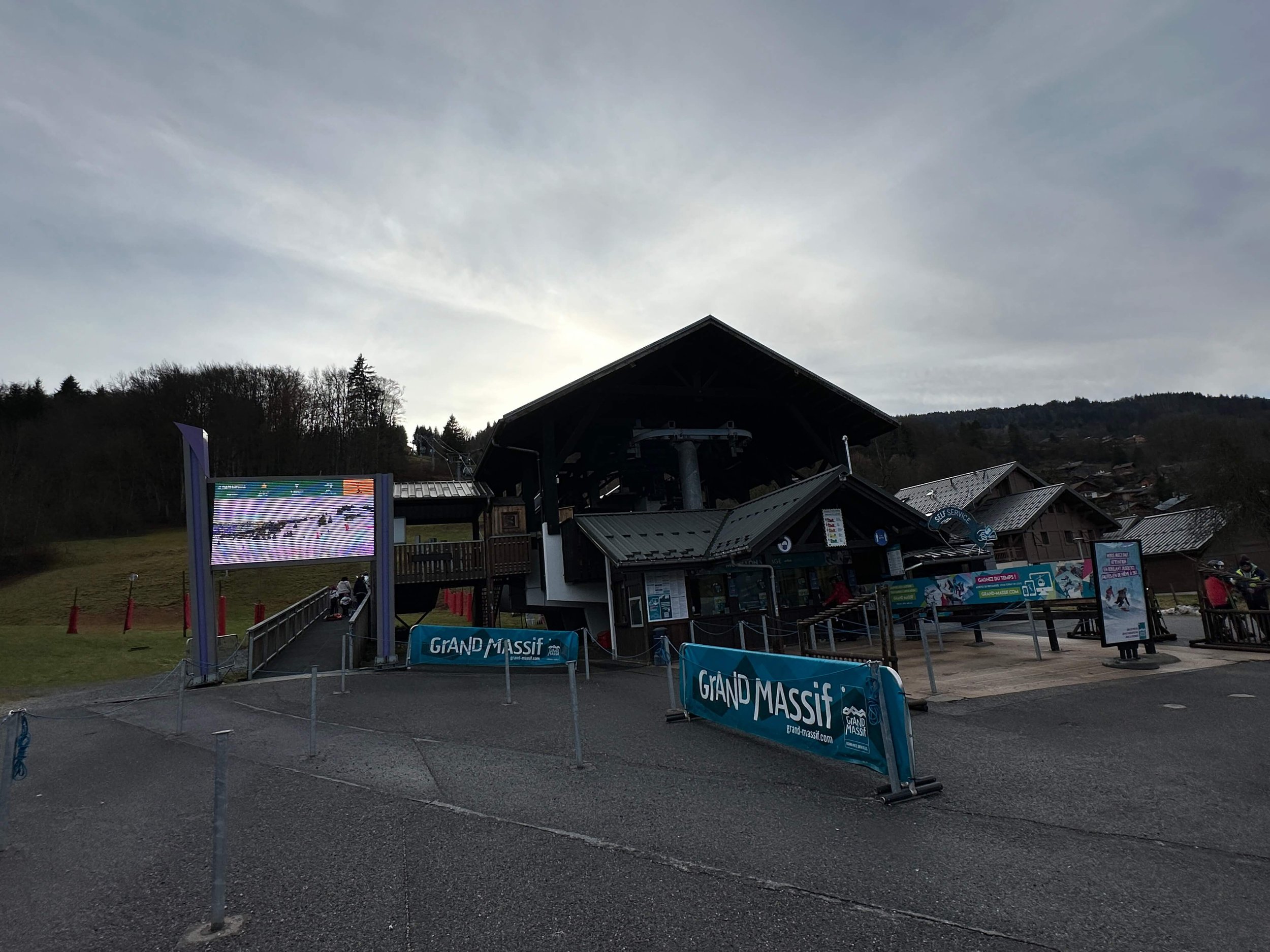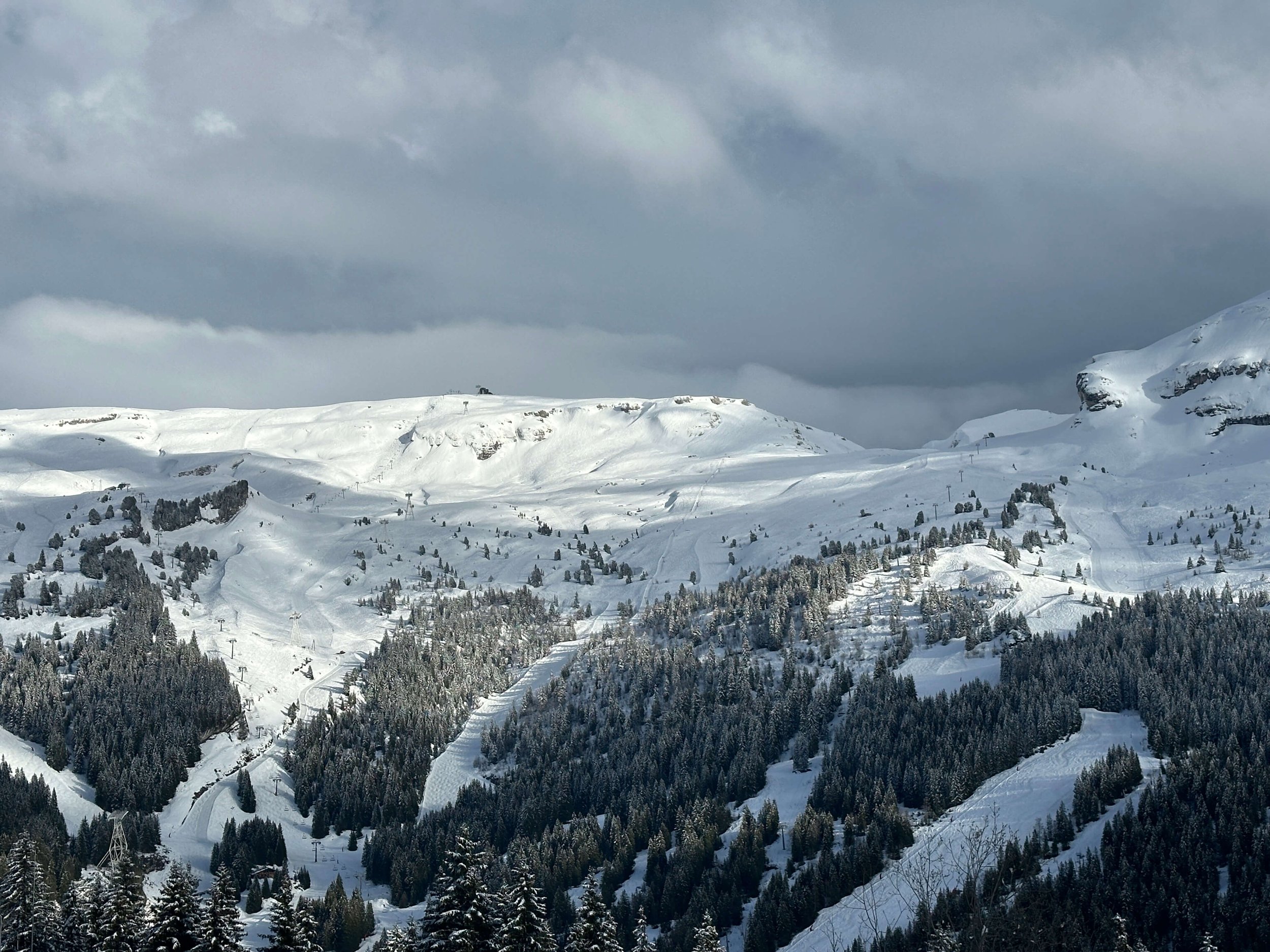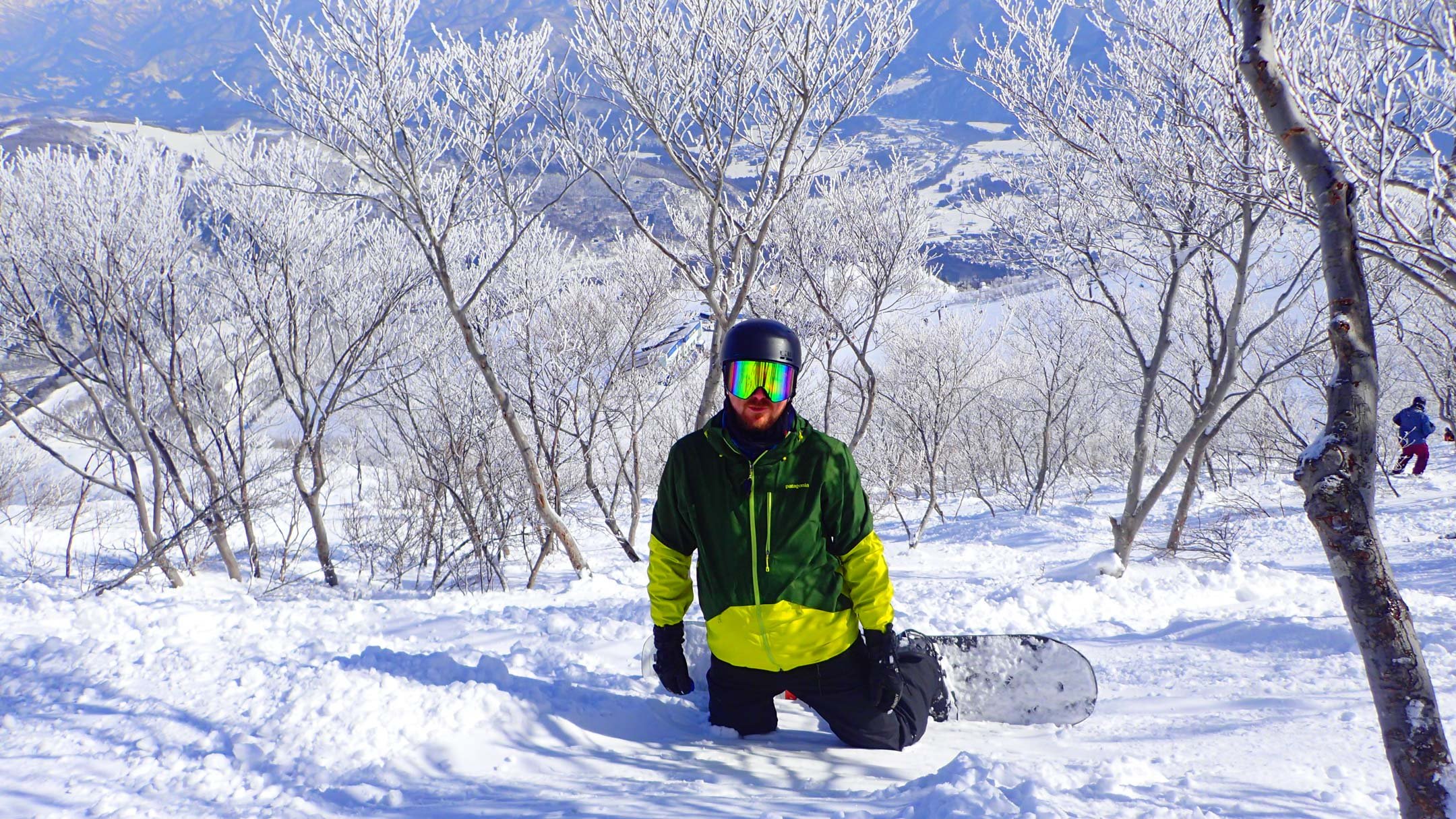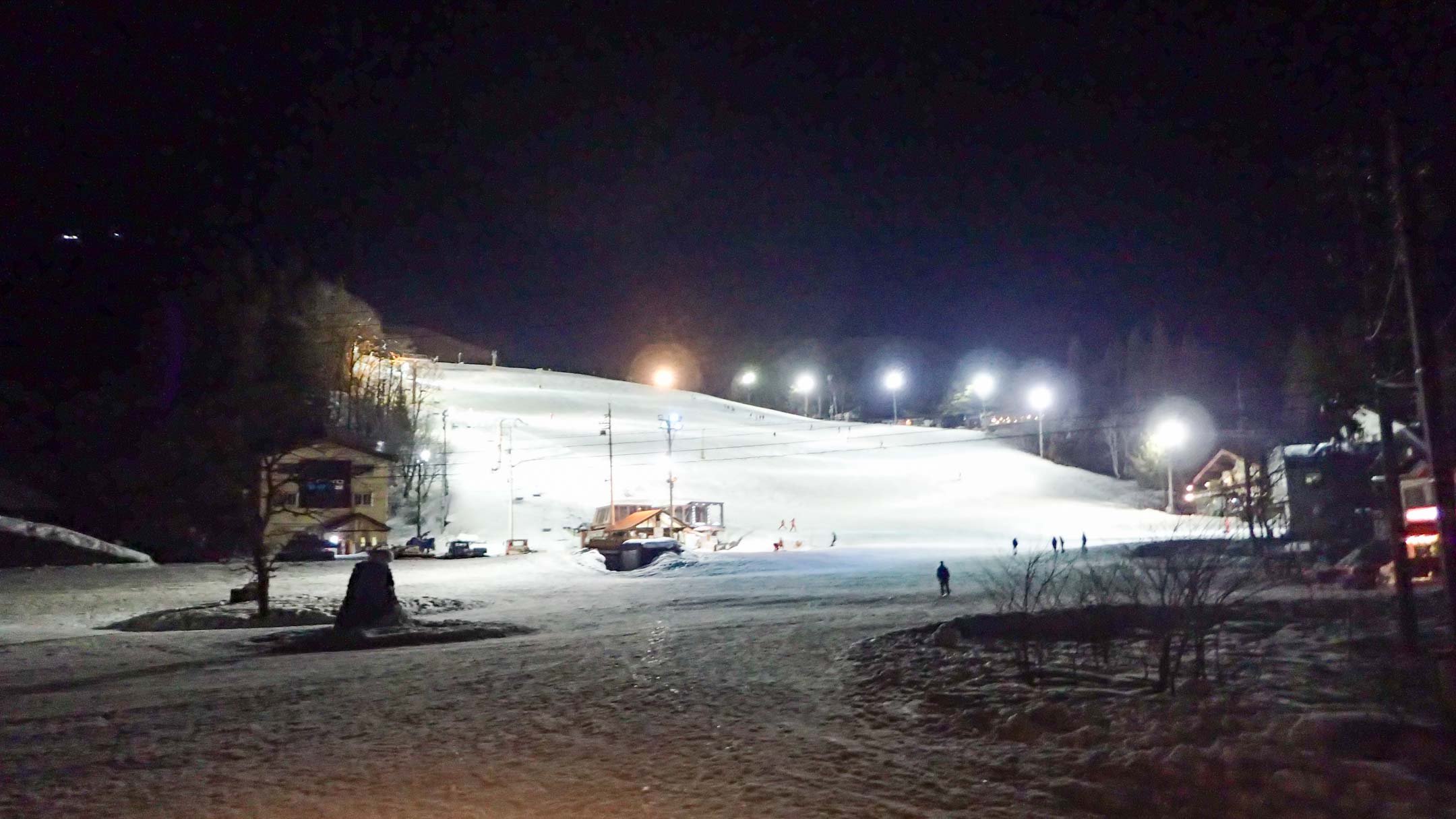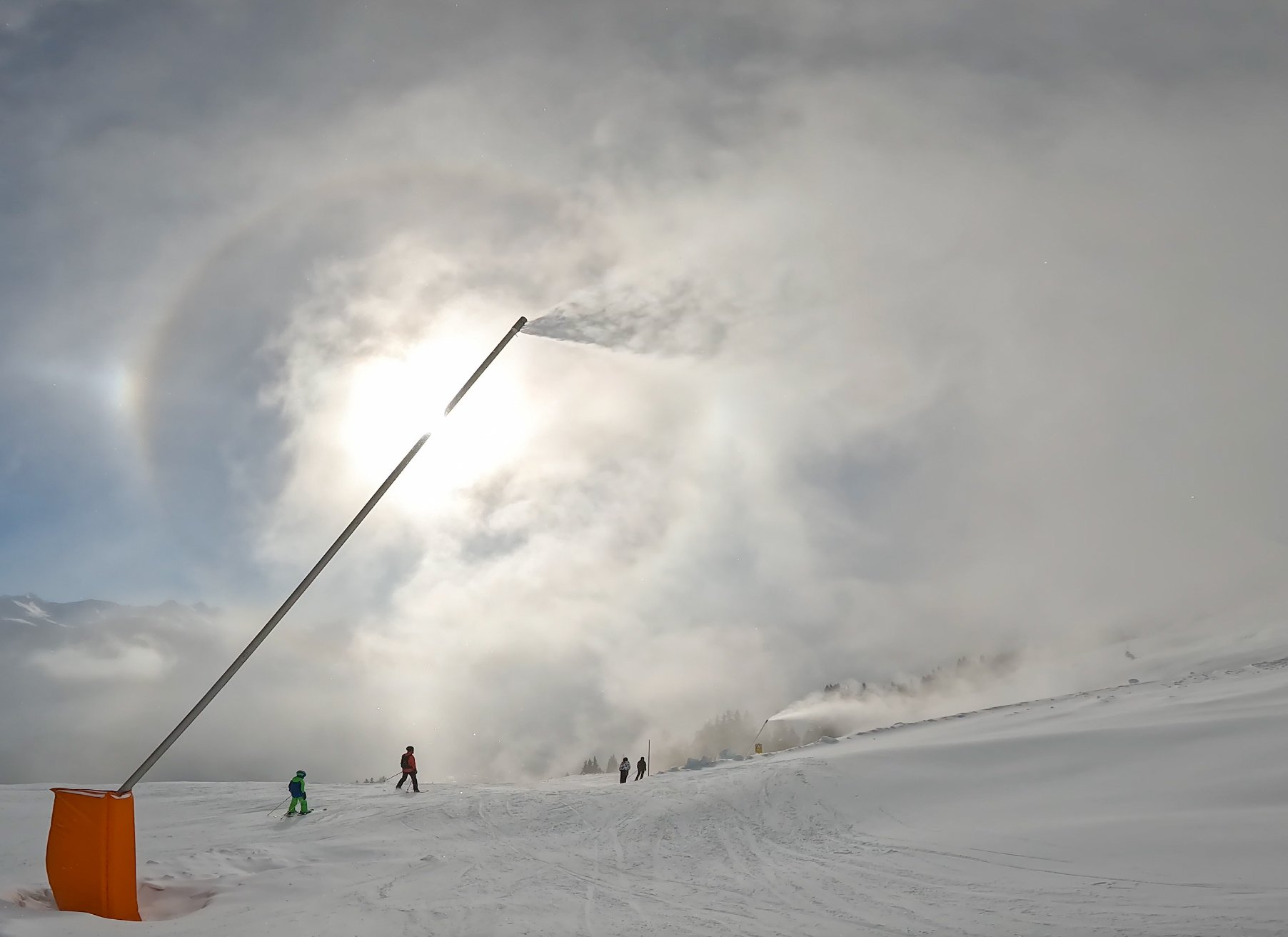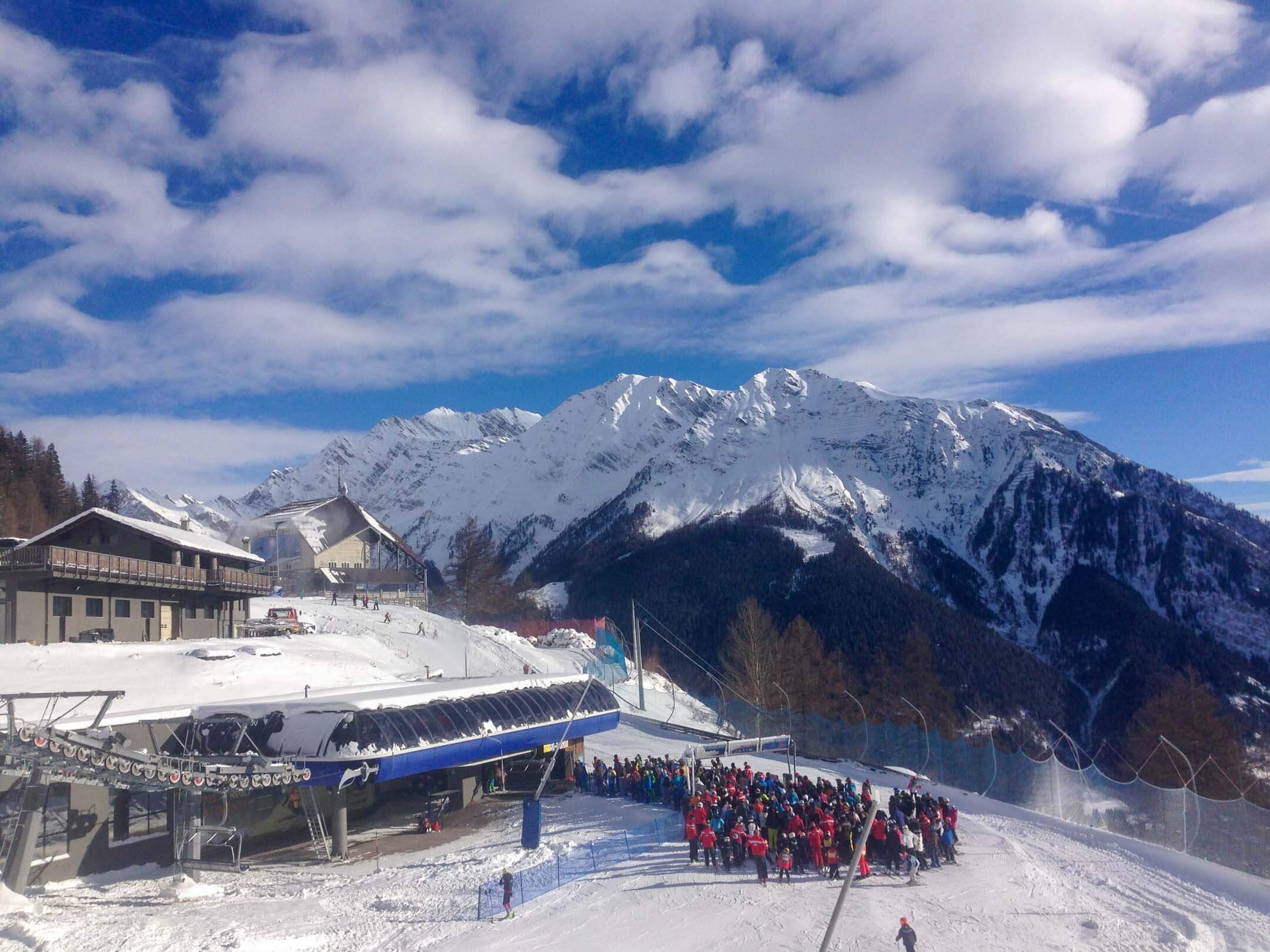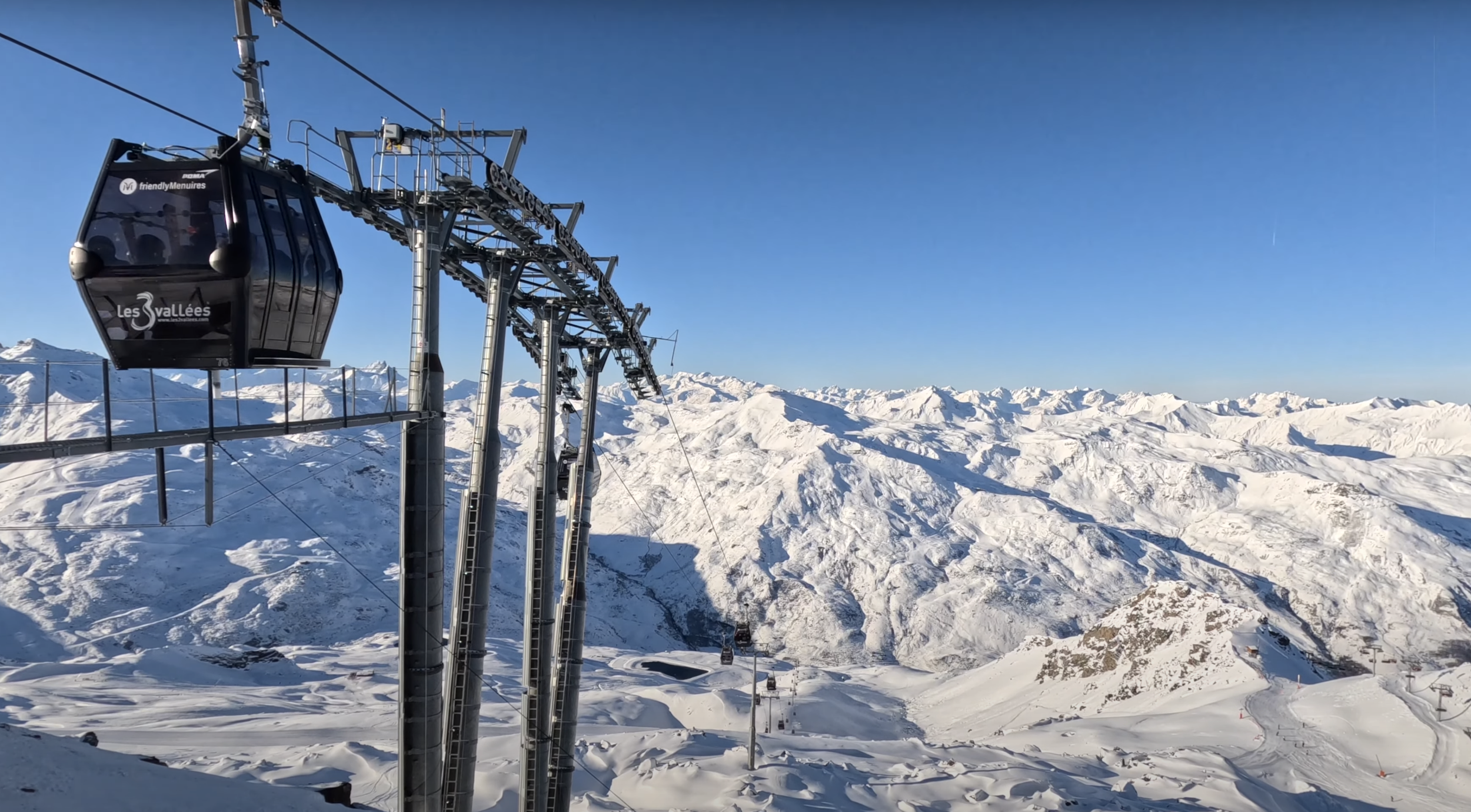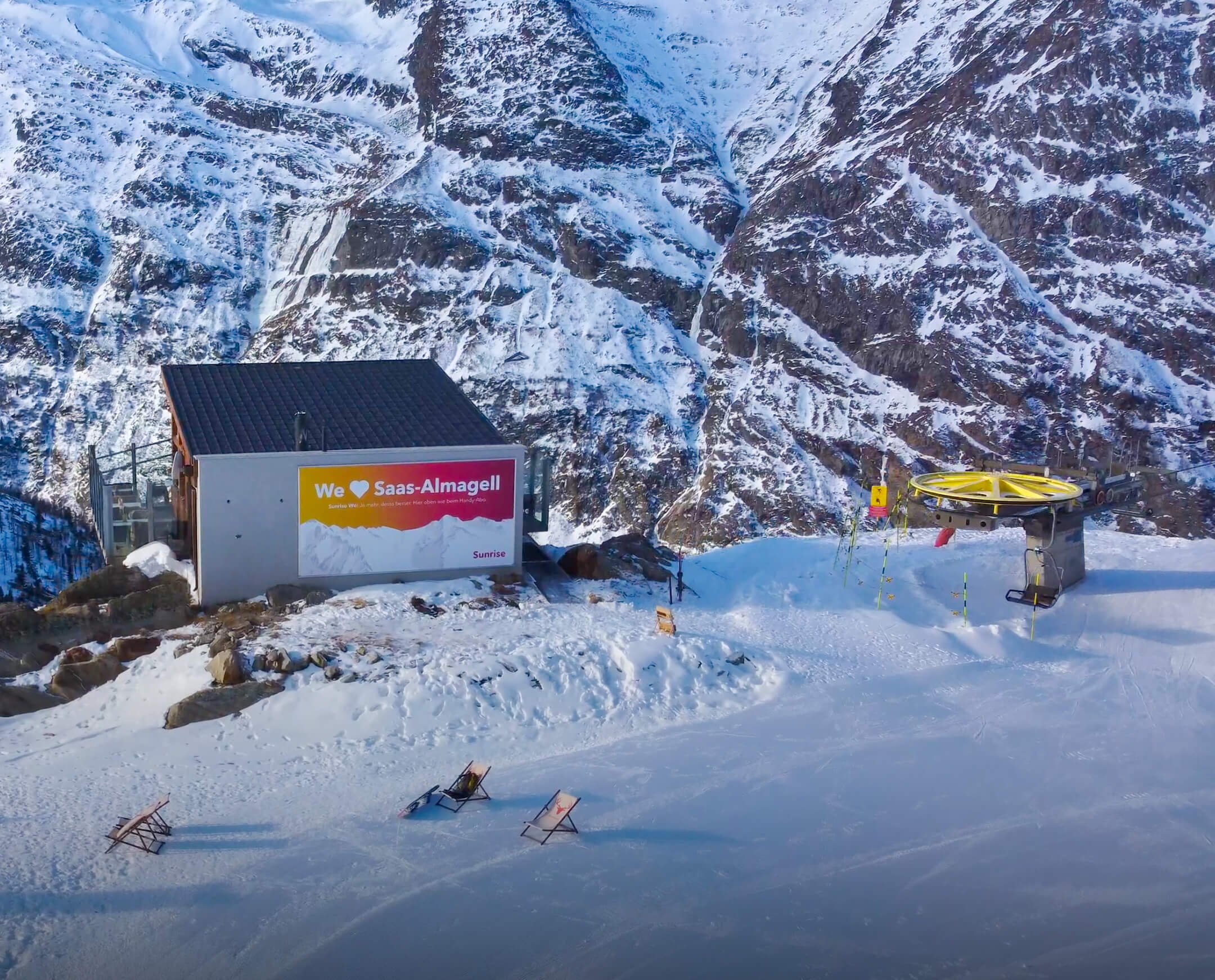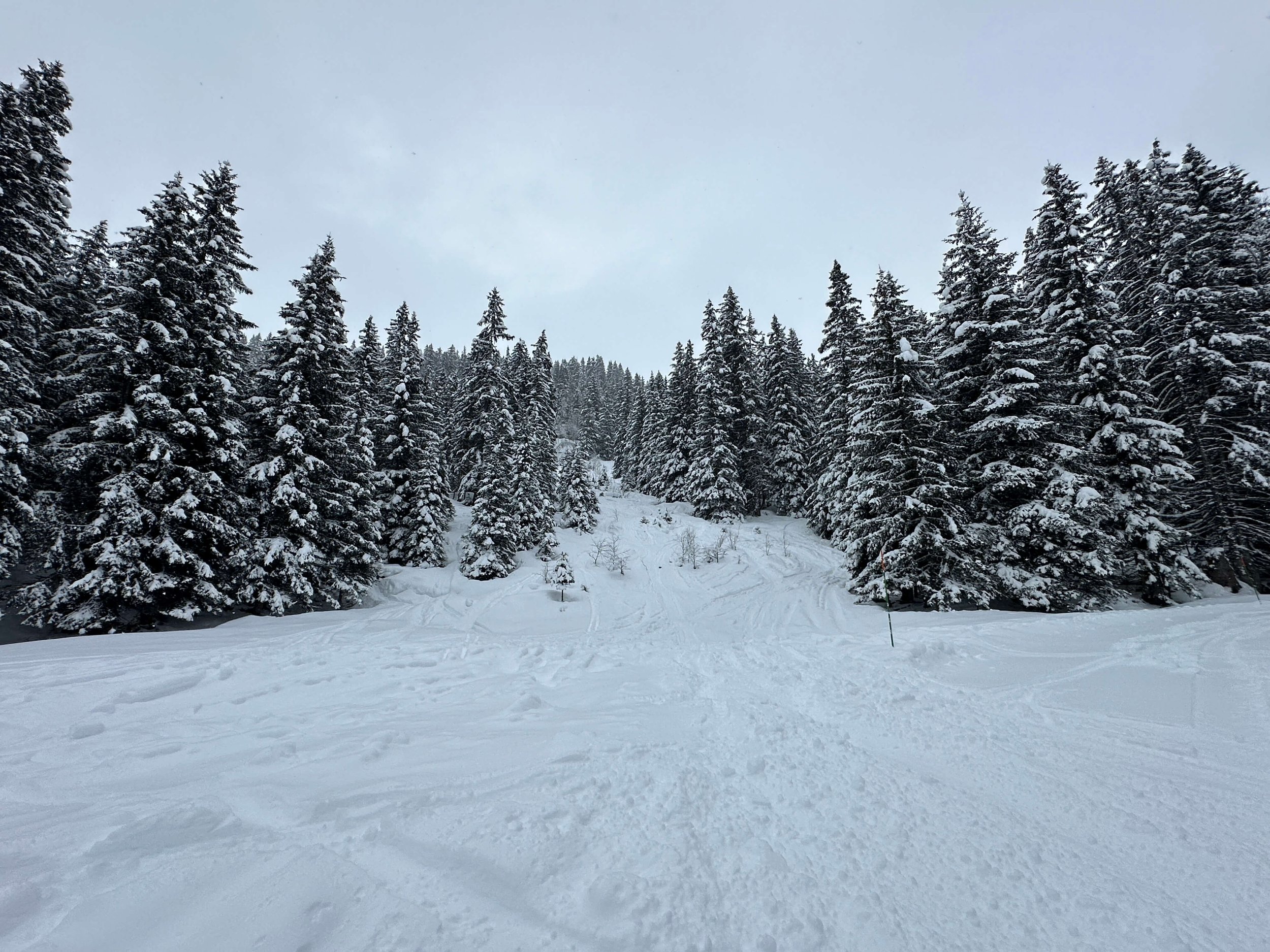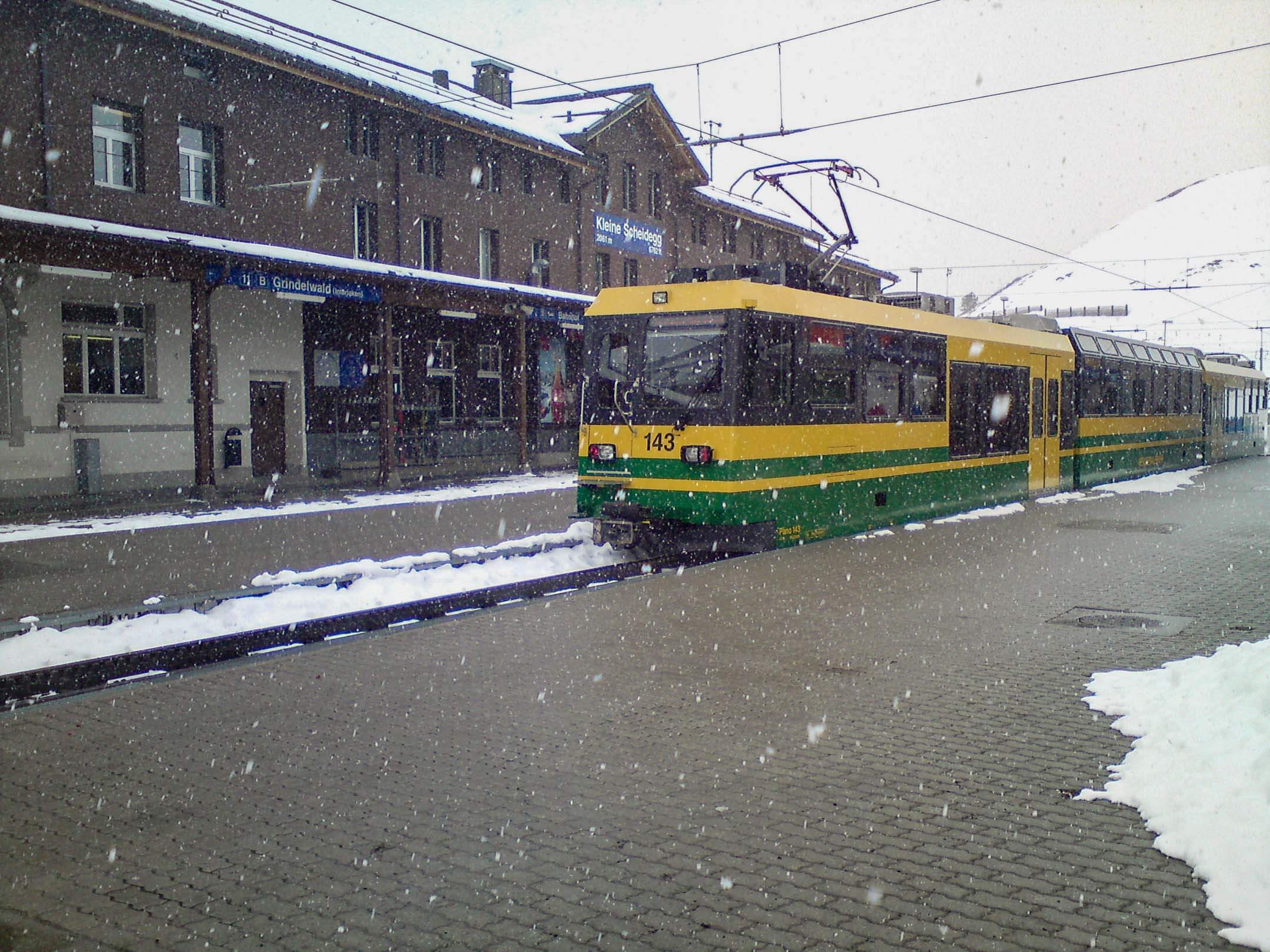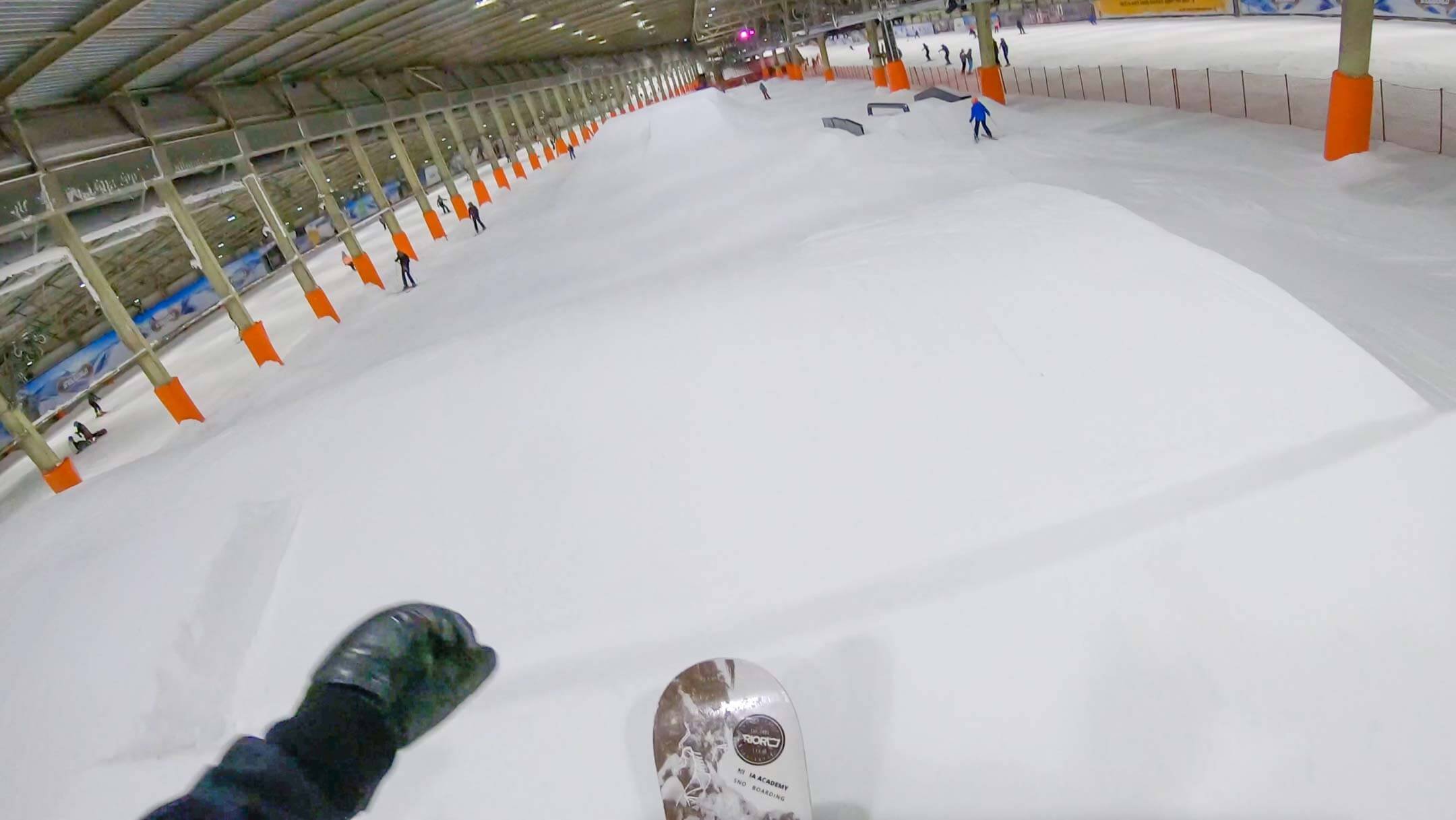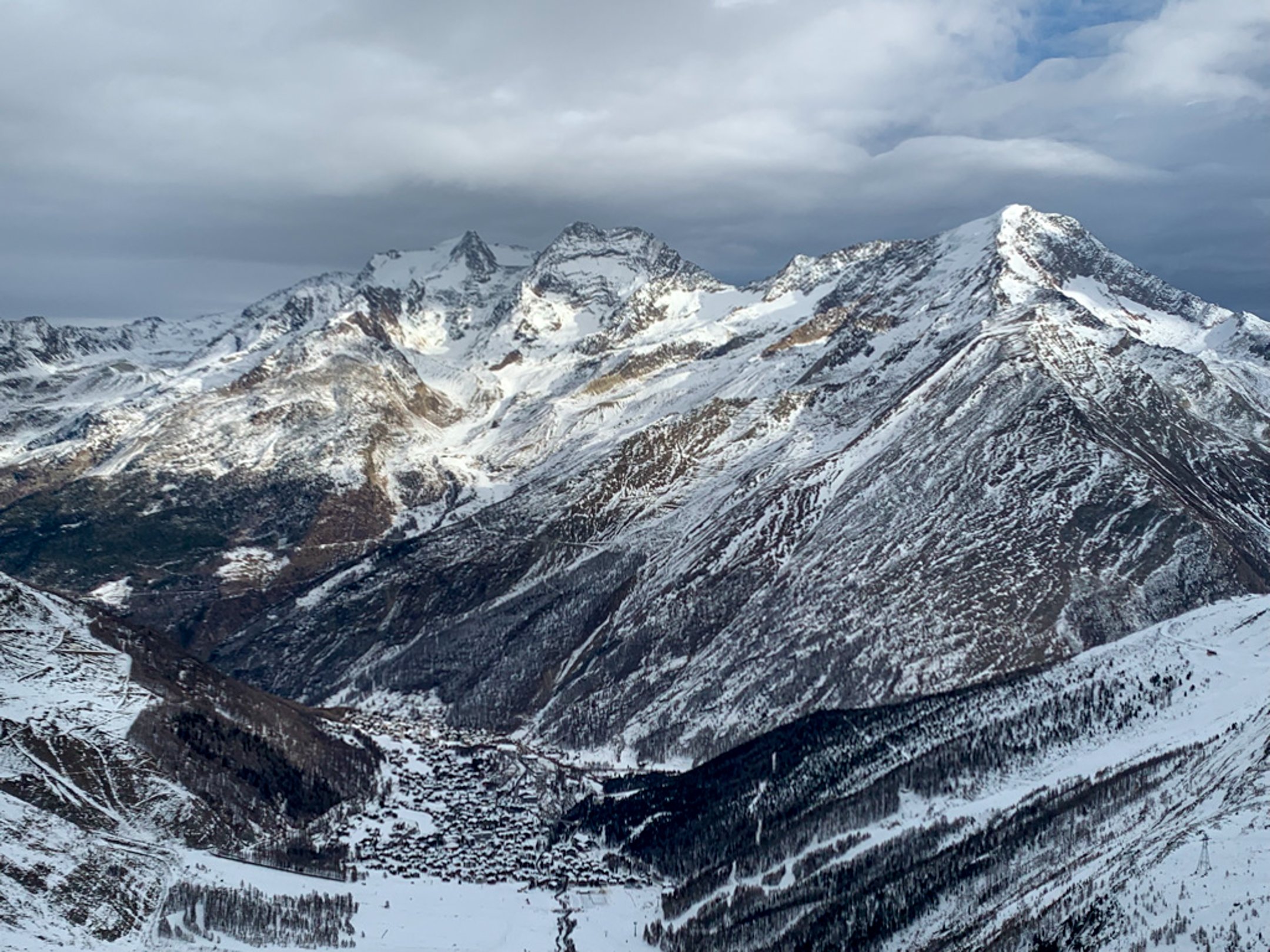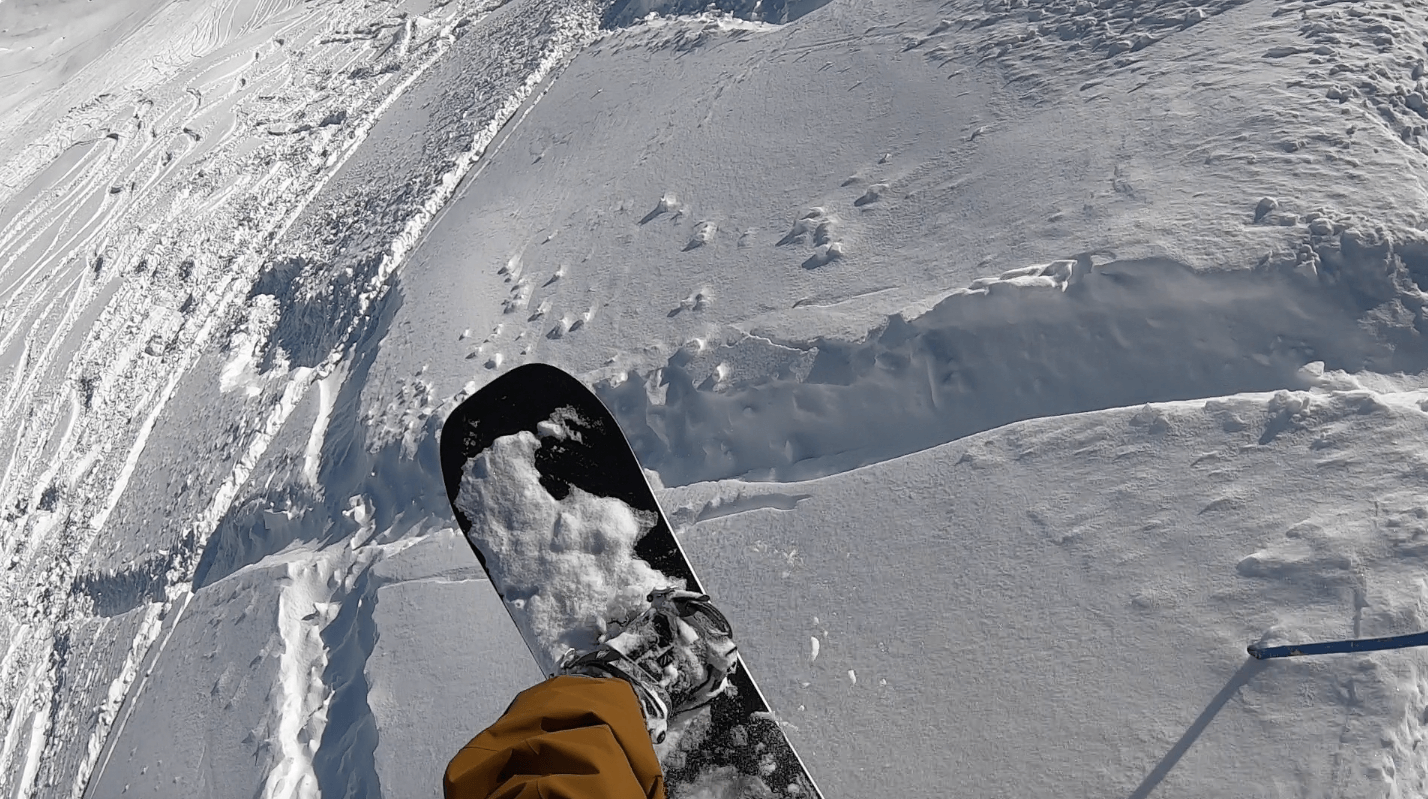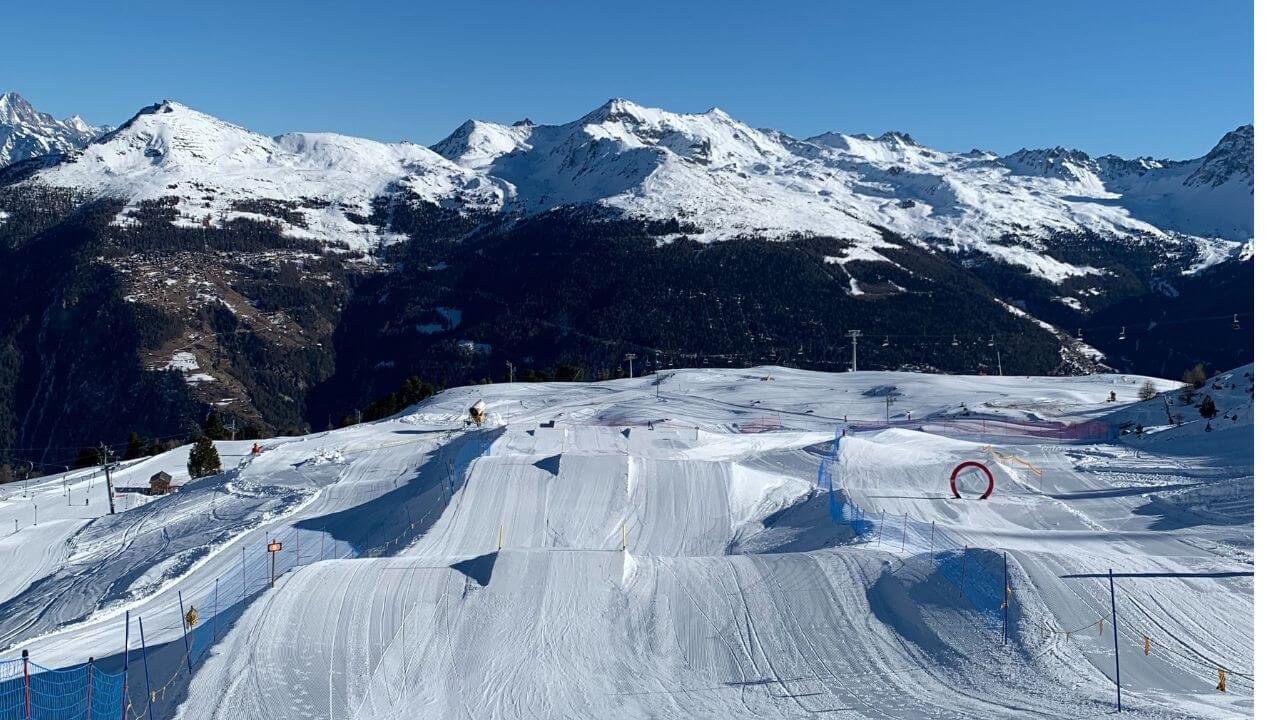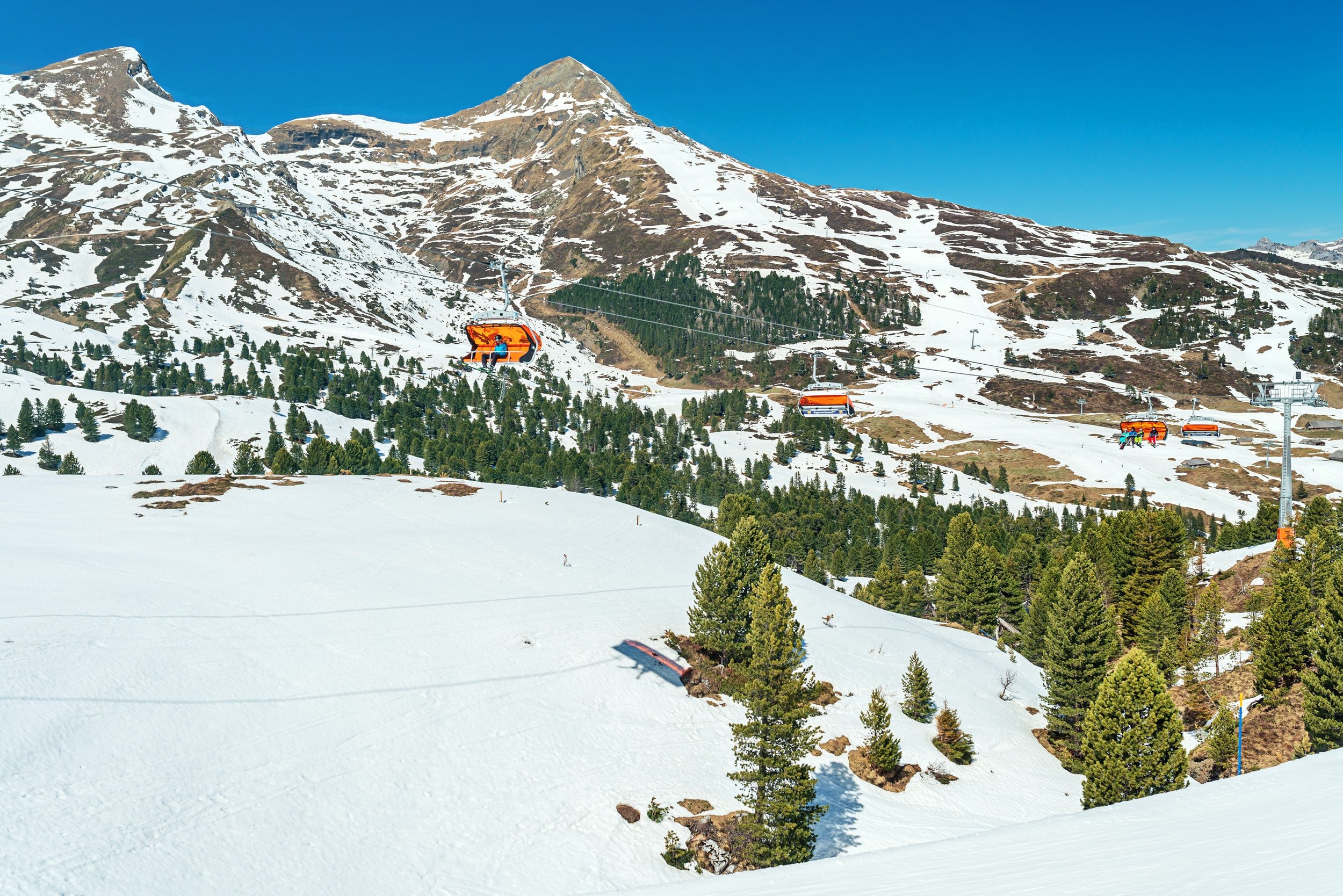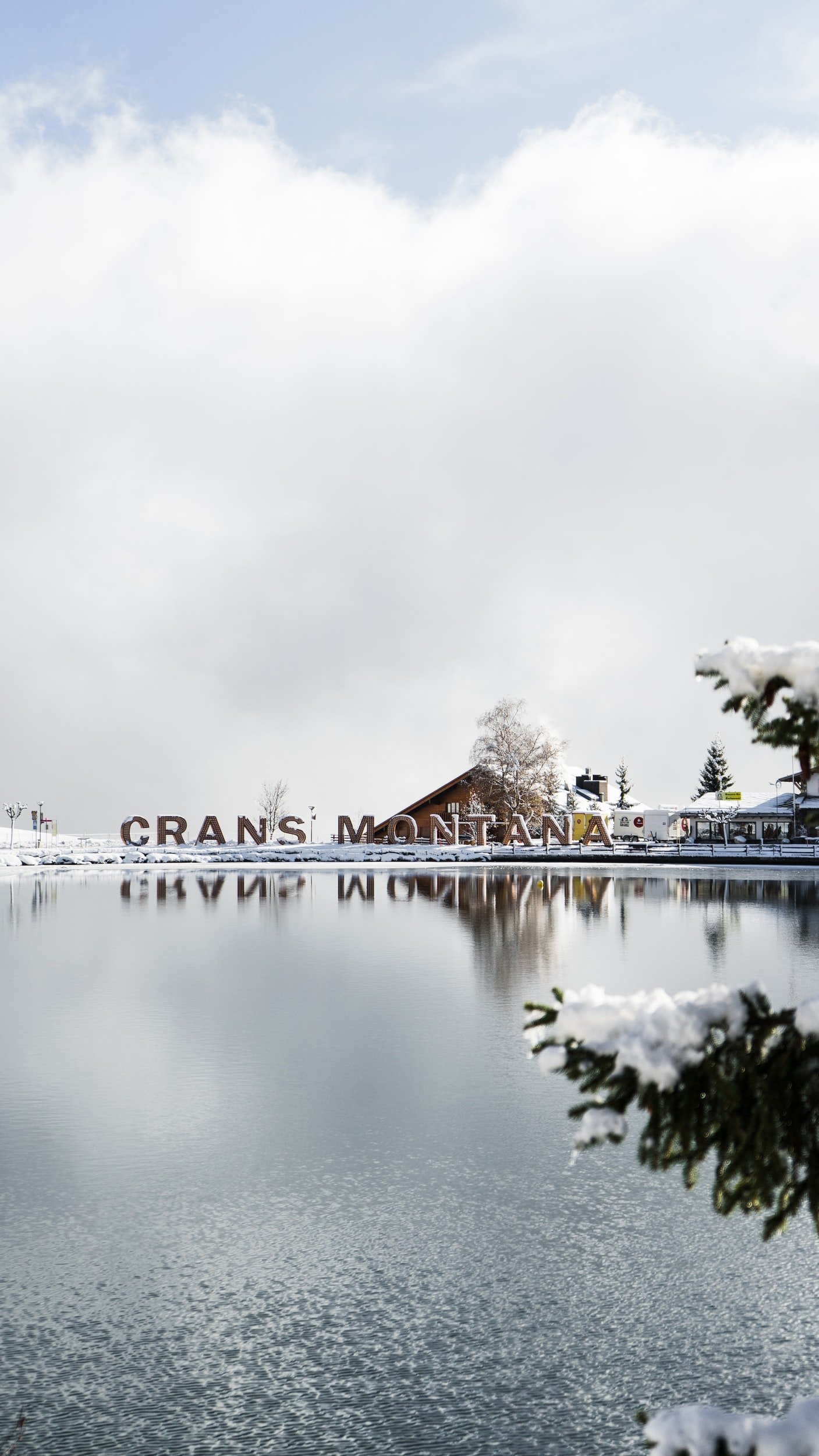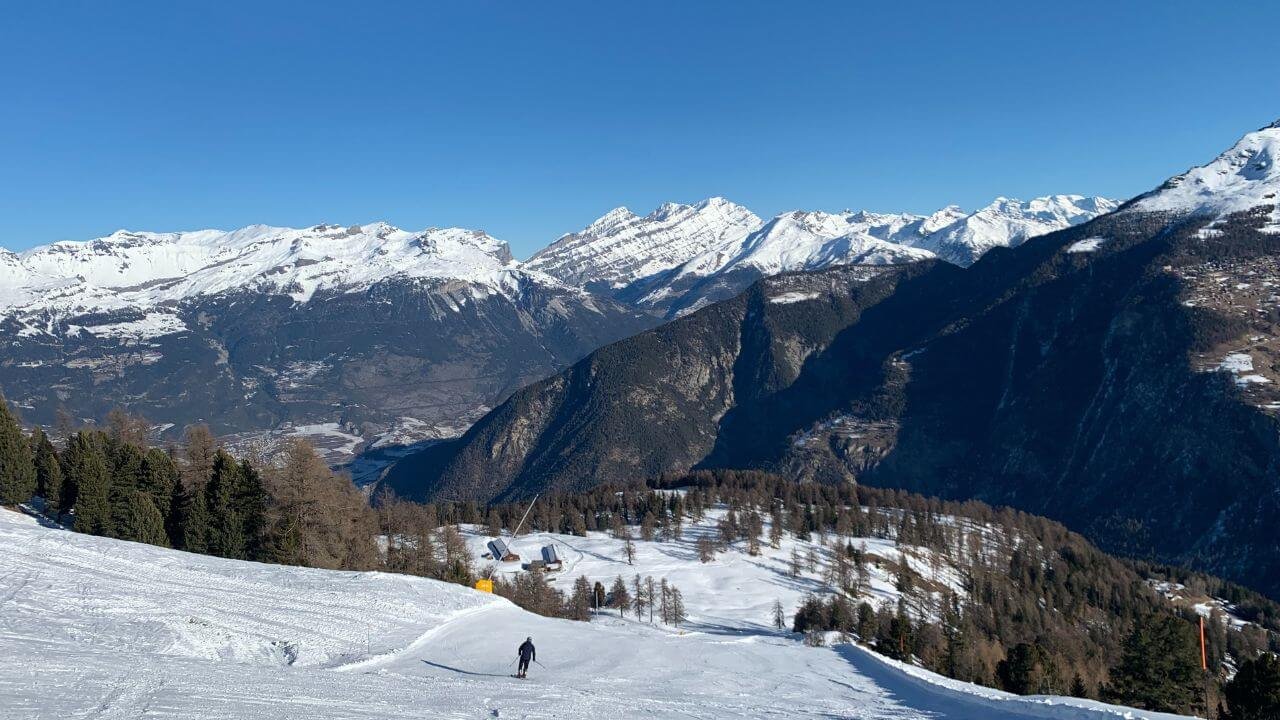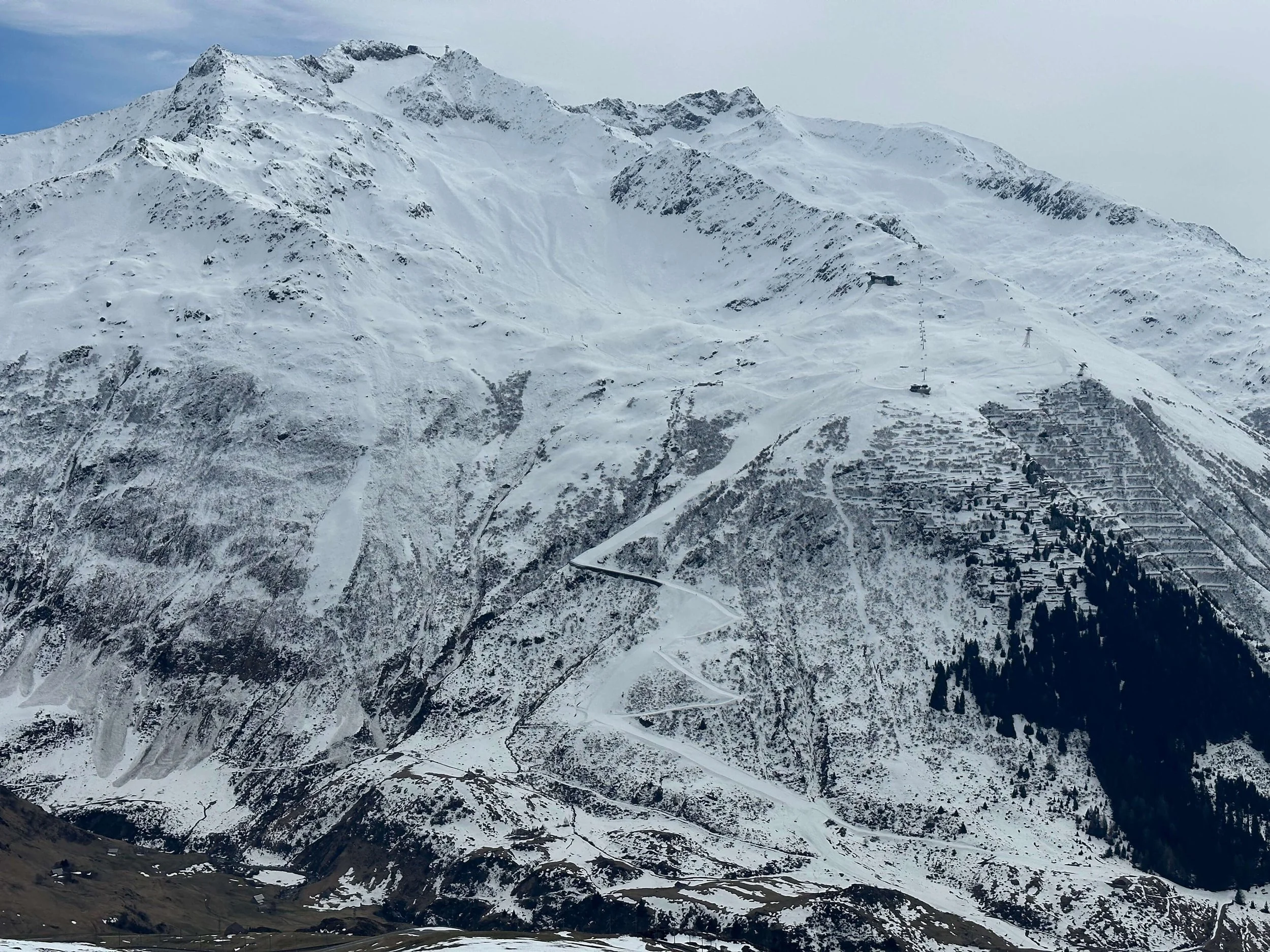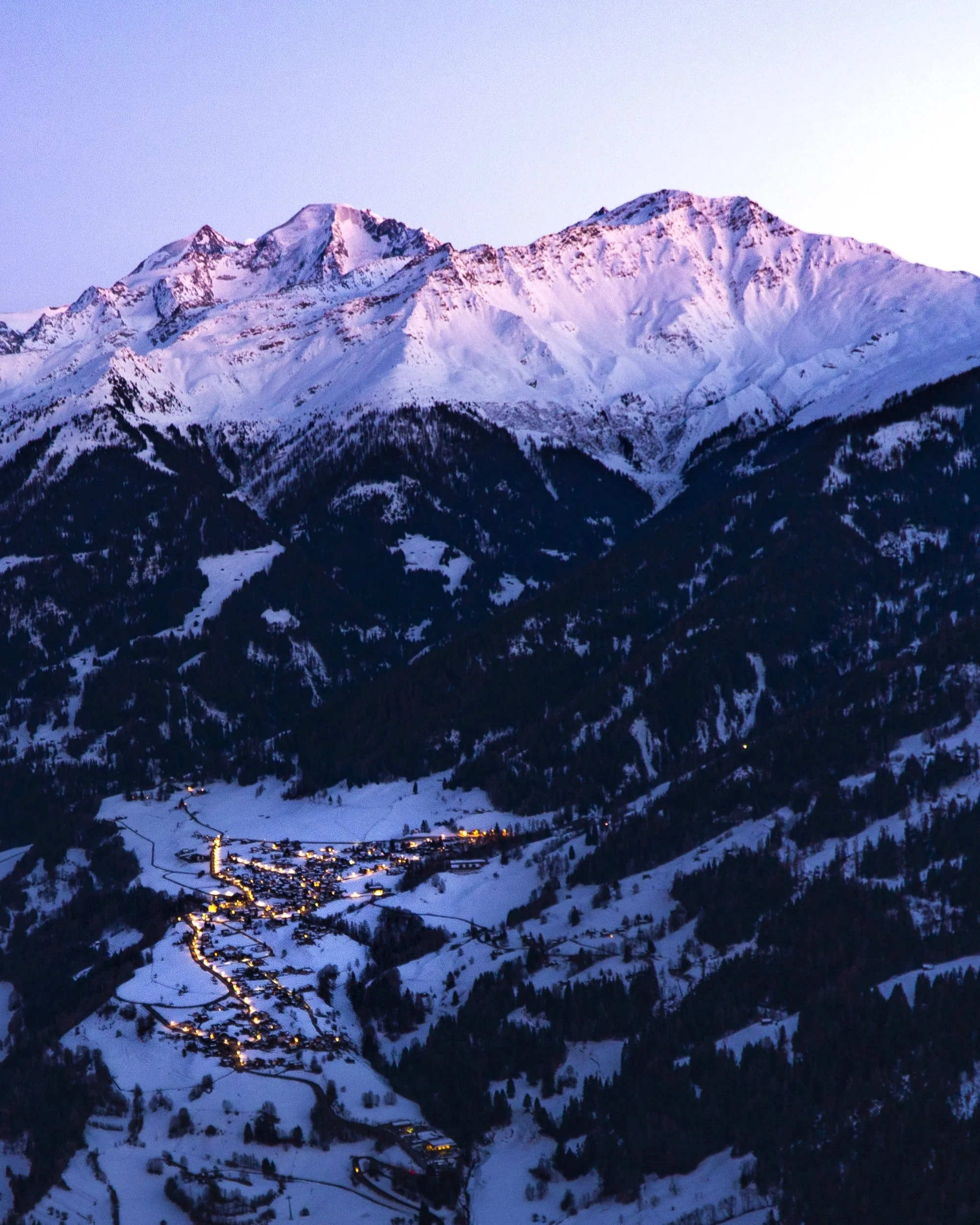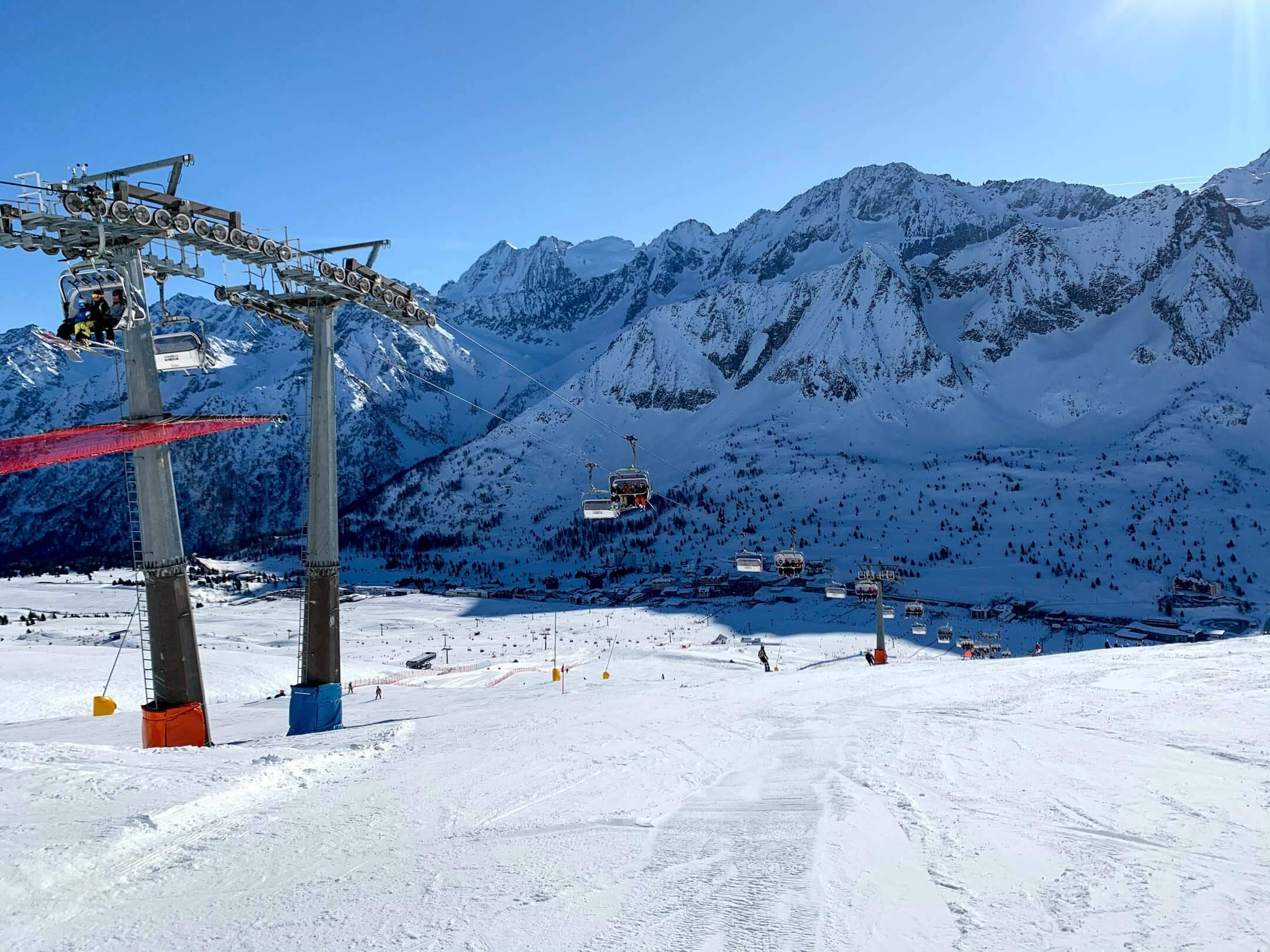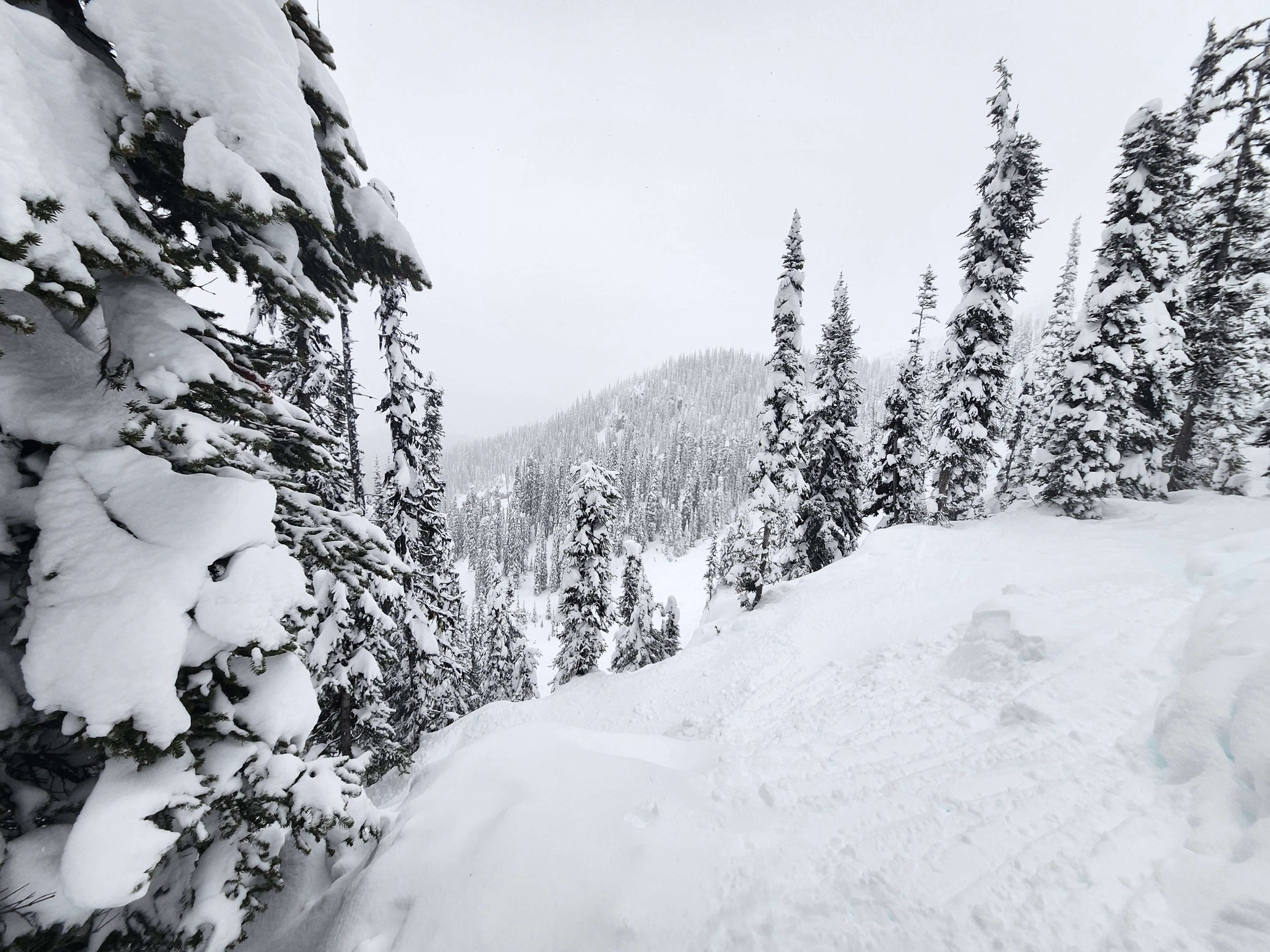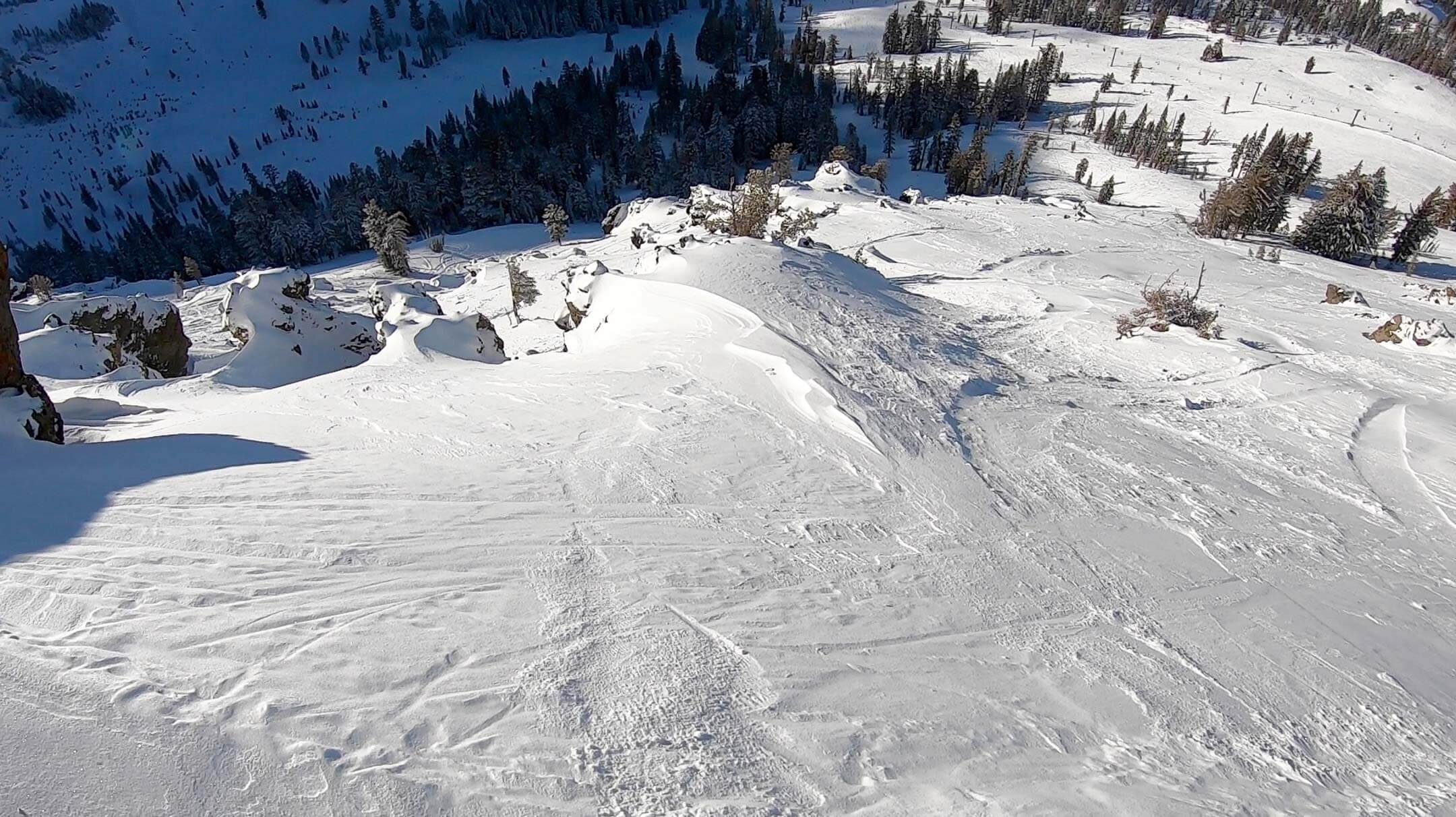The Complete Three Valleys Ski Area Guide
The Three Valleys in the French Alps is one of the largest and most renowned ski areas in the world. Spanning over 600 kilometers of pistes across eight interconnected ski resorts, the Three Valleys offers an unparalleled skiing experience for skiers and snowboarders of all levels. From the charming village of Courchevel to the lively resort of Méribel, this guide will provide you with a comprehensive overview of the Three Valleys ski area, including detailed information on each resort, the best runs, and insider tips to make the most of your ski vacation.
Val Thorens Village Shops
THREE VALLEYS FIRST IMPRESSIONS
The Three Valleys in the French Alps is a truly massive ski area, with over 600 kilometers of pistes spread across eight interconnected ski resorts. As you step onto the slopes, the sheer scale of the terrain can feel almost overwhelming, with endless runs, lifts, and off-piste opportunities beckoning in every direction. However, this vastness is also the Three Valleys' greatest strength, as it means you can continue to explore for days on end, always discovering new and exciting areas to ski or snowboard. Whether you're a seasoned veteran or a first-time visitor, the sense of adventure and the promise of uncovering something new around every corner is palpable, making the Three Valleys a truly captivating and immersive ski destination.
THREE VALLEYS SKI AREA
The Three Valleys ski area is one of the largest and most renowned ski destinations in the world. Encompassing eight individual ski resorts, the Three Valleys offers a staggering 600 kilometers of pistes and 328 ski lifts.
The eight resorts that make up the Three Valleys are Courchevel, Méribel, Les Menuires, Val Thorens, Orelle, Saint-Martin-de-Belleville, La Tania, and Brides-les-Bains. Each resort has its own unique character and terrain, catering to skiers of all abilities.
Courchevel, often considered the crown jewel of the Three Valleys, is renowned for its luxurious accommodations, high-end dining, and challenging terrain. With 150 kilometers of pistes and 58 ski lifts, Courchevel offers a wide range of runs, from gentle beginner slopes to steep, technical runs for expert skiers.
Méribel, the heart of the Three Valleys, is a charming resort with a traditional Savoyard architecture and a lively après-ski scene. With 150 kilometers of pistes and 42 ski lifts, Méribel caters to a wide range of skiers, from families to thrill-seekers.
Les Menuires, located at the heart of the Three Valleys, is a purpose-built resort known for its affordable accommodations and family-friendly atmosphere. With 160 kilometers of pistes and 35 ski lifts, Les Menuires offers a mix of beginner, intermediate, and advanced runs.
Val Thorens, the highest resort in the Three Valleys at an impressive 2,300 meters, is a snow-sure destination with a modern, futuristic feel. With 150 kilometers of pistes and 31 ski lifts, Val Thorens is a haven for advanced skiers, offering some of the most challenging terrain in the region.
Orelle is often forgotten as its sits in the fourth valley the other side of Val Thorens. For me, Orelle is a gamechanger and can be an affordable base to visit Val Thorens and the extended Three Valleys ski area. Orelle stands up in its own right with some great off-piste and some exciting long pistes that ensure it is worth a visit.
VAL THORENS
Nestled high in the French Alps, Val Thorens is a monster ski resort that caters to skiers and snowboarders of all abilities. With an impressive vertical drop of 2,300 meters and over 150 kilometers of pistes, this resort offers a diverse range of terrain to explore.
Val Thorens is particularly well-suited for intermediate and advanced skiers, boasting a vast network of challenging runs and off-piste opportunities. The resort's high altitude, combined with its state-of-the-art snowmaking capabilities, ensures a long and reliable ski season, with snow cover typically lasting from November through to May.
Beyond the exceptional skiing, Val Thorens is a down-to-earth base for a Three Valleys ski holiday. The resort's lively atmosphere, with its array of restaurants, bars, and après-ski activities, makes it a popular choice for those seeking an authentic mountain experience. Whether you're looking to carve fresh tracks on the slopes or simply soak up the stunning alpine scenery, Val Thorens is a must-visit destination.
To learn more about the unique charms of Val Thorens and plan your perfect ski getaway, be sure to read the comprehensive resort guide.
MERIBEL
In the heart of the renowned Three Valleys ski area, Meribel is a ski destination that offers unparalleled access to a vast network of slopes and terrain. As the central resort within the 3 Valleys interconnected system, Meribel boasts a well-balanced mix of beginner, intermediate, and advanced runs, catering to skiers and snowboarders of all skill levels.
The resort's terrain breakdown is as follows: 14% beginner, 40% intermediate, and 46% advanced, ensuring that there is something for everyone. Beginners can hone their skills on the gentle, wide-open slopes, while intermediate and advanced riders can challenge themselves on the resort's numerous steep, groomed runs and off-piste areas.
One of the primary reasons people choose to stay in Meribel is its strategic location within the Three Valleys. This interconnected ski area, the largest in the world, offers access to over 600 kilometers of pistes, 200 lifts, and a diverse range of mountain experiences. From the charming village of Meribel, skiers and snowboarders can easily access the neighboring resorts of Courchevel, Val Thorens, and La Tania, allowing them to explore the entire Three Valleys with ease.
Whether you're a seasoned skier or a newcomer to the sport, Meribel's central position within the Three Valleys makes it an ideal base for your winter adventure. To learn more about the resort's amenities, accommodation options, and the best ways to experience the Three Valleys, be sure to read the comprehensive Meribel Ski Resort Guide
COURCHEVEL
Courchevel is a world-class ski resort celebrated for its diverse terrain, luxury accommodations, and vibrant après-ski scene. Divided into several villages, each offering its own unique charm, Courchevel caters to skiers and snowboarders of all skill levels. With over 150 miles of interconnected slopes, breathtaking alpine views, and a commitment to excellent service, it stands as a premier destination for winter sports..
Courchevel is popular with beginners and intermediates who can benefit from some nice mellow slopes including the Pralong area in Courchevel 1850. Intermediates can take advantage of nearly 70% of the terrain being graded as blue or red which leaves plenty of room to explore.
Those skiers and snowboarders looking for steep runs and challenging terrain can find exactly that from the Combe du Vallon and the top of the Saulire Express. Although Courchevel is popular with beginners and intermediates this benefits the more advanced skier who can find themselves alone on the more challenging runs in the resort.
To Read more about Courchevel read the Comprehensive Courchevel Ski Resort Guide.
LES MENUIRES
Les Menuires ski resort boasts a diverse terrain that caters to skiers of all skill levels, making it an attractive destination for budget-conscious skiers. With a variety of groomed runs ranging from gentle slopes for beginners to more challenging black trails, there is something for everyone to enjoy.
Les Menuires is known for being an affordable base to visit the wider 3 Valleys ski area with excellent links to Val Thorens, Courchevel and Meribel. Les Menuires however should not be considered just an easy base for the 3 Valleys, but a quality ski area in its own right.
The local area of Les Menuires, makes up 150km of the 600km available in the 3 Valleys ski area making a huge ski area in its own right. The ski area offers 1000m of vertical drop and quality snow with skiing possible to 2800m. The Pointe de la Masse area also offers some enjoyable off-piste so should be high on the list of places to head.
To learn more about Les Menuires read the Comprehensive Les Menuires Ski Resort Guide.
BRIDES LES BAINS
Nestled at an altitude of 600 meters, Brides-les-Bains serves as a gateway to the renowned 3 Valleys ski area in the French Alps. Although there is no skiing in Brides Les Bains itself, access to Meribel is possible via the Olympe 1 and Olympe 2 gondolas.
Staying in Brides Les Bains can protect your wallet and leave more money for lift passes but this is not the only reason to stay in Brides Les Bains. The village of Brides Les Bains is well known for its thermal spas which can be the perfect apres ski activity for weary legs.
With a chilled local atmosphere filled with French charm, diverse dining options, and a potential for both relaxation and adventure, Brides-les-Bains is a great destination for skiers and snowboarders heading to the 3 Valleys.
ORELLE
Orelle could be my favourite base to explore the expansive 3 Valleys ski area with a quaint village, a nice local ski area and easy access to nearby Val Thorens, Orelle is worth consideration. In recent times, Orelle has undergone a transformation with a fast gondola installed to link Orelle to Val Thorens seamlessly.
The village has a range of economical lodging options, Orelle attracts budget-conscious skiers but without compromising the experience. I was worried that staying in Orelle would leave me isolated from the 3 Vallees. With the new lifts, this really isn’t an issue.
Locally, Orelle boasts a mix of runs that cater to all skill levels, from gentle beginner slopes to challenging pistes for advanced skiers. I personally had a fantastic time exploring the off-piste in Orelle which was really enjoyable.
Orelle itself will be a quieter experience than staying in Val Thorens, Meribel or Courcehvel which may suit families who will make the most of the quieter slopes and family friendly village.
To learn more read the Comprehensive Orelle Ski Resort Guide.
SEASON DATES
The Three Valleys ski area, one of the largest and most popular ski destinations in the world, typically opens its lifts and slopes in early December and runs through late April. Specifically, the opening date often falls on the first weekend of December, although exact dates can vary yearly depending on snowfall and weather conditions. It's common to find resorts within the area, such as Courchevel, Méribel, and Val Thorens, initiating their ski seasons with festivities and early-season discounts to attract skiers. As conditions improve and the holiday season approaches, the full range of runs and facilities are usually available by mid-December, providing a comprehensive skiing experience and optimal snow conditions for all levels of enthusiasts. Val Thorens as the highest resort in the Three Valleys has been known to open earlier than the other 3 Vallees ski areas.
THREE VALLEYS PISTE MAP
Grand Massif Piste Map
THREE VALLEYS INFRASTRUCTURE
As you would expect from a world-class ski resort, the Three Valleys invests heavily in its lift infrastructure. Across all of the ski resorts you will find high-capacity gondolas, super fast chairlifts and the more mellow magic carpets for beginners. Overall, the Three Valleys (Les Trois Vallées) is home to an impressive network of 180 ski lifts, making it one of the largest ski areas in the world.
Notable among these are the iconic Gondola de la Saulire, which provides access to some of the highest slopes at 2,738 meters, and the Grand Reverse chairlift, famous for its panoramic views of the Mont Blanc massif. Throughout the 3 Valleys the lifts work to join together the eight resorts, making it possible to ski easily between them.
Although there are some older ski lifts still lingering in the 3 Valleys, it is clear that each year the ownership is working to improve infrastructure as required. Recent examples of this are the new Orelle gondola and improve Saulire. I was particularly impressed with the lift system in Val Thorens which handled holiday crowds really well ensuring I barely waited in-line.
THREE VALLEYS ACCOMMODATION
The Three Valleys, one of the largest skiing areas in the world, offers various options for accommodations catering to families, budget travelers, and those seeking a lively nightlife. For families, Les Menuires stands out with its family-friendly amenities, ski schools, and easy access to beginner slopes, making it an excellent choice for those with children. If you're looking to save some money, Moutiers or Brides Les Bains are convenient and economical bases, providing lower-cost lodging and easy access to the ski areas. For those interested in vibrant nightlife and a party scene, Val Thorens is the place to be, boasting a host of bars and clubs that stay open late, ensuring an energetic atmosphere after a long day on the slopes. Val Thorens is also home to Club Med, which makes for a fantastic all-inclusive option directly on the slopes.
THREE VALLEYS PROS
The 3 Valleys is the largest combined ski area in the world, this means it is unrivalled in terms of variety and new places to explore.
The 3 Valleys offers something for everyone with certain villages meeting the needs of different clientele. This means that whether you are a student or work on Wall Street, you will find accommodation in your price range.
Intermediates will love the 3 Valleys for exploring between the resorts. The majority of terrain is graded as blue or red and with swift connections between the villages it’s easy to explore.
Off-Piste in the 3 Valleys is epic and there are a number of incredible runs to head to when the conditions are right!
The 3 Valleys has a long season, usually starting and finishing in Val Thorens, but there high-altitude of its resorts ensure good snow cover throughout the season.
THREE VALLEYS CONS
This one is personal for me, the money. Some parts of the 3 Valleys are flash with cash and marketed towards the world’s wealthiest visitors. For the average Joe, this can make dining and accommodation expensive when compared to other combined ski areas like the Grand Massif or Paradiski.
Crowds can be an issue during peak times at some pinch points. This however is regularly addressed by improving lift infrastructure across the ski areas.
THREE VALLEYS GALLERY
FINAL THOUGHTS
The Three Valleys is incredible. There really is so much to enjoy about a visit to the Three Valleys ski area. Sure I have my favourite areas, and there are definitely villages that I would never stay in, but ultimately that’s the magic of this place. Find the resort village that suits you and your group and use that as a base to explore this huge ski area.
DISCOVER THREE VALLEYS
THREE VALLEYSVIDEOS
RELATED POSTS
The Complete Grand Massif Snowboard Guide
A combined five-resort ski area with reliable snow and affordability not found in other parts of France, the Grand Massif is a trip everyone should consider. From the super resort of Flaine with its art deco buildings and sculptures on the slopes to the quaint village feel of Samoëns, you can find something for everyone in Le Grand Massif. The Grand Massif combines the five resorts of Flaine, Les Carroz, Samoëns, Morillon and Sixt-Fer-A-Cheval to provide access to 265kms of slopes with a good snow record.
View before dropping into the Tete de Saix
GRAND MASSIF FIRST IMPRESSIONS
Arriving in the Grand Massif has always been hassle-free on each of my trips there. Access via transfer from Geneva airport is seamless and the transfer times to the villages are not excessive. My first trip to the Grand Massif saw me stay in Samoëns where access to the ski area is via Grand Massif Express or Vercland gondolas. Facilities and lift infrastructure throughout the Grand Massif is brilliant.
GRAND MASSIF SKI AREA
The Grand Massif Ski Area is home to five unique French Ski Resorts. Combined they account for 265km spread across 152 pistes which makes remarkable value when a season pass can be purchased for under €600 (Early Bird Pricing). The ski area of the Grand Massif doesn’t stand out as groundbreaking in that it is not the steepest or the largest however, it is well-equipped to deliver an exceptional package to its guests.
The Grand Massif can be considered one of the best combined French ski areas to visit with its extensive piste map with connecting trails offering something for the whole family. Half of the terrain in the Grand Massif is marked as green or blue pistes which means it can be great for those learning to ski or intermediates looking to explore a larger area.
The fact that the Grand Massif caters well to beginners shouldn’t put off the more able skier or snowboarder with the variation of terrain across the resorts offering substantial challenges. There are several interesting black trails and some easily accessible off-piste including Agate which is accessible from Flaine’s highest point, Tete Des Lindars (2561m).
Each resort making up the Grand Massif offers something different, so it is well worth investing in a full area pass. This is especially true given that it is not a big deal to ski from one end of the piste map to the other, which can be the case in the larger Portes Du Soleil and Three Valleys ski areas.
You can travel between the resorts of Flaine, Les Carroz, Morillon, Samoëns and Sixt using chairlifts or free shuttle buses. On piste- the links between the resorts are also well-established with plenty of options to ride between the resorts. I enjoy the Grand Massif for not being restricted to one ski area for a day. In contrast to the 3 Valleys where you may opt to ski in Val Thorens for a day and then Meribel on another, the Grand Massif is big enough to make it interesting but small enough that skiing multiple resorts in a day is not just possible but advisable.
FLAINE
Flaine represents the highest point in the Grand Massif at 2500m, ensuring a consistent snow record throughout the season. A year-round resort, Flaine comes alive in the winter and is the most well-known resort in the area.
Flaines Village as seen from a Mountain Restaurant
The pistes in Flaine are well-maintained and were designed by Emile Allais, a former French Ski Champion. The beginner’s area at Flaine is perfect for establishing those first turns. However, I would still opt for lessons in nearby Samoëns, which provides a great space for learning including a children’s park.
Intermediate skiers and snowboarders will enjoy Flaine’s expanse of terrain and easy access to the nearby resorts. There is some interesting tree riding to be found and those looking for a challenge should head towards Gers Bowl, especially when there is fresh snow.
Flaine is serviced by fast lifts and a combination of chairs and gondolas can be found. A ride on the Flaine bucket lift is a unique experience. Perhaps for beginners, the best thing about Flaine’s lift system is free access to the moving carpets, ensuring an option to self-learn.
READ THE FULL FLAINE SKI RESORT GUIDE HERE
LES CARROZ
Les Carroz sits in the heart of the Grand Massif and is an ideal location to explore the rest of the resorts. With easy access to Flaine, Samoëns and Morillon it is easy to see why so many people choose Les Carroz as their base.
Les Carroz ski resort is relatively small with 37km of local pistes however this stat doesn’t do it justice. There is plenty of fun to be found away from the piste, through the trees and in the off-piste near Corbalanche and the Tete de Saix. As a small resort, Les Carroz benefits from being part of the wider Grand Massif ski area but equally stands alone as a resort that offers a good all-round package. Les Carroz boasts a pretty awesome terrain park and boarder cross track, as well as a couple of challenging black pistes.
READ THE FULL LES CARROZ SKI RESORT GUIDE HERE
SAMOËNS
If you are looking for a slightly different ski holiday base, then Samoëns certainly offers you an alternative to purpose-built on-mountain accommodations. The beautiful village at the base of the Grand Massif Express gondola has a quaint town centre which hosts nice restaurants, ample shopping and entertainment for the children. The village of Samoëns is amongst my favourite bases for any ski holiday.
The resort itself is found above the village and is accessed via either the Grand Massif Express or Vercland gondolas. Samoëns ski resort is possibly the most versatile ski area in the Grand Massif. Ranging from one of the largest beginner areas in the French Alps to challenging off-piste skiing and snowboarding. Beginners will find everything they need in Samoëns with a steady progression of runs serviced by magic carpets and chairlifts, although this area can become a bottleneck for crowds in peak weeks.
Intermediates will love the Coulouvrier chairlift, a high-speed chair currently the longest in Europe at 2.9km, which accesses blue and red runs that pass through a natural bowl. Additionally, the run down to the old Vercland bubble gives ample opportunity for stretching those legs.
Advanced skiers and snowboarders will want to make a b-line for the Chariande Express chairlift before the crowds and move away from the resort base. From here they will have the option to drop into an unpisted bowl or head over to the Tête de Saix.
READ THE FULL SAMOËNS SKI RESORT GUIDE HERE
MORILLON
With one of the lowest altitudes out of the Grand Massif resorts at 1100m you could be forgiven for ignoring Morillon, this would be a mistake. The local area has 45km of trails which are home to some of the best cruisey pistes in the entire Grand Massif.
Beginners and intermediates will enjoy the wide pistes in Morillon with the 7km Marvel Slope a particular highlight. Winding its way through the trees Marvel Slope is a great place to spark that excitement in young skiers. In Morillon, you can ride down to the village which is a fantastic way to end your day on snow.
Unfortunately, the lower terrain in Morillon is rarely in action these days with the lower reaches of Morillon struggling with little snow below 1100m. Luckily the 650m of vertical drop between the top of Sairon chair and the gondolas mid-station. offers some fantastic terrain.
I have spent multiple weeks based in the village of Morillon and am fond of it. Morillon is a quieter base for your Grand Massif ski holiday, but with easy access to Les Carroz and Samoëns in addition to the local area, Morillon can be a great budget base for your Grand Massif trip.
READ THE FULL MORILLON SKI RESORT GUIDE HERE
SIXT
Sixt is a ski resort set amongst a nature reserve that is unspoilt by the modern world and mega-resorts that sit around it. The finishing point for the incredible 14km Cascades piste that starts with views of Mont Blanc before ending in this beautiful French village. Sixt is a resort of culture and heritage. You head to Sixt to step away from the crowds and take in the surroundings. At only 765m snow can be sketchy towards the end of the season however the Rouget waterfalls will be a draw.
Sadly skiing and snowboarding in Sixt fer a Cheval is becoming a thing of the past. Last winter (23/24) I don’t recall the ski area in Sixt being open at all and the Cascades trail from Flaine was also noticeably absent. If you are staying in Sixt don’t fret as you have free shuttle buses linking the village to Samoëns and Morillon where you can access the Grand Massif ski area.
SEASON DATES
The season in the Grand Massif runs between December and April. Although all resorts will have good snow throughout the season Flaine will have the best conditions in early and late season. Sixt can suffer from poor snow towards the end of the season, due to its altitude at 750m, but this makes it an affordable base with free buses connecting you to other resorts.
GRAND MASSIF PISTE MAP
Grand Massif Piste Map
TRAVEL AROUND THE GRAND MASSIF
With 265kms of terrain it can be easy to feel overwhelmed with the decisions of where to ski each day. However, with the Grand Massif being so well connected, it is fairly easy to ski across all of the resorts in one ski day. Travelling between the ski resorts of Flaine, Morillon, Les Carroz, Samoëns and Sixt Fer a Cheval is possible via the connecting lifts or in some cases free shuttle buses.
GRAND MASSIF CHAIRLIFTS
The main way to move between the resorts of the Grand Massif is to use the linked chair lifts. The links are fast chairs and allow for large amounts of people to move between the resorts fairly easily. Just be sure to keep an eye on the times that each link will close so as not to get stuck in the wrong resort. Sometimes the linked chairlifts close due to high wind, this was rare during my visits but was communicated brilliantly by staff at each chair.
The Tete de Saix is the main crossroads of the Grand Massif with the following lifts all meeting on or close to the Tete de Saix; Coulouvrier (Morillon), Chariande Express (Samoëns), Tete de Saix (Les Carroz) and Corbalance (Les Carroz). From here it is easy to ski directly into the aforementioned resorts or head to the Vernant chair which accesses Flaine.
GRAND MASSIF BUS ROUTES
Included with your Grand Massif lift pass is free access to the inter-resort shuttle buses. The routes are colour-coded so it’s fairly simple to navigate. Although there is a timetable for the buses, they are not always regular so be sure to plan.
Sixt, Morillon and Samoëns are linked by bus with a few different routes heading to the varying lift stations. If you are based in Sixt and do not have access to a car it is likely you will need to rely on the bus service to move between the resorts. Skiing between Samoëns and Morillon is simple but the buses are there as another option if needed.
Flaine has local buses that run around its village dropping skiers and snowboarders back to their accommodation. From Flaine, you can take a bus to Les Carroz however it is most likely you will choose to ski this route instead.
DRIVING
Driving is an option I would certainly consider if returning to the Grand Massif. Samoëns offered free parking in the base area of the Grand Massif Express and this might make other aspects of a self-catering trip more practical. Similarly, there is free parking at Morillon gondola and various lifts in Les Carroz. It is worth noting that Flaine is a car-free resort so bare this in mind.
TRAVEL TO THE GRAND MASSIF
When visiting the Grand Massif I have always booked a transfer from Geneva Airport. This method of getting to the Grand Massif has always seemed the most simple and I have never felt like I needed a car. Companies like Go Massif and Alpin Bus offer regular transfers from Geneva Airport.
To check transfer prices you can search for the best deals below.
GRAND MASSIF ACCOMMODATION
Being such a varied combination of ski areas the Grand Massif can offer accommodation to suit all budgets and tastes. On the top end of the scale is the Club Med in Samoëns, offering an all-inclusive option with ski in ski out location that would be perfect for families. The upmarket village of Les Carroz offers some plush accommodation options but if you have a lower budget don’t be put off. I stayed in a budget apartment in Les Carroz and found it a perfect base from which to enjoy the Grand Massif. Similarly, I found a budget apartment in Samoëns for a New Year trip in a location adjacent to the Grand Massif Express. As with most French ski areas, there is the option for an apartment on the slopes with Samoëns 1600 and Flaine being great options.
GRAND MASSIF PROS
Grand Massif Season Pass costs only €489 if purchased before mid-December.
The Grand Massif offers 265km of pistes on one lift pass.
The Grand Massif has a variety of ski areas with each resort offering something different.
Snowsure skiing in Flaine until late April makes a Grand Massif ski trip reliable.
The villages of the Grand Massif offer a short transfer time from Geneva Airport.
GRAND MASSIF CONS
Samoëns base area can get crowded during peak weeks.
High winds can close the linked chairlifts between different resorts.
GRAND MASSIF GALLERY
FINAL THOUGHTS
I am incredibly fond of my visits to the Grand Massif which have offered an expanse of skiable terrain at a reasonable price, especially for France. During my rips I have experienced the best and worst of the possible snow conditions however I have always found a way to get some enjoyable skiing in. The Grand Massif should be on your bucket list if you are looking for a multi-resort ski area with some brilliant terrain and something for the whole family.
DISCOVER GRAND MASSIF
https://www.grand-massif.com/en/
GRAND MASSIF VIDEOS
RELATED POSTS
A Guide To Snowboarding In Japan
Japan quite simply is a snowboarding trip like no other. If the idea of perfect trees, untouched powder and unwinding in an onsen sounds like your dream, well you can live it in Japan! Japan is a mix of the best skiing you are likely to experience and a cultural holiday in a country that is full of surprises. Everything from endless snowfall to the stunning Japanese Alps and a journey on a bullet train make Japan a place every skier and snowboarder should visit.
Skiing and snowboarding in Japan is amongst the best powder skiing in the world. Known worldwide for the copious amounts of snowfall falling between December and March, Japan is the perfect powder ski trip. What makes snowboarding in Japan even better? The trees! In Japan, you will discover glade skiing unlike elsewhere in the world.
Regulars to Japan will speak of the incredible snow conditions with resorts receiving upwards of 10m of snowfall. Some Japanese ski resorts even report DOUBLE that. Regular big dumps of snow are expected during late January and February so these are great months to plan your visit. What’s more, Japanese snow is incredibly light and dry making it perfect for throwing up into those face shots.
Face Shots Hakuba Cortina Trees
Skiing and snowboarding in Japan is split between the North and South islands. Hokkaido on the North Island is where people head in search of major powder stashes. The ski resorts of Niseko and Rusutsu are probably the most popular resorts in the north of Japan with copious amounts of snow falling between January and March. Niseko is very popular with tourists and if you prefer a quiet resort vibe Japan always has some smaller local resorts to explore.
The South Island offers skiing within a few hour’s train ride from Tokyo airport with Hakuba being amongst the most popular. The Hakuba Valley is a combination of ten ski resorts that are all available on the same lift pass. Each resort offers something different, from Happo One (former Olympic hosts), Sanosaka (a small local resort with no crowds) and Tsugaike (some of the best tree skiing). Away from Hakuba, the resorts of Myoko, Shiga Kogen and Nozawa Onsen are gaining popularity.
Japanese ski resorts are not just about powder laps through the trees….there is also a big freestyle scene. Terrain parks in Japan are well thought out with a good range of features. One example is Hakuba 47 which makes the most out of a small space with a full park set-up including; a small, medium and large jump line, a half-pipe and some small rail features. Japanese skiers also love bumps leading to resorts developing purpose-built mogul lines. Norikura has a freestyle moguls course and Goryu has a mogul line down its steep frontside.
After a full day of riding leg-burning powder, you may want to find a way to relax. Luckily the Japanese have just the answer, the onsen. Onsens are an incredibly important part of Japanese culture. An Onsen is a Japanese thermal bath or hot spring that can be found in every region. There are strong rules involved in onsen use that need to be adhered to. Most onsens operate a no swim-suit policy and you will need to wash thoroughly before entering. This can put some people off but you can find private onsens to protect your modesty.
Equally Japanese food is a huge part of the experience. There are plenty of international options for the less adventurous but be sure to try some local dishes as well.
Japan ski holidays can be taken during the months of December through to April. The Japanese ski season is longer in the southerly resorts with Hokkaido receiving its huge snowfall during January to March. The famous Japan powder skiing is made possible by resorts receiving between 10 - 18 metres of snowfall throughout the winter. To put that in perspective, famous European resorts such as Verbier, known for its freeride, receive an average of 6 metres of snow in winter.
Away from the snow, Japan offers plenty of cultural experiences. The numerous temples and historical sites can provide an insight into Japanese culture, whereas trips to visit the snow monkeys are well worth it!
TRAVELLING TO JAPANESE SKI RESORTS
FLYING TO JAPAN
To arrive in Japan you will most likely transit through Tokyo’s Narita International Airport. Depending on whether you will be snowboarding on the North or South Island will determine your next steps.
HONSHU
For international visitors, Honshu may be a more favourable destination. Flying into Tokyo is easy from pretty much all around the world and the transport links are fabulous. Depending on your budget coaches run from Tokyo Narita to most major ski areas or if speed is important the bullet train will get you there faster. There are even options direct from the airport that allow you to send your baggage ahead so you can get the train hassle-free.
HOKKAIDO
Getting to Hokkaido generally means taking a connecting flight from Tokyo. The most popular airport for Hokkaido arrivals is Sapporo New Chitose Airport. New Chitose Airport is the closest to Niseko United which is the most popular of the Hokkaido ski areas. There is the opportunity to transfer to New Chitose Airport from other international airports such as Singapore.
If you would prefer to take a journey to Hokkaido on the famous Japanese rail network then this is also possible. The North and South Islands of Japan are linked via an underground rail tunnel. Taking the train to Hokkaido from Tokyo will be a much longer journey (7-8 hours) but it will be the best way to see Japan.
RESORT REVIEWS
FREQUENTLY ASKED QUESTIONS
Is skiing in Japan expensive?
In general ski holidays are pretty expensive but there are always ways to cut costs. Japan in itself can be considered an expensive country to visit but in terms of skiing, there are certainly ways to cut costs. Currently, skiing in Japan is available on the Epic Pass in Hakuba and Rusustu which will be music to the ears of American readers. Getting five days in both areas will already see Epic Pass holders saving money when using their pass. Lift tickets in Japan are considerably cheaper than some European or American ski resorts. Bearing this in mind it is possible to save on the cost of your Japanese ski trip. My advice, spend less on your accommodation as in Japan you will want to spend as little time there as possible!
What is the best month to ski in Japan?
The best month to snowboard in Japan is probably February if you want to have your best chance of epic powder conditions. Late January is also great with an incredible snow record as well. If you are looking for a bargain consider heading to Japan for spring skiing in April although some resorts will be closed by this time.
Does Japan have good ski resorts?
Simple answer, Yes. Forgetting the epic conditions for a minute, Japan has plenty of great ski resorts with fantastic facilities. You will find base lodges and restaurants, ski rentals and stores that will serve all your needs. There are modern lifts in resorts, although a number of old single or double chairs still remain. Sometimes a slower lift is needed in Japan to help you recover from the last powder lap!
Is skiing in Japan good for beginners?
Japan has plenty of beginner-friendly ski resorts that would be perfect for learning to ski or snowboard. Sanosaka has nice gradients for learners and Happo has a number of popular ski schools. Learning to ski or snowboard in Japan would be pretty interesting with the opportunity to learn on a pow day! Even less reason to be worried about falling over!
What is better Niseko or Hakuba?
Probably the two most popular Japanese ski areas; Niseko and Hakuba offer something different. Hakuba combines skiing and snowboarding across 10 resorts on the same pass making it incredibly diverse. Hakuba has a longer season with a good quality of snowfall although Niseko tends to receive more snow. What is obvious to me is that both ski areas are worth visiting.
Where do you fly to ski in Japan?
Arriving in Japan from international destinations means it is likely you will transit through Narita International Airport in Tokyo. If heading to the North Island there are plenty of international transits that have connecting flights to Sapporo. If staying on the South Island, from Narita you can take the train or bus to reach your final destination.
How cold is skiing in Japan?
Really guys? How is this a most asked question? Skiing in general is going to happen in cold conditions. Dress for it and you will be fine. That being said Hakuba averages temperatures of zero to minus five degrees throughout the winter! That’s perfect for Japan’s quality of snow! The cold is a blessing!
What is the largest ski resort in Japan?
Ski resorts in Japan tend to be smaller than European ski resorts. That’s a huge benefit of ski areas like Hakuba which have a number of resorts combined on the same lift pass. The largest stand-alone resort is Shigakogen Mountain Resort which has over 80km of slopes.
WHY SKI OR SNOWBOARD IN THE JAPAN
Planning a ski or snowboard trip to Japan is a no-brainer. The quality of the snow conditions in Japan tends to be better than anywhere else in the world. If powder is your thing, just book now. Japan also offers a decent variety of skiing experiences from the well-developed modern ski areas of Niseko and Hakuba to the more locally orientated yet-to-be-discovered ski areas.
Away from the snow, Japan could just open your mind to a whole different way of life. The culture in Japan varies dramatically from the one back home and learning more about Japan was certainly worth it. Taking time away from the snow to discover Tokyo, ride a bullet train or participate in Onsen will be well worth the effort.
JAPAN SKI RESORT SNOW RECORD
More snow than anywhere else on the planet on a more regular basis. That is a pretty fair assessment of the snow record at Japanese ski resorts. Japan tends to receive between 10m-18m of snowfall throughout the winter. The North Island resorts will reach the upper end of that number whereas Hakuba Cortina and Tsugaike tend to receive around 12m on average.
MULTI RESORT PASSES
Both the main American multi-resort passes include ski days in Japan. Epic Pass allows 5 days of skiing in Hakuba and 5 days at Rusustu. The IKON pass includes 7 days of skiing at Niseko. Even Indy Pass is getting in on the act by including skiing in Japan!
Within Japan, there are a number of multi-resort passes that you should consider if you are planning a Japanese ski trip.
The Hakuba Valley is home to 10 ski resorts which are all included on the same pass. Olympic host Happo One is probably the biggest name on this pass, but don’t miss out on Tsugaike and Cortina for the tree skiing.
Niseko has its own 4 mountain pass called Niseko United. The interconnected resorts of; Niseko Annupuri, Niseko Village, Grand Hirafu and Hanazono are all included on this pass making it perfect for those heading to these world-renowned ski areas.
The Kamori ‘K Winter’ Pass includes some of the best of the best ski resorts in Japan. Rusustu is a popular destination on the Kamori pass with Sahoro and Sapporo also worth noting.
THE JAPANESE SKI SEASON
The ski season in Japan runs between December and April with the South Island having a longer ski season than the North Island.
JAPAN GALLERY
JAPAN VIDEOS
COST OF A JAPANESE SNOWBOARD TRIP
The cost of skiing in Japan can be as cheap or as expensive as you intend to make it. Japan is home to some premium resorts with lavish hotels but it doesn’t have to work out that way. It is also possible to ski in Japan on a budget. Let’s take a dive into the costs of skiing and snowboarding in Japan.
LIFT TICKETS
Generally, lift tickets in Japan are available as daily tickets. There is also the availability for half or even hourly lift tickets! Day passes at Japanese ski resorts normally cost around 4000 yen (£30). Weirdly, around Hakuba, it was possible to find discounted lift tickets at convenience stores. So keep an eye out for coupons.
A multi-resort pass like the Hakuba Valley pass could also cut down costs, as this also includes the cost of all inter-resort shuttles.
ACCOMMODATION
Japan has plenty of premium hotels and lodges surrounding their ski areas and who could resist staying at the Hakuba Green Plaza Hotel with its Tudor styling and slope-side location? Well for £1200 for 4 nights maybe a few might resist.
Don’t fret as there are plenty of budget-friendly options like the Guest House I stayed in during my time in Hakuba.
FLIGHTS
A major stumbling block for many when it comes to planning a Japanese ski trip will be the cost of flights. Direct flights from London into Tokyo Narita will set you back around £800. When you consider that flights from London to Geneva can be found for less than £100 that is sure to put some people off.
JAPAN EXCURSIONS
FEATURED POSTS
The Best Argentine Ski Resorts For Your Bucket List
It’s the middle of summer and your feet are itching to get back on your snowboard. You try to distract yourself by watching a couple of snowboard movies but you know the reality… the only thing that can satisfy that urge is to get back on that board and Argentina is calling you, but where do you go? With ski resorts spread throughout the Andes, there are plenty of choices. So please sit back, relax, and let’s break down the best ski resorts in Argentina.
La Laguna @ Cerro Catedral
CAVIAHUE SKI RESORT
Have you ever dreamed about snowboarding on an active volcano? Well, a visit to Caviahue ski resort in Argentina could just be your opportunity to do just that. Copahue Volcano is still active and it is possible to be snowboarding down the slopes at Caviahue and see large ash deposits flying through the air. Everything about the setting of Caviahue is pretty awesome, with the town set on the banks of Lake Caviahue at the base of the volcano.
In terms of terrain, Caviahue has a rather modest vertical drop at 420m with around 20 pistes across the resort. For advanced riders, the most interesting line is hiking to the top of the Volcano, conditions permitting… obviously. Caviahue is best suited to beginner and intermediates with 70% of the terrain dedicated to these abilities. Caviahue has a decent snow record and receives over 6m of snow per season.
Caviahue Ski Resort Piste Map
CERRO BAYO
If epic views are your thing then Cerro Bayo ski resort has you covered. From Cerro Bayo, there are panoramic views across Lago Nahuel Huapi and into Chile that will have your friends frantically taping the like button. The views from Bayo across the lake make for a rather surreal experience, at times you feel like you are snowboarding on a postcard.
Cerro Bayo is a small ski area, especially in comparison to its nearby bigger brother Cerro Catedral. With only 14km of pistes, equal to The Remarkables in New Zealand, you could be forgiven for deciding to give Cerro Bayo a miss but hat would be foolish. Similarly to The Remarks, the fun at Cerro Bayo is on the off-piste. It is in the off-piste where you will have the best time hunting down those powder stashes.
Cerro Bayo Ski Resort Piste Map
CERRO CASTOR
Here is one for the bucket list, snowboarding at the most southerly ski resort in the world, Cerro Castor. If that tickles your fancy then be sure to read on as Cerro Castor ski resort offers a pretty unique experience. Outside the town of Ushuaia, Cerro Castor is a mid-sized ski resort that has the lowest ski resort base in Argentina at 195m. If you were in Europe, a lower base might have you worried but not here where the harsh conditions and cold climate ensure that Cerro Castor receives over 5m of snow per season. In the event of a bad season, Cerro Castor has invested in snow-making to ensure it can keep operations flowing.
Cerro Castor Ski Resort Piste Map
Cerro Castor has a vertical drop of over 850m which opens up some decent terrain. The figures will tell you around 30 marked trails with the majority of the terrain suited to beginners. It is outside of the resort’s boundary where the terrain comes alive for the more advanced skiers and snowboarders. There are plenty of touring opportunities at Cerro Castor so bring your split-board.
CERRO CATEDRAL
The closest ski resort to Bariloche, the gateway to Patagonia, Cerro Catedral has some of the most immense views we have ever seen at a ski resort. Looking down on Lago Nahuel Huapi and across into Chile almost distracts you from actually snowboarding. The resort itself is no less impressive with the top of the resort covered in large granite rock formations that form an imposing landscape.
Cerro Catedral is a large commercial ski resort that has seen lots of development on lifts and infrastructure. There are still modernizations needed with a number of slower, older lift installations in place, however, it is moving in the right direction. If you want to stay closer to the action than Bariloche, Cerro Catedral has a purpose-built village at the base. The village is lively with a number of places to eat and an exceptional chocolate shop.
Cerro Catedral is second to none in terms of South American terrain. The largest ski resort not just in Argentina but in South America, Cerro Catedral Alta Patagonia has it all. The 120km of pistes are mostly suited to intermediates, with around 30km of that making up advanced terrain. The best part of snowboarding at Cerro Catedral has to be the side country. La Laguna is a short hike or tour from the main lifts and offers numerous off-piste options. The area at the top of the Nubes chairlift is also great when conditions are right, although this will close on high wind days. Cerro Catedral also has a pretty decent terrain park, fairly modest in size but is serviced by its own chairlift and has a line for jibs and jumps.
La Laguna @ Cerro Catedral
CERRO CHAPELCO
The town of San Martín de Los Andes is along one of the most scenic drives in Argentina, The 7 Lake Route or Los 7 Lagos Ruta. This road is worth driving without the possibility to snowboard but with Cerro Chapelco en-route it would be silly to miss the opportunity.
Cerro Chapelco Piste Map
Cerro Chapelco has some great facilities and is fairly modern compared to lots of South American ski resorts. There is a gondola to take you from the base to the mid-mountain where you can take further chairlift’s to the highest lift points at 1980m and 1970m respectively. The terrain at Chapelco ski resort looks quite small on paper with around 20 trails. There is a considerable vertical drop of 730m which at least guarantees you a long run to the base area. If you are looking for a challenge you will need to head to the upper areas of the resort where it is possible to find bowls and chutes just outside the resort’s boundary. Inbounds, there is off-piste riding that can be really fun in the right conditions.
Beginners will be happy at Chapelco with some rather mellow beginners terrain accessible. There is a long winding green run from outside Refugio Graeff at mid-mountain that ambles its way down to the base area.
LA HOYA
La Hoya is found outside of Esquel, an old mining town nearly 200 miles south of Bariloche. The vibe in Esquel is completely different from that of bustling Bariloche. Similarly, La Hoya is nothing like the much larger Cerro Catedral but that’s ok. At La Hoya, you will find a small ski area with a small terrain park. The resort only has around 20km of pisted terrain but this is much more when you consider the off-piste.
Freeriding at La Hoya is opened up by taking the ‘Traversía Del Filo’ which opens up a much larger area of terrain. Following the traverse, you can have your pick of steeps, chutes, and powder lines in the wide bowl. La Hoya will treat you to enough days to make the most of the traverse with an exceptional 8m of snow falling per year in the resort.
La Hoya Ski Resort Piste Map
LAS LEÑAS
Possibly the best-known ski resort in Argentina, Las Leñas is a freeride mecca. The definition of big mountain snowboarding, Las Leñas has plenty of terrain dedicated to expert skiers and snowboarders. Its butt-clenching lines are what attracts many pro riders from around the globe.
At Las Leñas you will find a number of large gated off-piste zones that can make the resort seem huge. Unfortunately, a lot of this terrain is accessed at the top of the Marte chairlift that can spend a long time closed, with the resort staff said to be quite slow at opening the Marte chairlift after a storm. When everything is open at Las Leñas ski resort there is a pretty impressive 1,200m of vertical drop which shows there is plenty to get those thighs burning. On the pistes, you will find some excellent groomed runs which are great in the mornings. Intermediates/advanced snowboarders will enjoy making the most of these whilst the Marte is closed.
Similar to most Argentinian ski resorts Las Leñas can receive around 6m of snow per season, although it does go through bad seasons. When the conditions are right there are not many better places to be. To avoid disappointment consider a longer trip to Las Leñas to make the most out of the resort.
Las Lenas Piste Map
LOS PENITENTES
Close to the border and the famous Chilean ski resort of Portillo, you could be forgiven for driving straight past Los Penitentes. Los Penitentes ski resort doesn’t receive a large amount of international tourism but that shouldn’t put you off. If you make the journey to Penitentes you will be rewarded with some interesting terrain and decent snow.
With the highest lift point at 3,190m, Los Penitentes ski resort is high in the Andes but is still dwarfed by the surrounding peaks. The ski area is rather small with 25 pistes but half of the trails are dedicated to red and black runs which means there is plenty of challenge to be discovered. In addition to the pisted terrain, there are splitboarding opportunities available and off-piste to be explored.
GET IN TOUCH
As always thanks for reading and know it is your turn to have your say! Let me know in the comment section which of these resorts you have visited? Are any on your bucket list? Or have I missed out on the best of the lot.
PIN IT FOR LATER
CARE TO SHARE?
IF YOU FOUND THIS POST USEFUL AND YOU THINK IT MAY ALSO HELP OTHERS, PLEASE LIKE, SHARE AND COMMENT TO PROMOTE IT TO OTHERS
Morillon Ski Resort Guide | Grand Massif
Quiet and unassuming, Morillon is a perfectly placed village that offers an escape from the grandeur and excess associated with some French ski resorts. Those looking for a more relaxed vibe and a friendly village should consider Morillon as a base to access the 265km of Grand Massif Pistes. The village of Morillon is split into two, the accommodation at the base of the gondola and Morillon Les Esserts at 1100m.
MORILLON FIRST IMPRESSIONS
My first day in Morillon was accessed from Samoëns where I skied down the wide pistes to the base of the gondola. Morillon grabbed my attention immediately with the ability to just cruise and carve your way without interruption. Morillon offers a good mix of beginner and intermediate terrain but with fantastic access to the rest of the Grand Massif where you can find more challenging runs.
MORILLON SKI AREA
Morillon village is the lowest base in the Grand Massif at 700m which can mean the slopes closer to the gondola base station are patchy in early and late season. It was possible to ski to the base in April but I wouldn’t say the conditions were enjoyable.
On my most recent trip, Dec 23/Jan 24 - skiing back to the village at 700m was not possible. throughout.
The Morillon ski area is small with 22 local runs, consisting of 5 green, 12 blue, and 5 red pistes. The local area is therefore well suited to intermediates and beginners with some beautiful wide pistes to help inspire some confidence. This however wouldn’t put me off booking accommodation in Morillon as a more advanced skier or snowboarder as the links to the rest of the Grand Massif are well-established. You will be required to take the Morillon gondola and then the Sairon chairlift which opens up the rest of the ski area.
From Morillon, you have easy access to the Coulouvrier chair, which at 2.9 km is the longest in Europe! This is one of my favourite chairs in the whole of the Grand Massif as it makes the whole Grand Massif accessible. From the top of Coulouvrier, it is possible to ski back to Morillon, down into Samoëns, across into Les Carroz or over to Flaine.
MORILLON FOR BEGINNERS
In Morillon 1100 you will find the beginner’s area which is well-positioned close to some restaurants and the ski-in ski-out village. From nearby you can take Les Esserts chair which will access some green terrain for when you fancy exploring for the first time. Morillon is also home to the green Marvel slope which is a 7km green trail that runs through the Morillon trees.
INTERMEDIATES IN MORILLON
Intermediates will love Morillon with a selection of blues available from the top of the Biollaires chairlift, Sairon is a particular favourite due to its 3km length and 600m vertical drop. Morillon is also home to several nice red pistes with Paccoty being an enjoyable route to the Coulouvrier chair. A much overlooked route is the short Freres blue route which can be lapped using the Vielle drag lift. This blue is tucked away near the start of the green Marvel run so is often overlooked.
Outside of Morillon, intermediates can explore the whole of the Grand Massif with some beautiful trails spread throughout the neighbouring resorts of Samoëns, Les Carroz and Flaine. If intermediates would like to experience a big day out… they should consider heading to Flaine and taking the 14km blue trail Cascades that runs to Sixt. From Sixt, you can return to Morillon using the free Navettes bus service.
ADVANCED SKIERS MORILLON
There isn’t much for advanced skiers and snowboarders in Morillon ski resort but with easy access to Samoèns and Les Carroz, you will be able to find a challenge. Head to Les Carroz which offers some fantastic tree-skiing. Like most people in the Grand Massif, you will also want to explore Flaine which offers brilliant off-piste within its large bowl.
Within Morillon, the excellent Stade Morillon red is an opportunity to open the lungs and get some speed, when it isn’t reserved for the race kids. Morillon is also a good spot to find uncontested freshies on a powder day.
FREESTYLE TERRAIN MORILLON
Morillon has a small but fun terrain park that runs alongside a drag lift Vielle. The run has several banked turns, flat boxes and small jumps. The Morillon Ze KidzPark is aimed at a blue level of run and is intended to provide an intro to freestyle.
Morillon is sheltered from the wind so the lifts here remain unaffected when the resorts of Flaine, Les Carroz and Samoëns need to close their upper installations.
On a bluebird ski day, Morillon is one of my favourite resorts. The slopes here get ample sun coverage and there are a few nice restaurants where you can enjoy a beverage on the sun terrace.
LIFTS MORILLON
Morillon has a total of 9 lifts in the resort with the longest being the Coulouvrier. From the village of Morillon, you will need to take the Morillon Gondola that will drop you at the satellite village of Morillon 1100 Les Esserts. From Morillon 1100 you have the option of Sairon or the shorter Les Esserts chairs. The Les Esserts chair only serves the lower part of Morillon so if you want to reach the summit you will need to take Sairon chair.
From the top of the modern Sairon chair, it is possible to ski across to Les Carroz and the Gron chair and Le Kedeuze gondola. Alternatively, you can ski towards Coulouvrier and the links to Samoëns and Flaine.
The lifts in Morillon could do with some updating but actually, this is part of the appeal of staying in Morillon. The slower lifts can make Morillon less popular than some of the other Grand Massif villages so is a fair price to pay for quieter runs.
@geoffreyarduini Biollaires Chairlift
SKI SHOP RECOMMENDATION
Located in Morillon 1100 next to the Les Esserts chairlift is the shop Ski One. During my stay, I received fantastic service from the store which repaired quite a bad core shot in my snowboard. Morillon doesn’t have many great ski shops with some of the equipment being quite dated across the other stores. Therefore if you are looking for ski rental, repairs or to pick up some gear I would recommend Ski One.
You can book rental online by using this link. This is NOT an affiliate link but a recommendation based on fantastic service.
SEASON DATES
The ski season in Morillon opens in December and closes in late April. Early season conditions have been variable over the past couple of seasons so be aware the whole area may not be open in December. If this is the case, skiing will still be possible above 1100m and in the nearby Grand Massif resorts.
MORILLON VIDEO
MORILLON GALLERY
GRAND MASSIF PISTE MAP
GETTING AROUND THE GRAND MASSIF FROM MORILLON
MORILLON TO SAMOËNS
Getting from Morillon to Samoëns is possible via skiing between the resorts or taking the local Navettes (free shuttle service). Information and timetables on the Navettes can be found by clicking the picture below.
Using the buses between the ski stations is not a necessity as all resorts can easily be skied between however they can be a lifesaver if you have tired legs and can’t face the ski commute back.
TRAVEL TO MORILLON
Most international guests to Morillon will arrive at Geneva Airport where a short transfer to the village is possible. Depending on traffic and weather conditions your transfer should take no longer than 1 hour.
Alternatively, you can take the train from Geneva to Cluses whether you will then need to take a local bus service.
NEARBY SKI RESORTS
MORILLON ACCOMMODATION
As previously mentioned Morillon has two main bases; the village of Morillon at 700m and Morillon 1100 Les Esserts.
MORILLON VILLAGE
Staying in Morillon 700m will mean that you need to make the morning commute up the gondola however this could be well worth it. Although Morillon village is a quiet village, staying at Morillon 700m does give you access to several restaurants, bars and other amenities. I enjoy staying in Morillon village as it also provides flexibility in case you would prefer to take a Navette and start your ski day in another ski resort.
Morillon Village is also nice if travelling with family or pets. A short walk from the main street you can be down by the river where there are footpaths between Morillon and Samoëns. This area is also home to a lake, pump track, mini golf and children’s high ropes climbing area.
MORILLON LES ESSERTS
The satellite village of Morillon Les Esserts is a ski-in-ski-out village for those who would like to be as close to the action as possible. Staying at Morillon 1100 gives you more direct access to the slopes and you can avoid the morning gondola commute, however, there are fewer amenities in this part of the village.
BOOK MORILLON ACCOMMODATION
MORILLON PROS
Morillon is an affordable base for your Grand Massif ski holiday providing access to 265km at a fraction of the cost of Flaine accommodation.
The local area of Morillon has some fantastic pistes that are normally in great condition.
The Morillon ski area is fantastic for intermediates with numerous blue and red trails.
Morillon is home to Marvel a 7km long green run fantastic for beginners.
Morillon has great access to the other Grand Massif resorts and from the top of Sairon you can be straight into Les Carroz, one lift from Samoëns and two lifts from Flaine.
MORILLON CONS
Morillon has been suffering in the early season meaning its lower slopes have not been open. The resort run back to the base of the gondola is fantastic so this has been a real shame.
The lifts in Morillon are slower than in other parts of the Grand Massif and could do with updating.
The village of Morillon is small and quiet, for me this can be a positive, but many would prefer Samoëns or Les Carroz for their busier towns.
FINAL THOUGHTS
Overall, I feel that Morillon offers a good option for a holiday in the Grand Massif. Getting from Morillon to the other Grand Massif ski areas is not a problem and the local area has enough to offer. However, I can see why many would prefer to base themselves in a busier village and visit Morillon on a ski day.
I am fond of Morillon however the issues it has faced over the past couple of seasons with early season snow would make me think twice about basing myself here for a Dec-Jan trip.
AROUND THE GRAND MASSIF
Paradiski Ski Area Guide
A combination of three ski resorts; La Plagne, Les Arcs and Peisey-Vallandry make up the third largest ski area in the world with a huge 425km of pistes awaiting you when visiting this mega ski resort in Frances Tarentaise Valley. Paradiski is an amalgamation of high altitude skiing with slopes to suit all abilities making it a firm favourite with families.
Skier enjoying what is left of the fresh snow in Les Arcs
PARADISKI AREA GUIDE
If you are looking for a ski area that has guaranteed snow then the Paradski area could be an awesome choice. With the majority of its skiable terrain above 2000m and glaciers in both Les Arcs and La Plagne you cant do much better. Skiing and snowboarding are possible to 3250m on the glacier Bellecôte with reliable snow-fall and good snow cannon coverage complenting each other throughout the five month season. The ski area of the Paradiski opens in mid December and closes in April.
The combination of three resorts is more likely two resorts with Peisey-Vallandry blending well into the Les Arcs infrastructure. Across the 425km of pistes you will find 260 pistes and well over 100 lifts in what is a fantastic infrastructure. The lifts across the Paradiski are mostly modern with the Vanoise Express holding the world record for speeds.
It is fair to say that the resorts within the Paradiski can feel less ski resort and more individual villages with many accommodation bases spread across the mountain. This contributes to the Paradiski having villages with their individual charm and feel. As such there is no real base for Après ski across Les Arcs or La Plagne although Arc 1800 and Belle Plagne do a good job of throwing a party.
The Paradiski is one of the most visited ski resorts in the world which is in some part down to its accessibility. Train routes run from London into Bourg St Maurice and regular flights/transfers are available from Geneva.
IF YOU FIND VALUE IN THIS POST CONSIDER CLICKING THE BUYMEACOFFEE LINK BELOW TO SUPPORT MY CONTENT.
SNOWBOARDING IN THE PARADISKI
Both the Paradiski resorts of Les Arcs and La Plagne are renowned for being beginner/intermediate accessible with the majority of the terrain-wide cruisey blues. From 260 slopes there are nearly 140 blue pistes which go some way to demonstrate this point, with blue routes available across the Paradiski. This ensures that the entire Paradiski is accessible to everyone which is perfect for skiers and snowboarders looking to explore the whole area.
Beginners will also appreciate the free beginner zones that are available with nursery slopes in some Paradiski villages. Consider basing yourself in Arc 1800 or Plagne Centre if you are a never ever heading to the snow for the first time.
For those of you who struggle to wait to get your Après on, then a unique run in La Plagne is the disco tunnel. The tunnel which connects the resorts of Belle Plagne and Plagne Bellecôte features disco lights and music. This isn’t something I have experienced elsewhere so it definitely makes for a unique experience.
Freestyle skiers and snowboarders will appreciate the terrain parks across the Paradiski with large multi-line terrain parks in Les Arcs 1800 and Belle Plagne. The freestyle scene is significant in the Paradiski so expect big jumps galore. If you are looking to experience freestyle skiing and snowboarding for the first time then do not worry as there are designated beginner terrain parks and fun-cross runs across the resorts.
LEARN MORE IN-DEPTH INFORMATION ABOUT THE SKI RESORTS IN THE PARADISKI BY CHECKING OUT THE FULL RESORT REVIEWS BELOW
OTHER FRENCH SKI AREAS
Happo One Ski Resort Guide
Hakuba Happo One is Hakuba’s best-known resort. Centre stage for the 1998 Nagano Winter Olympics, Happo helped bring Japanese ski resorts to the mainstream. Happo One is in the centre of a purpose-built village and has everything you would expect to find at a premiere ski resort.
If you are visiting Hakuba the purpose built-village surrounding the flagship resort Happo One has a plethora of accommodations, restaurants, ski shops and ski schools. This means for a lot of visitors, Happo will be their closest resort and where they base themselves for the duration of their stay. With multiple base areas, you can actually start your day at Happo from a number of entry points. Nakiyama is home to the local ski school and close to a number of local hire shops. Sakka is the most mellow area and will be where you find the most suitable beginner terrain. Whereas Shirakaba is the base of the main Gondola which will quickly move skiers to mid-mountain. Interestingly at Happo, you have to take a combination of lifts to get to the top meaning one top-to-bottom lap often consists of three lift rides to get back to the peak.
HAPPO ONE FIRST IMPRESSION
Arriving at Happo you soon see why it is the most popular ski resort in the Hakuba Valley. As you get closer to the village and ski lifts you are surrounded by everything you need for your snowboard trip. Each of the base areas is close to rental shops, accommodations and restaurants making Happo One the stress free Hakuba ski destination.
HAPPO ONE SKI AREA
Happo One ski resort is a relatively large resort by Japanese standards and this is one of the reasons people love it. A limited number of pistes doesn’t really tell the story and the resort is really much larger than its stats suggest. There are plenty of steep runs within its 1071m vertical drop, which draw advanced riders to the resort. But don’t be put off if steeps are not your thing, Happo is pretty diverse with four base areas. Nakiyama, Shirakaba, Kokusai and Sakka all offer something a little different and this is what makes Happo so versatile and popular with families.
Happo’s mellow slopes at Sakka will suit those working towards their first turns. Over the rest of the mountain, the wide red slopes are perfect for those looking to blast around. In addition to the groomers, you will find lots of mogul runs and of course the Olympic Downhill track! If backcountry is on your mind then head to the Grat Quad where you will find easy access backcountry within a short hike.
Happo represents the best one resort fits all for a Hakuba trip so if you don’t want to be busing to other resorts basing yourself at Happo is a good option. Additionally, if you don’t want the day to stop head to Nakiyama slopes for some night skiing.
BEGINNER TERRAIN AT HAPPO ONE
There is ample terrain to get beginners moving and exploring the mountain at Happo. Sakka base area is where you will find the majority of beginner runs, although it is worth noting that the green at Nakiyama slope is open for night skiing!
INTERMEDIATE TERRAIN AT HAPPO ONE
Intermediate skiers and snowboarders will love Happo One. There are a number of interesting pistes in addition to the little areas of sidecountry to play in. I enjoyed the long run from the top of the resort down to Nakiyama slope.
ADVANCED TERRAIN HAPPO ONE
Happo hosted the slalom at the Nagano Olympics so the Olympic course is a must for advanced skiers and snowboarders. The Olympic course gives you the opportunity to blast downhill trying to leave your mates in your wake. Additionally, Happo has a number of steep black-graded groomers that are excellent, especially first thing in the morning. For those with the inclination for bumps, you will find plenty of good mogul runs especially if there has been a break in snowfall.
OFF-PISTE AT HAPPO ONE
Sadly, as is common amongst Japanese ski areas, there are a number of closed areas at Happo. This really limits the amount of tree-riding or off-piste you can do here without risking your lift pass in the process. Happo One ski resort has opened an in-bounds tree skiing area but its barely worth it as it is short and gets tracked out rather quickly.
Where Happo excels is the backcountry runs that are accessible from the top of Grat chairlift. Happos highest lift point helps provide access to a series of steep faces that will keep the most avid backcountry snowboarder happy. The local ski schools offer guiding services here which are recommended if you are not familiar with the area.
HAPPO ONE SNOW RECORD
Similarly to the rest of the Hakuba Valley, Happo One gets more than its fair share of snow. Happo One’s location helps draw in 11m of average seasonal snowfall. The snow quality, especially at the top of the resort, is excellent. Happo has a large vertical drop so its lower slopes can suffer towards the end of the season.
LIFTS AT HAPPO ONE
The lift infrastructure at Happo One is a bit strange. 23 lifts in total but it is likely that you will need to take a combination of these lifts to get to the area you wish to ski. There is a gondola and some faster lifts since upgrades but there are also sluggish lifts! Being a popular resort you can find lift queues at Happy especially during holiday or weekend periods.
HAPPO ONE VIDEOS
HAKUBA HAPPO ONE GALLERY
HAPPO ONE PROS
Happo One has backcountry within a short hike
Easy access from the village and main accommodation hubs makes Happo One incredibly accessible
Free shuttles from Happo One to take you to other Hakuba resorts
Happo One has steeper terrain than most Hakuba resorts
Happo One offers fantastic views across the Hakuba valley
Happo One is a great resort for families with a range of terrain so great family resort
HAPPO ONE CONS
Happo One is prone to lift cues caused by a combination of Happo’s popularity and relatively slow lift cues.
Due to the larger crowds at Happo One, if you are looking for first tracks look to another Hakuba ski resort.
Happo closes most of the terrain that may appeal to the more adventurous skiers and snowboarders.
TRAVEL TO HAPPO
Travel to Happo is easy from any resort base in Hakuba via the free shuttles that regularly run between the resorts. The main access to Happo One is via Adam gondola which is west of Hakuba town but there are a number of bases. Due to it’s popularity the shuttles to and from Happo One tend to be full so be prepared to cue or travel outside of peak hours.
ACCOMMODATION AT HAPPO
Accommodation near Happo One ski resort is plentiful and really depends on your preferences and budget. I stayed in a fairly basic guesthouse but it was comfortable and provided a space to cook, wash and sleep. Hakuba caters for all budgets and comfort levels so check out the whole range of Hakuba accommodation by using the search below.
FINAL THOUGHTS ON HAPPO ONE
As previously stated Happo One is probably the best all-rounder in terms of Hakuba ski resorts. Happo One caters perfectly for groups or families with differing abilities. The international crowd will appreciate the amenities and shops that lie close to the Happo’s base areas.
European Snowboard Guide
As a continent, Europe offers an unrivalled experience when it comes to the variety of cultures you can experience on the slopes. With an expanse of terrain and accommodations available on every budget, Europe should be on everybody’s snowboard bucket list. Whether you intend to ski big lines in the Alps and Dolomites or smaller resorts in Eastern Europe there is plenty of choice. A ski trip to Europe offers world-class resorts, renowned backcountry routes and a mix of diverse cultures and cuisines that make for a memorable trip.
Europe has hundreds if not thousands of ski resorts but their density means that you can often ski a number of resorts on the same trip. Coupled with conjoined ski areas and multi-resort passes it is possible to not only ski multiple resorts on the same day but also multiple countries. Start your day in France and ski over to Switzerland for lunch… or stay in more affordable Italy and ski during the day in France. Europe is an incredible option.
Also making Europe an appealing option is the ease of access and transport between the many ski areas. Multiple major international airports are ideally placed to act as gateways to the mountains. A flight to Geneva or Milan gives you access to world-class skiing within a 2 hour drive. Whether taking a transfer or self-driving the resorts of the French & Swiss Alps or the Italian Dolomites are within reach. Even more adventure is available when you consider train journeys to Bourg Sainte Maurice or the Pyrenees as a unique way to access the pistes. Similarly, Switzerland has incredible train journeys to access Grindelwald and Verbier.
Europe is home to many snow sure resorts at high altitudes, some offering glacier skiing and supplementing natural snowfall with extensive snowmaking facilities. Consider the resorts of Les 2 Alpes and the Les Trois Vallees for decent snow. The season tends to run between November and May in Europe but most ski resorts will open December through April. For the best conditions aim for January and February when resorts receive ample snowfall. Europe offers guaranteed skiing not only in winter but year-round. Resorts like Sass-Fee open their glaciers throughout the summer and with long seasons experienced in Scandinavia there is plenty of exploring to be done. If you are a fair-weather skier consider heading to Italy and the Dolomites in April or May where skiing is possible on Presena Glacier in full sunshine mode. If you can avoid school holidays, you should. European resorts can become busy during the peak weeks and this will result in long lift lines. There are still some spots that are less prone to the crowds so a bit of research will ensure you can still enjoy your trip.
If you’d like some input and advice for planning your European Ski or Snowboard holiday consider booking a Trip Planning Session.
MULTI-RESORT LIFT PASSES
AUSTRIA
Snow Card Tirol
The Snow Card Tirol covers over 90 ski areas including; Hintertux, Kitzbühel, Mayrhofen and Sölden. For €850 you get unlimited access to the 90 resorts which include glacier skiing between October and May.
Super Ski Card
Covering 22 ski resorts across Austria the Super Ski Card offers exceptional value. €805 will give you access to; Kitzbühel, Flachauwinkl, Dachstein and many more.
FRANCE
Portes Du Soleil
One of Europe’s most popular areas is the Portes Du Soleil. Ski between France and Switzerland on this multi-resort pass that includes; Avoriaz, Morzine and Les Gets. In total, you get access to 12 resorts for around €900 which is fantastic value. The resorts of the Portes Du Soleil also offers some of the shortest airport transfer times in the French Alps.
Les 3 Vallées
Coming in at a whopping €1300 is Les 3 Vallées ski area in France, but is it worth it? A season pass in Les 3 Vallées offers access to the world’s largest combined ski area and some of the best skiing and snowboarding throughout the French Alps. The big hitters of Courchevel, Meribel and Val Thorens are all on this pass, but my favourite is Orelle.
The Grand Massif
One of my favourite season passes in Europe in the Grand Massif pass. If you buy it before December you can receive a 50% discount meaning you can have a whole winter on snow for around €500. The Grand Massif pass includes five resorts; Flaine, Les Carroz, Morillon, Samoëns and Sixt Fer a Cheval.
ITALY
Skirama Dolomiti
The Skirama Dolomiti pass includes 8 resorts, 150 ski lifts and 380km of slopes in the stunning Dolomites. One of my favourite ski passes, the Skirama Dolomiti pass includes the world-famous Madonna Di Campiglio as well as best kept secrets like Pejo 3000. For an early buyers price, you can ski from November into May for €820.
Aosta Valley
Does skiing with views of Mont Blanc or the Matterhorn sound good to you? Well, the Aosta Valley Skipass may just be what you are looking for. Including Courmayeur and Cervinia it is possible to add Zermatt to this ski pass as well but it will set you back nearly €1300.
SWITZERLAND
Magic Pass
The Magic Pass is nearly too good to be believed. An early bird discount can see you grab unlimited ski resort access for under 400 CHF. The Magic pass covers 30 resorts including; Saas Fee, Les Diablerets and Grimentz. What makes the Magic Pass even better value is the access to these lift installations during the summer months.
Explore By Country
EUROPEAN SKI RESORTS
EUROPEAN SNOWBOARD VIDEOS
Frequently Asked Questions
Where Should I go Skiing in Europe?
The options are literally endless and that is one of the great things about a European ski trip. You can make decisions based on; your ability, your budget, travel time or a nearby landmark you’d like to visit on your ski trip. My experience of snowboarding in Europe has been great whichever country or resort I have visited. If you are looking for that ‘Big Mountain’ experience then consider heading to the Alps of France and Switzerland or the Dolomites in Italy. In all of these place you will find resorts set amongst some of the most stunning mountains in the world. If you are on a budget then consider any of the resorts or countries on this list I compiled here. By heading to Bulgaria or Slovenia you will still experience a beautiful winter environment and good facilities but you will save money whilst doing so. If you have any questions or would like advice on where to ski or snowboard this winter feel free to get in contact via the comments in any post and I will see if I can help.
Where is the cheapest skiing in Europe?
As mentioned above there are a number of places or countries you can visit for a more affordable European ski trip. Even within the more traditionally expensive options like France or Switzerland there are exceptions to the rule, but if you are looking for a budget ski destination without sacrificing quality then check out this post.
Is skiing in Europe cheaper?
One major concern regarding a ski trip is affordability and European skiing is no different. Skiing in Canada and the USA can be more affordable once you are in those countries but you are likely to spend more on travel costs. For example a flight to Canada will be significantly more expensive than a flight to France, but once in France your daily costs will be more significant. France is notoriously expensive when it comes to eating on the mountain whereas Canada can be very affordable. Of course there will be premium or budget accommodation options in Europe and the other side of the pond and your choices in this regard will affect the overall cost of your ski trip.
How many ski resorts are in Europe?
The quick answer is a lot and this number will be in the thousands. skiresortinfo.com list the answer as 3706 ski resorts in Europe. Whether this number is accurate is another issue but it goes some way to demonstrate the number of ski resorts across the continent.
What is the highest ski resort in Europe?
A general rule of thumb when looking for snow sure resorts, especially in early or late season is to look for the highest ski resorts. In Europe, you have plenty of options in this regard with high altitude glacier skiing available in Tignes, Les 2 Alpes, Saas Fee and Zermatt. However, the ski resort that is the highest in Europe is Val Thorens, which forms part of the 3 Vallees ski area. The highest lift accessible point in Val Thorens is 3200m with the village sitting at 2300m. With a village at above 2000m you can pretty much guarantee good quality snow and a long season in Val Thorens.
RELATED POSTS
Hakuba Iwatake Ski Resort Review
Iwatake ski resort is a popular Hakuba Valley resort that is fantastic for intermediate and beginner riders. On my visit to Hakuba Iwatake, I was impressed by the wide cruisey blue runs and the mellow gated tree riding. On a clear day, the views from Iwatake are meant to be pretty impressive… unfortunately I didn’t get a clear day at Iwatake. One issue that Iwatake faces is its lower elevation and base area can mean that when it is snowing at other Hakuba resorts it can be raining at Iwatake. That being said Iwatake still gets its fair share of the snow and there are some great powder stashes to be found.
Hakuba Iwatake Base Area
IWATAKE SKI RESORT FIRST IMPRESSIONS
Arriving at Iwatake via shuttle bus you are dropped at the base of Noah Gondola. From here you can see a chairlift to the skier’s left which accesses a fairly decent beginner’s run that would be a good gradient for learning your first turns. Around the gondola base area, there are a few ski shops, accommodations and food vans that mean Iwatake is a fairly decent place to base yourself for a trip to Hakuba. When heading up the gondola it’s easy to see why intermediates love Iwatake, in each direction, you can see wide-open pistes and on my visits very limited crowds (potentially due to the weather).
IWATAKE SKI AREA
As previously mentioned Iwatake is lower than the other resorts in the Hakuba valley with a summit of 1,289m. This coupled with a rather pitiful 539m vertical drop (less than Thredbo in Australia) means that Iwatake is a fairly small ski resort. This isn’t necessarily a bad thing as Iwatake has some decent infrastructure with fast chairs that means although laps may be short, you can get multiple runs in rather quickly. In total, there are 26 courses at Iwatake with the majority of this terrain being beginner or intermediate terrain. There is only 20% of the piste map assigned as advanced terrain but there is nothing to really get the heart pumping.
SNOWBOARDING FOR BEGINNERS IWATAKE
Iwatake has a number of trails suitable for beginners with an international ski school offering instruction in English. The gradients at Iwatake are much more mellow than nearby Happo One or Goryu so beginners may feel less intimidated here. It is possible for beginners to access ski runs at the top of Iwatake without the need to ride to the base area. If beginners choose to, it is possible to down lift on the Noah gondola at the end of the day. At the base area, there is a green run that has its own chairlift, this would be my starting point as a beginner.
SNOWBOARDING FOR INTERMEDIATES IWATAKE
Iwatake is probably best suited to intermediate skiers and snowboarders. The groomed terrain across the mountain is generally wide and not too steep. Some of the runs at Iwatake are an amalgamation of other runs with a combination of colour ratings. The tree zones at Iwatake are open without requiring a course and offer some fun riding on mellower pitches.
SNOWBOARDING FOR ADVANCED IWATAKE
Iwatake ski resort has a designated off-piste tree skiing zone called The View. Japanese ski resorts take a pretty firm stance to riding outside of designated off-piste areas so be prepared to lose your pass for doing so. Sticking to The View and you will be fine with this area monitored by the Iwatake ski patrol. In all honesty, advanced skiers and snowboarders will likely get bored rather quickly at Iwatake with other Hakuba Valley ski areas offering more challenge.
FREESTYLE TERRAIN AT IWATAKE
Iwatake does have a terrain park that may be of interest to freestyle-inspired riders. The Iwatake terrain park has a number of jumps (various sizes) and some basic rails. The terrain park at Iwatake is serviced by its own two-person chairlift although this runs pretty slow.
LIFTS AT HAKUBA IWATAKE
Hakuba Iwatake ski resort has 8 chair ifts and a gondola. The Noah gondola at the base of the resort is the main access point to the rest of the ski area. The rest of the lifts at Iwatake are either Quads or Doubles, none of which are particularly speedy.
Lift queues at Iwatake ski resort are reserved for the weekend and peak periods. As more people learn about the Hakuba Valley the resort of Iwatake is becoming more popular and its location close to Happo doesn't help when avoiding crowds.
HAKUBA IWATAKE PISTE MAP
IWATAKE SKI RESORT PROS
Iwatake is perfectly spaced in between Happo One and Tsugaike which makes it really easy to visit for a day trip
Wide groomers at the Iwatake ski area will mean that intermediates will love riding around this resort.
Four gated tree areas are available to ski at Iwatake which is a nice step in comparison to other Hakuba resorts that close their tree areas.
Free shuttles run regularly to Iwatake from the Happo Bus Terminal and the train station
IWATAKE SKI RESORT CONS
Iwatake has a small vertical drop meaning the runs can be quite short.
Iwatake is rather low and its lower elevation can mean the quality of snow is not as good as at other Hakuba resorts.
TRAVEL TO IWATAKE SKI RESORT
Free shuttle buses run to Iwatake from both the train station and Happo bus terminal. The buses to Iwatake are probably amongst the more frequent as Iwatake is positioned between Happo One and Tsugaike.
Iwatake is under 5km from the Hakuba train station meaning connecting bus journeys take less than 10 minutes to reach the ski resort. There are plenty of regular bus services that run between Iwatake and other Hakuba ski areas; Tsugaike, Happo, Goryu, Hakuba 47 as well as to the Hakuba base area.
ACCOMMODATION AT IWATAKE
Basing yourself at Hakuba Iwatake would be a good option if you wanted a quieter base away from the main Happo Village but within a short bus or taxi ride. Iwatake accommodation would allow you quick access to most resorts in the Hakuba Valley. Alternatively, there are lots of accommodation options in Hakuba village and really depends on your preferences and budget. I stayed in a guesthouse which was fairly basic but provided a space to cook, wash and sleep.
If you are staying in one of the villages at the base of Iwatake you will need to access the resort via train or bus. It is possible to get a bus from Tokyo that directly passes Iwatake. Alternatively, a train to the Hakuba train station followed by a bus or transfer to your accommodation is recommended.
FINAL THOUGHTS ON HAKUBA IWATAKE
Unfortunately, on both my visits to Hakuba Iwatake ski resort, I wasn’t blessed with great weather. I was still able to have fun cruising around the wide pistes but the further down towards the base you went, the snow quality deteriorated. Iwatake location was great and because of the frequent buses, I was able to change resorts once I figured conditions would not improve. On a good day, I can see why people would enjoy visiting Iwatake, especially those who are looking to progress from the greens to the blues.
A Guide To Snowboarding In Switzerland
Snowboarding in the Swiss Alps offers you the opportunity to ski at some of the worlds best ski resorts within sight of the worlds most iconic mountains. Whether it is the Eiger or the Matterhorn there are resorts to suit all abilities. Welcoming of skiers and snowboarders alike, Swiss ski resorts have invested heavily in infrastructure to ensure they have not only some of the best lifts and terrain parks but also ease of access and resort accommodation is high quality as well.
Switzerland offers the convenience and grandeur of well-run mega-resorts alongside the charm of traditional chalets that throwback to simpler times. Of course, all of this comes at a cost with Switzerland being renowned for being an expensive place to ski. The luxury resorts of Verbier and Crans Montana are far from my comfort zone or my budget but visits to them have left me astounded as to the quality of snowboarding available in Switzerland.
Switzerland is home to some pretty impressive mountains. World-renowned Matterhorn and the Eiger particular highlights but with a large number of 4000m peaks, there is plenty of choices. With mountains running throughout central Switzerland the Swiss Alps also comes with a large choice of ski resorts.
Switzerland can offer a variety of ski experiences from small resorts in local villages up to the large Aprés towns with mega facilities. Here are some of my favourites that offer the best snowboarding in Switzerland.
THE 4 VALLEES
Combining together the resorts of Thyon, Veysonnaz, Nendaz, La Tzoumaz and of course Verbier the 4 Vallees is a sizeable ski area! Over 400km of pistes make the 4 Vallees the largest combined ski area in Switzerland and one of the largest European ski areas, behind the Three Valleys across the border in France. The 4 Vallees has some of Switzerland’s best freeride terrain and hosts the Freeride World Tour. The 4 Vallees is considered amongst the best snowboarding in the world.
GRINDELWALD
Grindelwald has to be amongst the most scenic mountain villages in the world. Its location in the shadow of the Eiger is awe-inspiring and taking the train to the resort adds a really cool element. Part of the linked Jungrau ski region Mürren, Grindelwald and Wenger are all included on one ski pass.
TRAVELLING TO SWISS SKI RESORTS
Travel to Swiss ski resorts is generally quite simple. Switzerland as a country is efficient and the transport is no exception. Most visitors will enter via the international airport in Geneva although flying to Zurich, Basel or Sion are also possible options. From Geneva, you will have your choice of options from; luxury private or shared transfers, self-drive or the world-famous rail network. Not only a sustainable choice but incredibly well run, the Swiss rail network will get you to resort quickly but also allow you to take in some of the worlds most scenic train journeys. You can search for train tickets at Rail Europe.
Geneva airport is conveniently located with easy access to; Verbier, Grimentz, Anzere, Leysin, Crans Montana, Grindelwald and many more.
FREQUENTLY ASKED QUESTIONS
Is snowboarding allowed in Switzerland?
Switzerland welcomes all disciplines to its ski resorts so whether you are skiing, snowboarding, telemarking or yes… snowblading you will be welcome in Switzerland. Come on… this isn’t Deer Valley or Alta!
Is skiing in Switzerland Expensive?
Switzerland is an expensive country to visit in my experience but that doesn’t mean that you can not plan an affordable Swiss ski trip. When considering how much snowboarding in Switzerland costs you should keep an open mind to your ski destination. If planning your Swiss ski trip on a budget consider which resort you will visit carefully. Some of the mega-resorts will have higher prices for lift passes and accommodation but deals can be found when avoiding these larger ski areas. You can also save money on lift passes by booking them pre-season for discounts or using the Magic Pass which offers incredible value.
Can you ski year-round in Switzerland?
Switzerland is home to many high-altitude ski resorts that offer skiing and snowboarding in pristine conditions throughout the winter. Luckily though the fun doesn't need to stop when the winter ends as Switzerland is home to glacier skiing at some of its best-known ski resorts. Zermatt’s glacier is open 365 days a year and Saas-Fee operates from July right through until April.
Where should I ski in Switzerland?
Switzerland has plenty of choice when it comes to ski resorts. The big players in terms of name are of course Zermatt, St Moritz, Davos-Klosters, Verbier, Grindelwald, Wengen, Saas-Fee, Andermatt, Grimentz and many more! Why not check out some of the resort reviews below to find your perfect resort.
RESORT REVIEWS
WHY SKI OR SNOWBOARD IN SWITZERLAND
Switzerland is high on most skiers list of destinations they would like to ski but what is it that makes Switzerland such a fabulous winter destination.
Switzerland is an incredibly organised country and this means fewer headaches when it comes to exploring the country by public transport. From arrival airports, the transport links are great with efficient trains being a fantastic way to see the country.
The ski resorts themselves are abundant with beautiful mountain villages that maintain their rustic charm despite being modernised for lift infrastructure.
Swiss ski resorts have world-class facilities and encourage athletes to train year-round in their mountains. You too can have access to the fast lifts, the huge terrain parks but best of all some incredible mountain scenery.
SWISS SKI RESORT SNOW RECORD
Switzerland has enough snow for you to be able to ski year-round but that is more due to the altitude of the resorts than the magnitude of the snow. Verbier receives an annual average of 5.5m whereas Zermatt receives 3m according to sno.co.uk. When you compare these snow statistics to the resorts of Japan or even the likes of Kirkwood in the US there is no comparison. The Swiss resorts however do have altitude on their side which protects and maintains the quality of the snow for longer periods.
MULTI RESORT PASSES
Making a Swiss snowboard trip affordable can be helped massively by finding a good deal on a ski pass. Here are some of the best multi-resort passes to get you access to some of Switzerland’s best ski resorts.
MAGIC PASS
Not many ski passes have got me as excited to purchase them as the Magic Pass. Available on the early bird deal for as little as 399CHF the Magic pass provides access to 40 Swiss ski areas. Saas-Fee, Grimentz and Les Diablerets are a few on offer with this expansive pass. The Magic Pass does have some interesting add ons as well with Crans Montana, Glacier 3000 and a Spa Pools pass available to order.
SNOWPASS GRAUBÜNDEN
Laax, Davos and St Moritz are big pulls on the Snowpass Graubünden but with 40 resorts across Switzerland, there are plenty more that could pull your attention. Sadly, this pass fails to come in at anywhere near the same value as Magic Pass with a cost of over 1000CHF. Some may feel this is good value with resorts such as Ischgl also listed.
TOP 4 SKI PASS
Also available at a reasonable early bird price the Top 4 Ski Pass offers the best skiing in the Bernese Oberland. Ski and snowboard at the famous Jungfrau ski region, Gstaad and more with over 600km of slopes all for under 700CHF early bird price.
THE SWISS SKI SEASON
It is possible to have lift-assisted skiing 365 days a year in Switzerland but the main season runs alongside other European resorts. If you discount the glacier access at resorts like Zermatt and Saas-Fee the Swiss alps snowboarding season runs between November and April. The peak periods are as you would expect in the school holidays especially around Christmas and New Years weeks. February is also a busy time to ski in Switzerland.
SWITZERLAND GALLERY











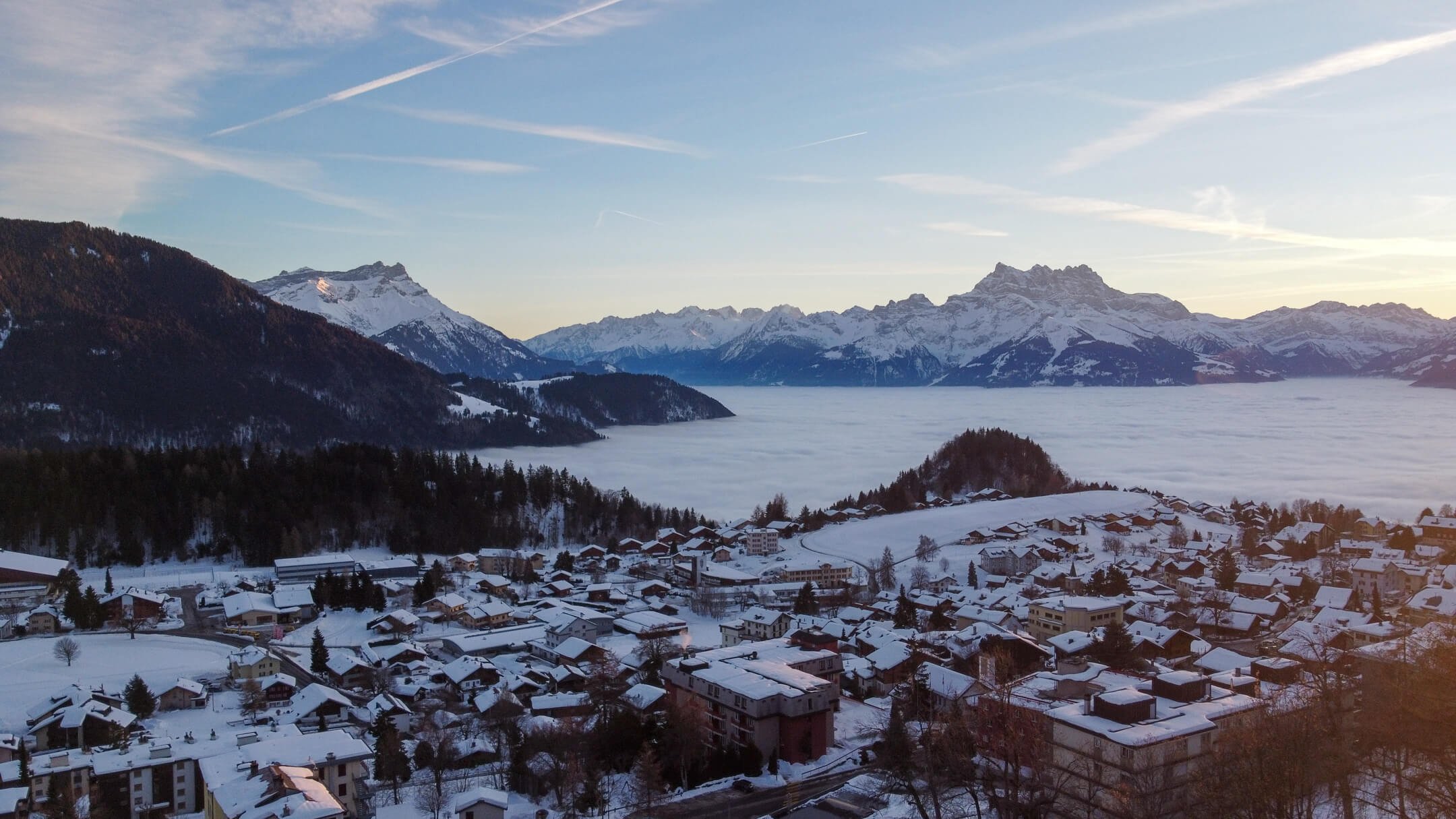

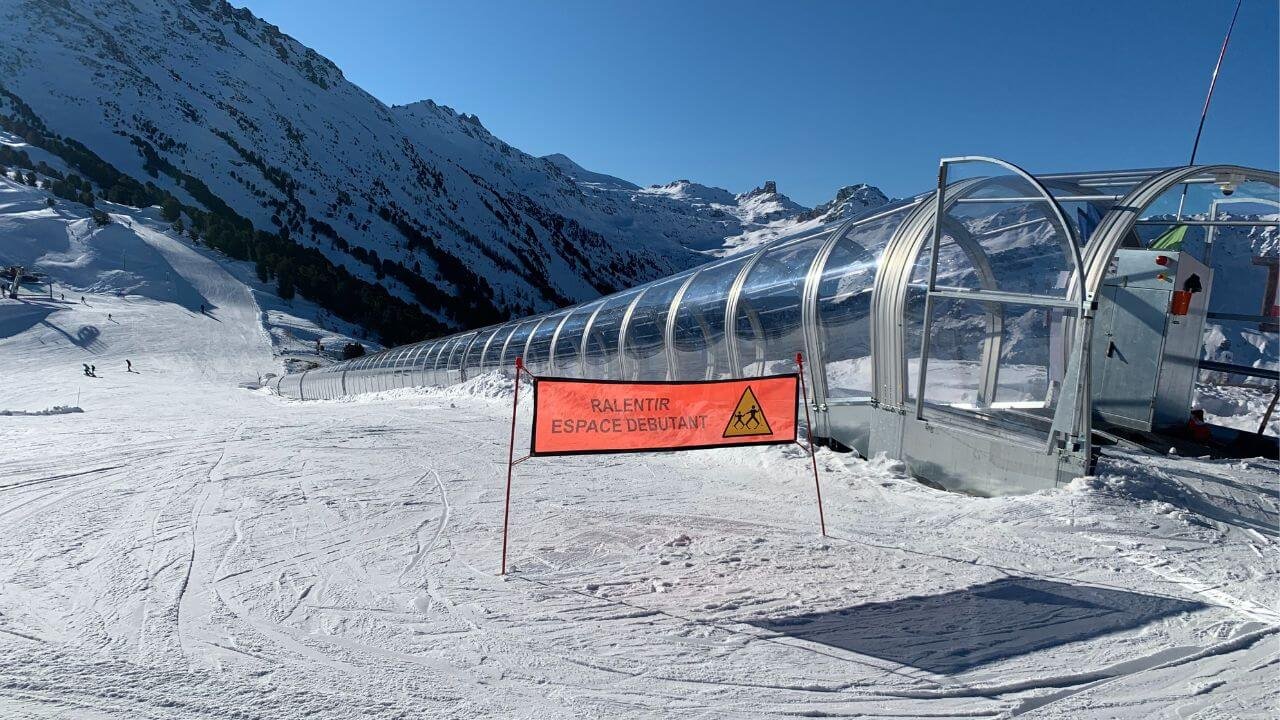

SWITZERLAND VIDEOS
FEATURED POSTS
A Guide To Snowboarding In Italy
Italy has become one of my favourite ski and snowboard destinations. For some reason lacking the popularity of neighbouring France and Switzerland, Italy offers world class facilities and extensive resort areas that can rival any European destination. All of this whilst being much more affordable than a visit across the border.
On a trip to Italy you will have a high chance of good weather, with my January 2020 visit to Ski Rama Dolomiti boasting six bluebird days out of seven. This is due to their location in the Southern Alps, ensuring that you can enjoy that slice of pizza on the sun deck! Expect stunning scenery and tall mountain peaks that combine with snow sure skiing at high altitude and on glaciers that ensure a long season.
With resorts bordering France, Switzerland and Austria you can find cultural influences from around Europe in Italy. An example of this is seen in Courmayeur, where it’s location and proximity to Chamonix in France, is reflected in the village architecture.
A ski or snowboard trip to Italy offers plenty of options, with resorts in the Alps, Dolomites, Aosta Valley and many more. You can even take a trip to Sicily to make turns on active volcano Mt Etna.
Visit Italy for the skiing and the beautiful scenery but return for the food and the people. In Italy you will be meet welcoming locals who are proud of their mountains and offer great hospitality.
The terrain in the Dolomites mainly suits intermediate skiers and snowboarders with the Ski Rama Dolomiti having an array of quality red and blue graded runs. Courmayeur in the Aosta Valley can offer more challenge and its location close to Chamonix offers the opportunity for a multi country trip.
TRAVELLING TO ITALIAN SKI RESORTS
Access to the Italian resorts is easy with plenty of airports well placed to connect into the mountains. Consider Turin, Milan, Bergamo, Venice or Trevisio. Regular transfers are run out of all airports to the major resorts across Italy. Self-drive is my favourite option however beware Italian drivers who can be inpatient on the mountain roads.
FREQUENTLY ASKED QUESTIONS
How many ski resorts are there in Italy?
There are 291 listed ski resorts in Italy divided amongst the Italian Alps and Italian Dolomites regions. Some of the most well known resorts in Italy are; Courmayeur in the Aosta Valley, Cervinia which allows access to glacier skiing in winter and summer, and Madonna Di Campiglio with beautiful scenery and incredible trails.
What is the highest ski resort in Italy?
If you are looking for guaranteed snow throughout the ski season you tend to head towards the highest resorts. The higher a resort is the longer it tends to keep its snow in a good standard. With some glacier skiing available, some high ski resorts can maintain snow throughout the summer so it is possible to ski year round. In Italy the resort that has the highest possible skiing is the combined area of Breuil-Cervinia and Valtournenche, although this is somewhat cheating. This ski area incorporates the Swiss resort of Zermatt and allows for skiing 365 days per year on the Matterhorn Glacier.
How much does it cost to ski in Italy?
Skiing in Italy can be more affordable than skiing in other European countries. You only need to look at some of the combined resort areas where skiing is possible across countries to illustrate this point. I have already mentioned the resort of Cervinia above that is linked on the same lift pass as Zermatt in Switzerland, well buying the same lift pass that covers both resorts is cheaper to purchase in Italy than at the Swiss resort, for the same product!! Additionally, you should find the general day to day costs of a ski trip to Italy more reasonable than at ski resorts in France or Switzerland. Consider spending €7 for a small plate of fries in France, vs spending a similar amount for a large pizza in Italy.
WHY SKI OR SNOWBOARD IN ITALY
There are a number of really good reasons to plan a ski or snowboard trip to Italy.
Similar to it’s neighbours in; France, Switzerland and Austria, Italy has some incredibly scenic mountains. The Dolomites are stunning and provide the perfect back drop for your day on the snow.
The proximity of some Italian ski resorts to the borders of France and Switzerland mean that it is possible to ski across two countries in the same day.
Skiing in Italy represents incredible value for money especially when compared to those mountains across the border in France. You will be able to save on nearly every aspect of your holiday with accommodation and food noticeably more affordable in Italy.
Great facilities and world class ski resorts. Whether it is the lift infrastructure or the snow-making Italian ski resorts tend to have facilities that are on par with major European resorts.
ITALIAN SKI RESORT SNOW RECORD
Italy tends to be a reliable option when it comes to snow sure ski holidays. There are plenty of options to ski above 2000m which is a good guide for retaining snow. Cervinia has access to the glacier at Zermatt and Passo Tonale has access to the Presena Glacier.
MULTI RESORT PASSES
The Skirama Dolomiti is included for 7 days of skiing on the Epic pass. A lift pass to the Skirama Dolomiti covers 8 resorts, 380km of pistes and 150 ski lifts! Skirama Dolomiti is home to some great resorts like; Madonna di Campiglio, Pejo and Ponte di Legno.
DOLOMITI SUPERSKI
Similarly Dolomiti Superski is included on the IKON pass with similar restrictions. A lift pass for the Dolomiti Superski area covers the 12 Resorts and 1200km of pistes. Look out for Cortina d’Ampezzo, Val Gardena and Alta Badia as resorts to check out.
AOSTA VALLEY
The Aosta Valley has a beautiful setting amongst some of the finest mountains in Europe. Mont Blanc and The Matterhorn are both visible from the ski resorts of Vallee d’Aosta. With international skiing possible between Italy and France in La Thuile, and Italy and Switzerland in Cervinia, Aosta has a lot to offer. The Aosta Valley also includes the resort of Courmayeur which has some great off-piste and is known across the world.
VIA LATTEA
The Via Lattea pass includes 7 resorts split between Italy and France. The area close to Turin played host to the Winter Olympics in 2006. Sauze d’Oulx and Sestriere are probably the best know resorts on this pass.
THE ITALIAN SKI SEASON
It is possible to have lift assisted skiing 365 days a year in Italy but the main season runs alongside other European resorts. The peak periods are as you would expect in the school holidays so if you can visit outside of these times you will save money and have a better experience. You can normally be lucky towards the end of Jan start of Feb if you are wanting uncontested powder turns.
RESORT REVIEWS
ITALY GALLERY
ITALY VIDEOS
SIMILAR POSTS
FEATURED POSTS
Resort Review: Raw riding in Fernie, BC
Picking the transfer bus from Calgary and driving through The Great Plains eagerly awaiting to see the first mini peaks and the start of ‘the rockies’. I’m thinking I can’t wait to get to bed and get going in a resort I have shared a few happy weeks in previous years. Back, with more snowboarding experience under my belt I couldn’t wait to come back and tackle the ‘raw’ terrain that Fernie had to offer…
Glades for day! Fernie is a powder-lovers dream
Located on the ‘powder highway’ and known for it’s excessive snowfall or the ‘Fernie Factor’, it’s a place that is on the list of many powder hounds. The snow is dry, or classic ‘interior BC’ powder and the terrain is rough and ready. Small town charm, friendly locals, what’s not to like?
FIRST IMPRESSIONS
Fernie is a classic rocky mountains working town, separate to the ski hill. If you are staying in Downtown Fernie, expect to get a shuttle or better known as the “FernieStoke Shuttle” to the hill. Limited accommodation is located at the hill. Upon arrival at the base (at 600m), you’ll notice Fernie Alpine Resort is towered over by a gigantic headwall - very prone to avalanches with ski patrol constantly doing analysis and bombing to keep it safe, but aesthetically adding to the drama and impressiveness of the terrain. Under the headwall is five skiable bowls and lift access to Polar Peak (at 2100m) Best place to start is Lizard Bowl. Some great mix of groomed and easy going glades.
The Downtown Fernie Charm with an impressive backdrop
FERNIE SKI AREA
With the five skiable bowls there’s plenty of variety. You’ll find that the majority of technical and steep runs occur on the Polar Peak - true alpine conditions, no trees and considerable exposure, it can sometimes be closed. However, get the chance to go up there on a clear day and you will not be disappointed. Options to take the blue that winds down the face to the left which intersects with a few blacks, or off to the right of the Polar Peak you’ll have the challange of a few double blacks.
The grading here leans towards difficult and with a bit of wind can make the runs hard packed and icy. But right conditions will be mind-blowing with good turn after good turn. This is where you get the vert!
For the more adventurous type the resort has some great inbounds hikes leading to some great glades and tree runs, try Snake Ridge in Cedar bowl (far right on a trail map) which will be a 10 minute easy bootpack. Can be steep in places and sometimes go into a compression at the bottom (I’m a fallen victim of this compression) Whatever route you take down you’ll be picked up by a cat track leading to the Haul Back T-Bar.
Fernie’s dramatic headwall from the base
Morning Glory is one tick off if you are first to it on a dump day. Bewarned it can get tracked out quickly. Alternatively on the rare occasion the headwall hike, Face Lift is open is definitely something to be experienced. It’s a 20-30 minute bootpack With avi conditions very volatile on the headwall, it’s seldomly open.
The glades of Fernie, choose tight trees or spaced out
Fernie has a terrain park made up of rails and boxes. No kickers here, however lets face it, we’re not in Fernie for the parks. There’s plenty of side hits and natural terrain to keep the practising freestyler happy too.
What I love about Fernie…
The raw, real Canadian feel, the amazing snowfall, terrain variety, buzzing town with great food spots and bars. I would even consider it uncrowded, even at weekends when the city dwellers of Calgary come down.
What I dislike about Fernie…
Hard to say really, if I’m being picky there is not much in terms of groomers to please the leisurely skier although everywhere is accessible by a groomed run. Check the grooming report at the base.
The Face Lift bootlick with Fernie in the Distance
FERNIE GALLERY
Travel to resort
Nearest international airport is Calgary and there are shuttle buses that run daily to Fernie and back. Cranbrook is a notable close town with a domestic airport.
Hidden Gems
A traverse left across the top Currie Bowl from the Whitepass Chair will bring you to Corner Pocket, a double black run involving an abseil down the other side into Lizard Bowl. Once down, you can take the run down or traverse out as much as you please to score the goods. The abseil and traverse puts a lot of people off and you can get many a good turn.
For really decent Japanese try Yamagoya Sushi. Soft Shell Crab with a cold Asahi is the one at the end of a great day.
Accommodation
I stayed at the Red Tree Lodge in Downtown. Really friendly staff and team and the bus stops right outside. 10 - 15 minute walk into the town and supermarket.
I would recommend this place for…
Powder lovers who want to ride different terrain every day.
White Pass into Timber Bowl, with an inversion
Thanks to Kate for sharing this post. If you want to learn more about Kate go give her a follow.
A Guide To Snowboarding In Canada
Snowboarding in Canada has everything from wild mountain ranges to small local ski hills. British Columbia offers opportunities to ride some thigh burning terrain in some of the best powder conditions on the planet! Head across the border into Alberta and you will find colder temps and longer seasons set amongst the incredible back drop of the Rockies. Further East Ontario plays host to Blue Mountain the playground of Toronto and Quebec has the charming resort of Mont Tremblant. Whatever you are searching for, Canada has you covered with; amazing scenery, friendly hospitality and insane snowfall that combine for an epic ski trip.
Photo Credit @ameliasp8
Snowboarding in Canada is world renowned with many international guests heading back year on year. Why? Well it could be the beautiful mountain landscapes or the world class facilities at major Canadian ski resorts. Maybe it is the tree skiing that seems endless amongst the numerous towering evergreens. For me, it boils down to the friendly and welcoming atmosphere created by locals and the quiet resorts away from the crowds. Snowboarding in Canada can be glitz and glam but it doesn’t have to be. There are plenty of resorts where with the insane amounts of snowfall is beggars belief that there are no lift lines!
CANADIAN SKI RESORTS IN BC
British Columbia is home to some of Canada’s best in resort and backcountry skiing and of course Canada’s largest ski resort Whistler Blackcomb. Whistler is Canadas most popular resort with more guests than any other mountain. The terrain at Whistler has it all and Whistler’s proximity to Vancouver is a leading factor in what makes Whistler ski resort so popular.
Known for the Powder Highway, interior BC is home to some serious freeride resorts; Kicking Horse, Panorama, Revelstoke, Red Mountain, Fernie and Whitewater. The only thing more legendary than the terrain at these resorts is the snow record. The snowfall in this area of BC is a major contributor to why there are so many successful cat-skiing and heli-skiing operators. The most famous of which is probably Baldface Lodge, host to the Supernatural snowboard competition.
Big White, Sun Peaks, Silverstar and Kimberley ski resorts make up the remainder of BC’s offering. These resorts, although less extreme than the other mentioned should not be overlooked. There is great terrain at each of these resorts, especially if you love tree skiing.
Photo Credit @themcny
CANADIAN ALBERTA SKI RESORTS
If you can brave the colder temperatures a trip into Alberta will not disappoint. The most popular resorts in Alberta are situated in the town of Banff and form the Ski Big 3. Sunshine Village, Lake Louise and Mt Norquay all offer something a little different. Norquay is often spoken of as a first day of your holiday ski resort, go to Norquay to rediscover your ski legs. Lake Louise is probably the most scenic ski resort in Canada. A modern ski area with fantastic facilities, Lake Louise is situated a 45minute drive outside of Banff. Mostly an intermediate mountain you may wish to head to Sunshine Village to get your thrills. The final offering of the Ski Big 3 in Banff is Sunshine Village. Sunshine is home to Delerium Dive, a dedicated off-piste area with steeps and drops.
Leaving Banff and heading along the Icefields Parkway, one of the worlds most scenic drives, you will come across Marmot Basin. A bit of a secret and weekend playground for the people of Edmonton. If you hit Marmot ski resort during the week it is likely that you will have the lifts to yourself. Castle Mountain is another ski resort in Alberta worth considering visiting. Castle Mountain is home to an inbounds cat skiing operation.
View from Marmot Basin
CANADIAN ONTARIO AND QUEBEC SKI RESORTS
Similar to the East Coast of the USA, Canada’s East Coast is home to ski resorts for the brave. Cold conditions and less snowfall mean that it’s easy to forget about the resorts of Ontario and Quebec. Mont Tremblant and Blue Mountain have good reputations but it is hard to justify heading to the East Coast with what is on offer out West. If you were to venture East Mont Tremblant ski resort is unique with its bright buildings, Quebecoise architecture cobbled walkways. The village at Mt Tremblant does put everything within easy reach and proves popular amongst East-Coasters.
FREQUENTLY ASKED QUESTIONS
WHEN CAN YOU SNOWBOARD IN CANADA?
The majority of Canadian ski areas run their winter operations between November through to April. Some resorts like Marmot Basin in Alberta have longer seasons into May. Most years it is possible to ski on the glacier at Whistler Blackcomb through the summer in June and July!
WHAT IS THE BEST SNOWBOARDING RESORT IN CANADA?
Very much an opinion orientated question but here it goes. Whistler is consistently voted as being the best resort in Canada. I can see why with its facilities and terrain, but with that you also get expense and lift queues. Canada is privileged in that it has a number of incredible ski resorts without the reputation that Whistler has. For me, this potentially leads to a better resort experience.
HOW MUCH DOES IT COST TO SNOWBOARD IN CANADA?
Very much a variable answer depending on where you ski but lets take a simplified look at lift tickets. If you take the daily lift ticket price at the following popular Canadian ski resorts and average the prices the cost of a days skiing in Canada is CAD$104.67
Big White ( CAD$89), Blue Mountain ( CAD$63). Fernie ( CAD$134), Kicking Horse ( CAD$124), Red Mountain ( CAD$118), Sun Peaks ( CAD$105), Whitewater ( CAD$99.75)
CANADA SKI RESORT SNOW RECORD
Canadian ski areas get copious amounts of snow throughout the winter season. The Powder highway resorts of Whitewater, Revelstoke and Fernie receive an average of over 9m of snow each! Much more than this the powder that falls in this area is dry and fluffy meaning every flake should be savoured. On the coast of BC, Whistler receives the most snow with over 10m of average snowfall. Being on the coast, the snow can occasionally be heavy. In contrast Mont Tremblant on the East Coast receives just under 4m of average snowfall per winter.
WHY SNOWBOARD IN CANADA
Well if those snow record statistics didn’t entice you into a Canadian ski trip I am not sure what else will. For me a trip to Canada is all about the laid back resort towns, no lift lines and fantastic tree skiing.
MULTI RESORT PASSES CANADA
Unless you have been buried under a rock for the past few years, you will have heard of both the Ikon and the Epic Pass. There is some debate over whether these season passes are a good or bad thing for the ski industry in North America.
From a selfish standpoint I used the Epic pass for a season that allowed me to ski in the US, Japan, Europe and i’d planned a Australia trip (before Covid curtailed that idea). That is well… pretty Epic. To be able to ski across a number of resorts in different countries and continents is a unique. The Epic and Ikon are great for being able to access a number of resorts at what I deem to be a pretty reasonable price.
Sadly, these passes also come with a large downside. Crowds. The Epic and Ikon passes have encouraged more people to purchase season passes and have raised the profile of a number of resorts. The increased profile and accessibility has led to crowds, especially at peak holiday periods or weekends.
Although many locals view Epic or Ikon as a negative, potentially bringing more crowds to the resort, these passes have also led to a huge effort to increase the quality of infrastructure. Many resorts on the passes have received upgrades to their lift system and lodges which leads to a greater overall experience.
There are a number of other combined ski passes in North America such as the Mountain Collective or Indy Pass. These tend to offer a few days skiing or snowboarding across their member resorts.
In Canada you can receive unlimited skiing or snowboard at Whistler (EPIC PASS) and Blue Mountain/MT Tremblant (IKON PASS) but other lift pass privileges are restricted to limited days.
Epic Pass allows limited access to the following Canadian ski resorts; Fernie, Kicking Horse, Kimberley, Mont Sainte Anne, Nakiska, and Stoneham.
Ikon Pass allows limited access to the following Canadian ski resorts; Revelstoke, Red Mountain Resort, and Cypress Mountain.
THE CANADIAN SKI SEASON
The ski season in the Canada runs very similar to the operating durations in Europe. Most Canadian ski resorts operate between November and April with limited operations in May. Summer operations in Canada are restricted to the glacier at Whistler Blackcomber ski resort, BC.
RESORT REVIEWS
CANADA GALLERY
CANADA VIDEOS
COST OF A CANADIAN SNOWBOARD TRIP
From a European perspective a snowboard trip to Canada makes more financial sense than a trip to the USA.In terms of flight prices you will find similar deals to the major international airports. Once in country a lot of the expenses are similar but Canadian ski resorts tend to have cheaper lift tickets than their American counterparts. The difference between a day ticket at Sun Peaks and Killington equates to £23 per day, now that is money you could be spending in the bar!
CARE TO SHARE?
A Guide To Snowboarding In the USA
America is a powerhouse in the ski and snowboard community and this reflected in its people. On the East Coast, you have a hardened bunch of locals passionate enough to #skitheeast although it doesn’t always offer the rewards. On the West Coast you have the lucky Californians who have it all, 12m of snowfall a season at Kirkwood, masses of terrain at Heavenly, Squaw Valley and Mammoth, a freestyle heaven at Northstar and views that take your breathe away when the cold doesn’t. The USA can be considered amongst the greatest places to ski on earth and is the birthplace of snowboarding, whats to complain about!
Getting to the USA may take longer for us Europeans, and depending on where you ski, you could pay a premium for lift passes. Despite the cost of lift passes in America I wouldn’t rule out an American ski adventure. There are ways to get value for your buck whilst skiing in America and you wont regret the outlay.
My first ever ski trip was to the US and Killington ski resort in the Vermont mountains. East Coast skiing offers a number of advantages over a trip out west. The mountains in Vermont and Maine can offer the full package at resorts like; Okamo, Stowe and Killington or you can opt for a more local feel at the family resorts of Jay Peak and Smugglers’ Notch. The East Coast resorts are known for beautiful pistes lined with trees but sometimes also known for their icy conditions. Skiing and snowboarding on the East Coast is possible from November into June with Killington offering the longest season. Although it is worth noting, that this involves largely one run remaining open on Killington late into the season. That run does happen to be Superstar my first ever Black diamond run. Another bonus to East Coast ski trips is the shorter flight time from Europe. The shorter flight time combined with cheaper flights is certainly a big pull for skiers from this side of the pond.
When it comes to skiing and snowboarding in America there is one image that sticks in my mind, Corbet’s Couloir. Although I have not been fortunate to ski Corbet’s yet, this iconic line at Jackson Hole, Wyoming, is reflective of some of the possible gnarly runs possible in the USA. Jackson Hole is not alone and there are plenty of resorts with terrain that is certain to make your heart skip a beat.
Although always popular, the last few years Colorado’s incredible terrain and reliable snow conditions have been showcased by Youtubers such as Jonathan Buckhouse and TJ from BoardArchive. Colorado is home to the world famous and slightly controversial Vail resort, which is now infamous for introducing the Epic Pass (more info to follow) and the resort of Breckenridge. Breckenridge is the resort where Ryan Knapton can be found tearing up the groomers and this is a showcase of how great the pisted terrain is at Breckenridge.
Away from Colorado you have Utah whose ski resorts of A*** and Snowbird receive some of the best snow on the continent. It is just a shame that A*** and other Utah resort D*** V***** wont let snowboarders access their slopes, lame. With that off my chest it’s important to remember that Utah is still home to the USA’s largest ski area in Park City and the incredible landscape of Brain Head.
In 2020 I was lucky enough to visit California and the resorts of Heavenly, Kirkwood and Northstar. We all know what happened to the 2020 ski season, but those early turns on the West coast were enough to sustain my lust for snow for the rest of winter. California is an incredible destination for a US ski trip with some of the best resorts in the country. Heavenly, situated in South Lake Tahoe, is a resort that spans two states. The California side has some great tree skiing, two terrain parks and one of the best views I have ever seen at a ski resort. Across the state line in Nevada, Heavenly offers a different perspective across the Nevada desert and some superb cruisey blues. Nevada is also home to Mott Canyon which I think would excite even the most hardened skiers and snowboarders. Tahoe is an exciting place to be with Squaw Valley, Sierra at Tahoe, Northstar, and Kirkwood all within driving distance of each other.
American ski trips are more than just the time you spend on show with resorts putting on a range of Apres ski activities. Using Tahoe as an example there are; casinos, snowmobile tours, ice-rink, cinema, and some great restaurants to keep you occupied after your day on snow. This should illustrate the quality of facilities on offer at American ski resorts with many being purpose built resorts with everything within walking distance of the accommodation.
Unlike European resorts, American ski resorts can be spread out with the need to drive to get your provisions but if you want everything on your doorstep this is also a possibility. The ski towns normally have a great selection of restaurants and bars, most of which will offer good deals on certain days or happy hours. It’s worth planning out where you want to eat on which day like this as it is likely to save you money.
The largest downside to a trip stateside is the abhorrent prices of lift tickets. Day passes are extortionate and America can be an expensive place to ski if only taking a one-week trip. Your best option is to make use of the multi-resort season pass options that have become quite controversial in the states. Epic and Ikon are the two major options of multi-resort ski passes with the Epic also offering some great options to ski in Europe and the Southern Hemisphere. In 2020, I used my Epic Pass to ski at the resorts of Ski Rama Dolomiti, Italy, The 3 Vallees, France and Heavenly, Kirkwood and Northstar in the US. For me this represented great value, but if you can only get a one week trip every year then the USA may be an expensive option for lift passes.
FREQUENTLY ASKED QUESTIONS
Where can you ski year round in the USA?
In Europe there are a number of ski resorts that are open for year round operation, sadly in the US this is not the case. The sole 365 ski resort in the US is Timberline Lodge at Mt Hood in Oregon. The Timberline lodge ski area is open throughout the summer months and offers some freestyle focussed terrain on the Palmer Glacier.
What is the largest ski resort in USA?
Utah is home to the largest ski resort in the USA with Park City taking the title. Park City ski area outside of Salt Lake City offers 250km of pistes between an elevation of 2080m-3049m. The masses of terrain at Park City is serviced by 39 chairlifts. Park City is great for intermediates with 152km of the trails being graded for intermediate level riders.
What is the most expensive ski resort in the USA?
Completely at the opposite end of how I like to ski this question asks for the most expensive ski resort in the USA. I am just grateful that the answer is D*** V***** which I have no intention of heading to due to their stance on snowboarders. It is reported that guests spend over $500 per night for a room in a 3* hotel at D*** V*****.
Which State in the USA has the most ski resorts?
In total, there are around 476 operating ski resorts in the USA which open across 37 different states. The state with the most ski resorts is New York which has 51 resorts. The following states only have 1 ski resort; Alabama, Maryland, Rhode Island and Tennessee.
WHY SKI OR SNOWBOARD IN THE USA
There are many reasons to choose the USA for your next ski or snowboard trip. The US is home to a large number of ski resorts that can be considered amongst the best in the world. The profile of resorts like Vail, Killington, Heavenly and Jackson Hole ensure that America is firmly on the map.
The USA offers a huge amount of choice and flexibility in terms of a ski vacation. There are huge resorts, in terms of terrain, with Park City in Utah being the largest. The USA is also home to a number of unique smaller resorts like Mt Bohemia which have a cult following.
It is possible to ski year round in the USA, with resorts like Mt Hood open for summer skiing and snowboarding and Mammoth in California open for a longer season.
USA SKI RESORT SNOW RECORD
If you are looking for guaranteed powder days then a ski trip to the USA could be just what the powder Dr ordered. Utah is home to number of ski resorts that regularly receive over 12m of annual snowfall! That is Japan kind of crazy snowfall.
Sadly, although it has a cult following skiing the East Coast of the US offers less reward in terms of snowfall. There are some incredible East Coast ski resorts but this side of the US is more renowned for ice then powder days.
MULTI RESORT PASSES USA
Unless you have been buried under a rock for the past few years, you will have heard of both the Ikon and the Epic Pass. There is some debate over whether these season passes are a good or bad thing for the ski industry in America.
From a selfish standpoint I used the Epic pass for a season that allowed me to ski in the US, Japan, Europe and i’d planned a Australia trip (before Covid curtailed that idea). That is well… pretty Epic. To be able to ski across a number of resorts in different countries and continents is a unique. The Epic and Ikon are great for being able to access a number of resorts at what I deem to be a pretty reasonable price.
Sadly, these passes also come with a large downside. Crowds. The Epic and Ikon passes have encouraged more people to purchase season passes and have raised the profile of a number of resorts. The increased profile and accessibility has led to crowds, especially at peak holiday periods or weekends.
Although many locals view Epic or Ikon as a negative, potentially bringing more crowds to the resort, these passes have also led to a huge effort to increase the quality of infrastructure. Many resorts on the passes have received upgrades to their lift system and lodges which leads to a greater overall experience.
There are a number of other combined ski passes in America such as the Mountain Collective or Indy Pass. These tend to offer a few days skiing or snowboarding across their member resorts.
THE US SKI SEASON
The ski season in the USA is pretty long with a number of resorts having extended seasons. It is not uncommon for US ski resorts to open in November and to have their closing weekend towards the end of April. A number of ski resorts in the USA have extended seasons that can run into June or July. Mammoth in California in particular being one of the last to close.
In addition to the long ski season in the USA, it is possible to ski throughout the summer. Oregan is home to Timberline which sells itself as the only year-round ski resort in North America. Timberline is popular with freestyle camps with a good terrain park set up. Another great summer ski or snowboard trip option is Beartooth Basin, Montana. Beartooth Basin is strange as it actually isn’t open during the winter months. This summer only ski resort only opens once the snow has been cleared from the access roads in May. Think of Beartooth Basin as small but steep summer skiing.
RESORT REVIEWS
USA GALLERY
USA VIDEOS
NORTHSTAR
HEAVENLY
KIRKWOOD
COST OF A USA SNOWBOARD TRIP
The cost of skiing and snowboarding in the USA is a complicated issue. From a European perspective a ski trip to the USA can seem very costly. In fact, out of the snowboarding I have completed across South America, Europe, Asia, Australasia and North America, US ski trips hurt the wallet the most. Even when compared to their nearest neighbour Canada a US ski trip is costly.
The main difference in price can be found in the lift tickets. Lift tickets in the USA can seem extortionate with some of the larger resorts charging hundreds of $ for a day pass. Purchasing an Epic or Ikon pass will significantly reduce these costs.
One positive of a US ski trip in terms of cost is your dining costs. I found that in South Lake Tahoe I was able to eat out for a reasonable price and still have a decent quality of meal. Similarly, having an Apres ski drink will set you back less in the US then it would in Europe.
PIN IT
Verbier Ski Resort Review
SWITZERLAND IS RENOWNED FOR WORLD-CLASS SKI RESORTS, BUT VERBIER AND THE 4 VALLEES COULD BE THE GEM IN SWITZERLAND’S CROWN. WITH AN INCREDIBLE 410KM OF PISTES THE 4 VALLEES IS THE LARGEST COMBINED SKI AREA IN SWITZERLAND. HOST TO THE FREERIDE WORLD TOUR AND WITH SNOWBOARDERS LIKE XAVIER DE LA RUE OFTEN FOUND ON ITS SLOPES, VERBIER IS A BIG MOUNTAIN DESTINATION WITH DIVERSE TERRAIN.
Photo @seabas
VERBIER FIRST IMPRESSIONS
Walking up to the gondola there is a large screen advertising the Freeride World Tour, this is an indication of the terrain on offer at Verbier. Home to a number of professional skiers and snowboarders, Verbier is a kind of pilgrimage for freeride skiers and snowboarders looking to explore the high Swiss Alps. Taking the initial ride on the gondola and assessing the slopes from this vantage point you soon realise that Verbier is vast and its going to take a long time to explore.
Easy to access due to its proximity to Geneva, Verbier attracts a mixed crowd. Close enough for the weekend warriors from Geneva, lavish enough for the high-end market attracting a certain class of clientele but renowned enough to attract the ski bum in hunt of some awesome terrain.
VERBIER SKI AREA
The ski area of Verbier is the premier ski resort in the 4 Vallées combined ski area. Linking the ski resorts of La Tzoumaz, Nendaz, Versonnaz, and Thyon with Verbier and Bruson, the area covers 410km of pistes. This makes the ski domain of the 4 Vallées the largest in Switzerland and one of the largest in the world.
Verbier Piste Map
Where Can I Ski-In Verbier?
Having 410km accessible from one lift pass is pretty special but it’s the range of terrain that makes the 4 Vallées stand out. Beginners will feel at home in the Les Esserts area where access to a button lift and two magic carpets can help them find their feet. I really enjoyed the terrain park, which even had an airbag to practice those inverted tricks! That being said a trip to Verbier wouldn’t be a trip to Verbier without completing some itinerary runs (marked yellow on the map) as an introduction to the incredible off-piste. If you want to venture further, there is plenty of scope for some serious freeride runs with a number of guiding operations available to show you the area.
It’s worth noting that when it snows competition for first tracks in Verbier can be substantial so be prepared to get out early to make the most of it. If fighting crowds isn’t for you then head to Bruson. During my visit, we were able to lap tree runs here all day without competition. This may have changed due to the instalment of a new gondola.
Verbier For Experienced Skiers and Snowboarders
Verbier’s terrain is expansive and varied and is European big mountain skiing at its best. If you are an experienced skier or snowboarder you should aim to explore the itineraries. Itineraries are a cross between piste and off-piste skiing. The ski patrol will control these areas for avalanche hazards and mark them with piste poles, but that is the extent of their role. These runs are left unpisted for the whole season, forming natural terrain that varies depending on the conditions and time in the season. This means, after fresh snowfall the itineraries are a great place to explore and grab your fresh tracks. If you are in search of large moguls, the itineraries are fantastic for these as well. Just wait until a few days after fresh snow and you will have your mogul field to enjoy to your knees discontent.
The terrain park in Verbier is pretty good, although queues on the lifts can become frustrating. The terrain park shares chairlifts with the beginner terrain and this can cause a hold-up. When it’s quieter there are plenty of features to keep most freestyle snowboarders or skiers happy.
My favourite area whilst in Verbier was over in Bruson. I visited before the gondola was installed so now it is easier to access. Bruson was great for avoiding the crowds but more importantly, a pretty decent amount of tree-skiing can be found here.
Verbier for Intermeditate Skiers and Snowboarders
Intermediates will want to get exploring and make the most of their trip to Verbier and the 4 Vallees but before you head out aimlessly, be prepared and confident riding a Poma lift. The 4 Vallees area has a number of long drag lifts to contend with but they can be avoided. Staying in Verbier, you will have access to a number of chairlifts, gondolas, and a funicular so moving around the mountain shouldn’t pose a problem. The area of Verbier has lots of nice blues and red pistes to enjoy and the terrain park should offer a further challenge. A popular area is the red runs of the Attelas chair. Verbier even has a speed run so you can clock your top speed!
Is Verbier good for Beginners?
I wouldn’t class Verbier as a beginner’s resort and it is not a resort I would recommend to my friends for this purpose. That being said it doesn’t mean it is not for beginners. There are some nice beginner slopes and you will find a number of good local ski schools in Verbier. I would argue that Verbier lacks a good progression from the entry-level slopes to a nice blue run but that’s not to say you couldn’t learn to ski in Verbier.
Is Verbier Snow Sure?
Verbier has a high altitude with skiing possible to 3300m meaning its higher slopes offer a long season with good snow conditions. The lower slopes get a lot of sun during the late season which can make conditions slushy. The resort of Verbier does a great job of supplementing its natural snowfall with snow guns to ensure quality skiing conditions throughout the season.
4 Vallées Piste Map
VERBIER & 4 VALLEES LIFT PASSES
As with most combined ski area resorts, it is possible to purchase a local pass for Verbier or a 4 Vallees area ski pass. Depending on your ability level and duration of your stay I would recommend getting the 4 Vallees pass. By buying a 4 Vallees ski pass you will be able to explore further the resorts of; La Tzoumas, Veyzonnaz, Nendaz, and Thyon. Lift pass prices across Verbier and the 4 Vallees differ depending on peak and off-peak season with Christmas and February half-term holidays a little pricier.
How Much Is a Verbier Lift Pass?
Day Pass Adult 75CHF, Child or Senior 64CHF peak season.
6 Day Pass Adult 366CHF, Child or Senior 311CHF peak season.
SEASON DATES
Verbier opens for the season around the last weekend of November and runs lifts until April 26th. Some areas of the resort will not open until later with the popular tree skiing area Bruson opening around mid-December.
TRAVEL TO VERBIER
Where Is Verbier?
Verbier is in the Canton of Valais in the southwest of Switzerland. This area of Switzerland speaks French although German and sometimes Italian is spoken locally. English is well spoken in the region also.
How To Get To Verbier?
Due to Verbier’s proximity to Geneva, there are plenty of affordable transfer options available. With regular flights into Geneva, airport transport should be the most affordable aspect of any trip to Verbier. The transfer time is around 2 hours from Geneva and although transfers can also be provided from Zurich and Basel, these are both longer transfers.
The adventurous may wish to take advantage of the efficient railway service Switzerland offers. You can take the train straight from Geneva Airport to Le Chable, where you can take the gondola or bus to Verbier village. The train from Geneva to Verbier is great for a number of reasons. Firstly, the environmental impact will be less if you travel by train and this is equalled by the stunning views you will witness along the way. Another great reason to take the train is that you will not be restricted in terms of luggage meaning you can carry that heavy board bag without extra charges.
Self-drive is an option but ensure your accommodation offers parking as this can be an expensive add-on. There is no real need to have a car in Verbier as the village is well suited to foot travel, even in pesky ski boots. Driving to Verbier is around 9 hours after you have reached Calais, this can put a lot of people off the journey, however, self-drive can be a great way to cut costs with friends. If you are going to be driving to Verbier be aware that toll roads are expensive in Europe and you will need to pay charges in both France and Switzerland. If you plan to drive, ensure you have bought a pack to equip your car for European driving and have snow chains.
How Far Is Verbier From Geneva
Verbier is around 100miles away from Geneva airport.
VERBIER PROS
Verbier is a great resort for families
Verbier and the 4 Vallées is a large ski area with plenty of variety of pistes suiting all abilities
The linked area offers opportunities to explore and a week’s holiday can be split around the various resorts.
The itineraries are a great intro to off-piste skiing in a safer environment.
Verbier has a great village for restaurants and bars and this is a draw to a lot of visitors.
VERBIER CONS
Some resort links can be cumbersome with long button lifts or T-bars.
Verbier lift cues can get frustrating during peak periods.
Weekend warriors from Geneva are common and this can mean the main Gondola can take some time to clear.
Verbier is an expensive resort to visit especially if eating out in the village or on the mountain.
VERBIER ACCOMMODATION
Luckily for me on my trips to Verbier I was staying with friends. Besides from this, affordable Verbier options are few and far between. Aim to stay outside of Verbier and use the connecting ski lifts to access the terrain. By taking the Gondola from Les Chable you can save some £££, Nendaz, and La Tzoumaz would be other great options.
The Luxury Chalet Company have a huge selection of luxury chalets in Verbier and have been sending clients there for years
If staying in Verbier is non-negotiable then opt to stay within walking distance of the lifts. You will want to be in the lines early, especially during peak weeks as the queues can be substantial. If you are staying in a chalet they will likely provide a local shuttle bus to get between your Verbier accommodation and the lifts.
VERBIER APRES
Verbier is much more lively than the average Swiss ski resort and you will want to start early by heading to Pub Mont Fort near the gondola. There is a happy hour at Pub Mont Fort so get the drinks whilst they are cheap! If you want to make the most of Après you will also want to explore the delights of Farinet for live bands before moving onto one of Verbier’s nightclubs. People visit Verbier not just for skiing but for the incredible nightlife so be sure to put at least one night of your trip aside to dance the night away.
Verbier is not cheap so be prepared to pay for your Apres activities. A domestic beer would cost you around 7CHF whereas a meal for two people could cost around 85CHF.
FINAL THOUGHTS
To really appreciate Verbier you should feel comfortable skiing or snowboarding off-piste. Yes, there are areas for beginners but there are certainly better resorts to learn in. Take a trip to the top of Mont Gele where you will find incredible views and ungroomed runs all the way back down.



